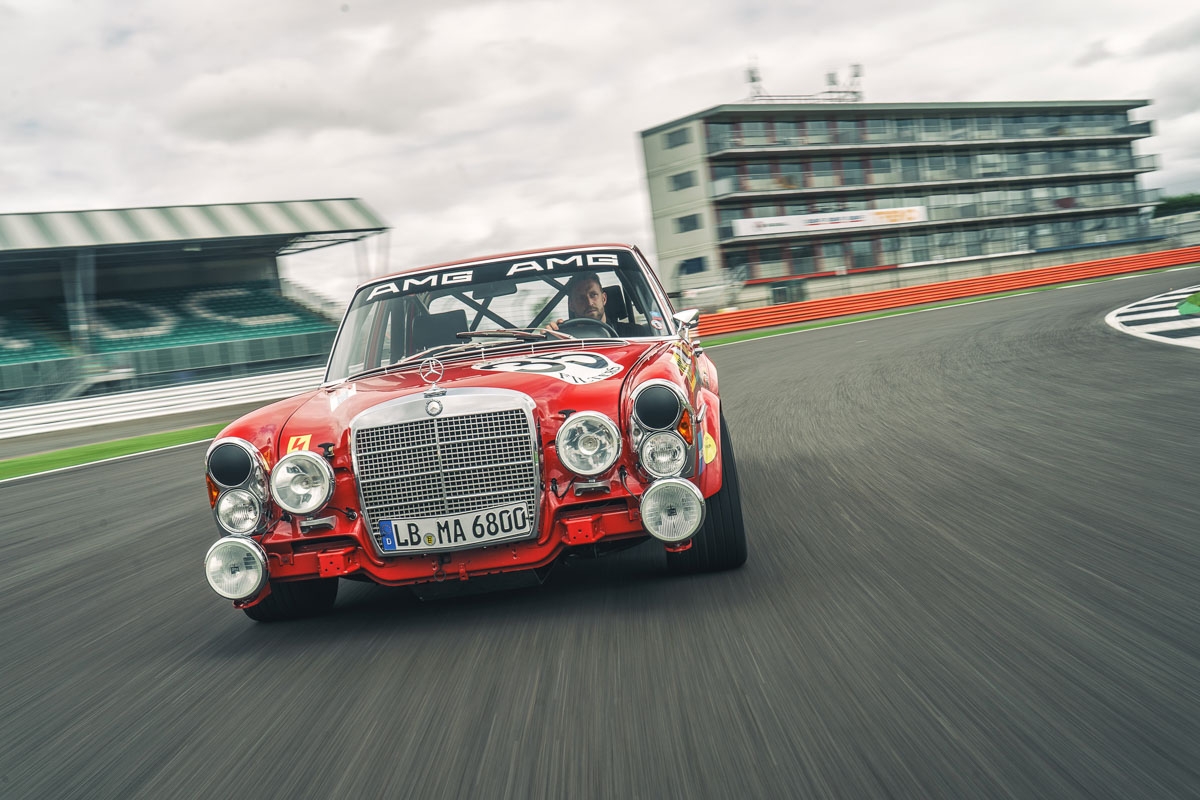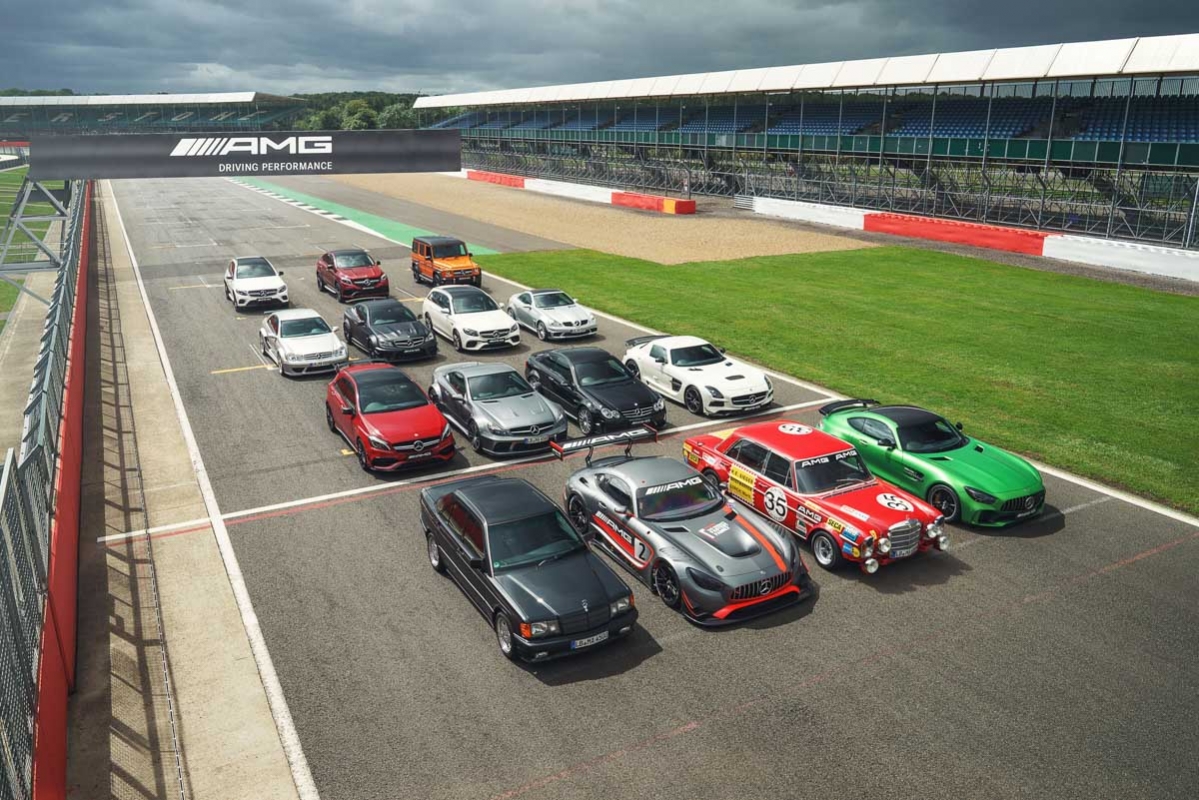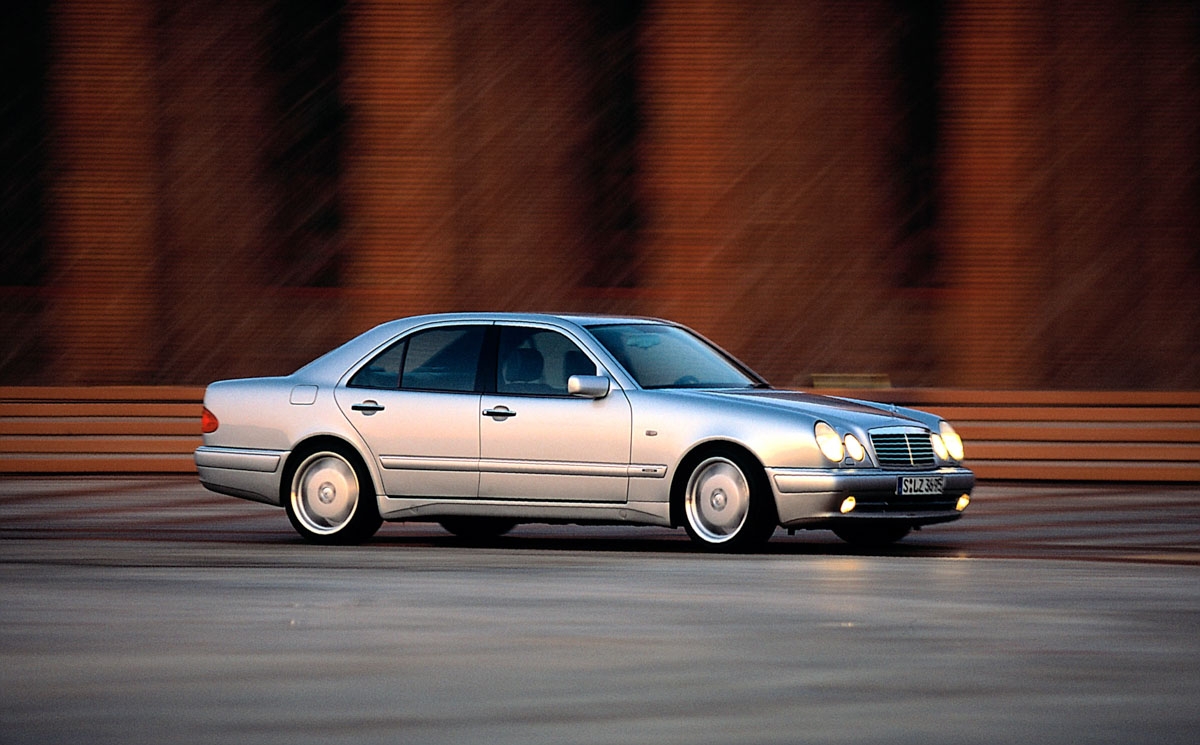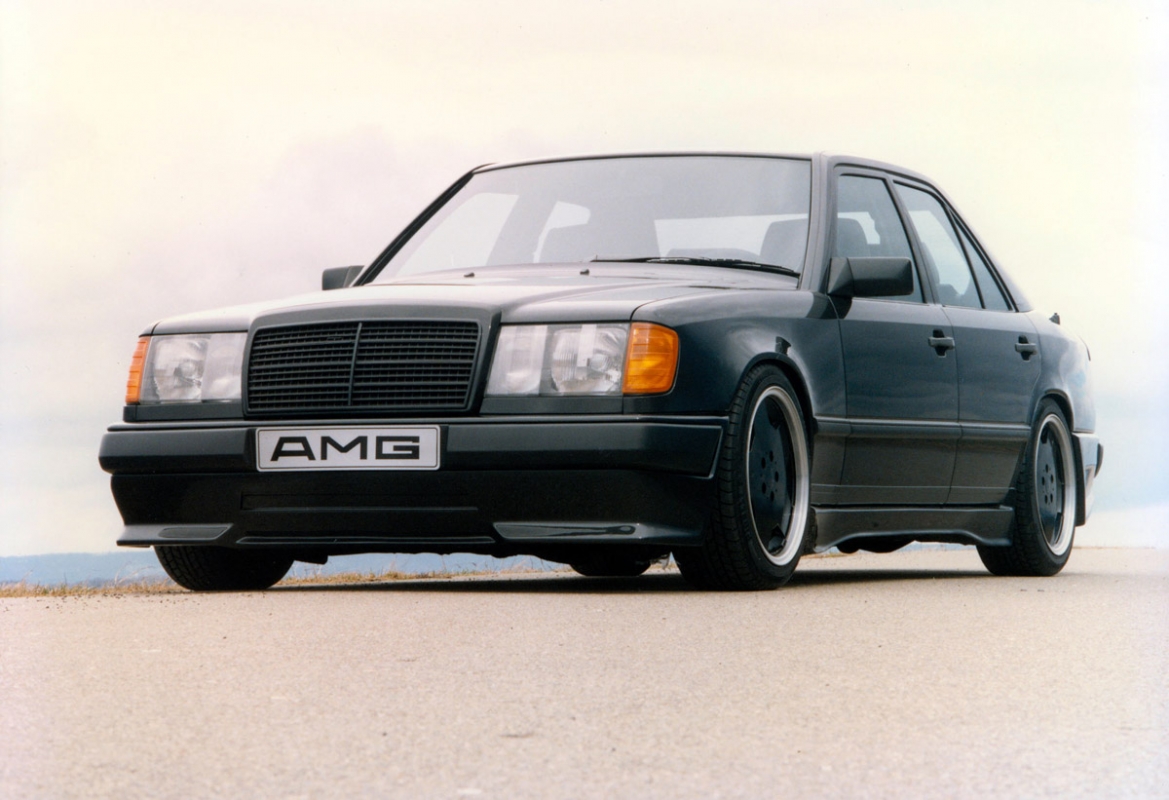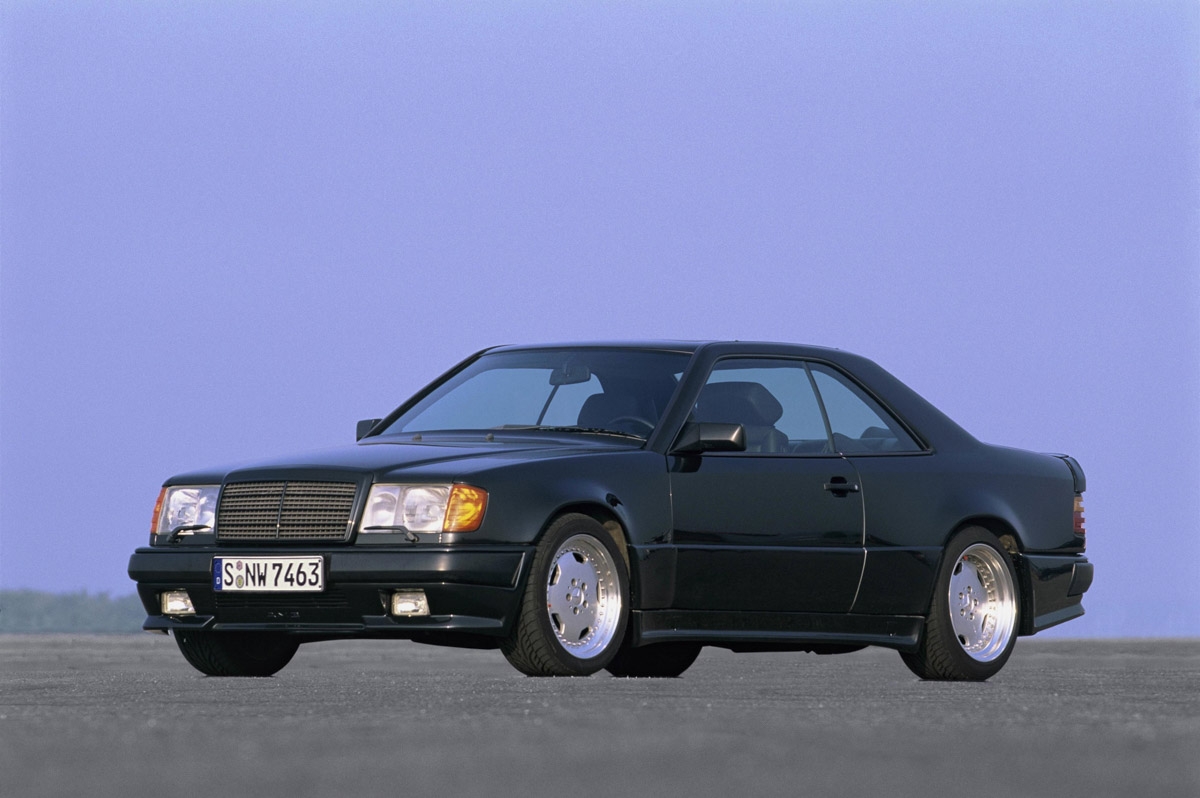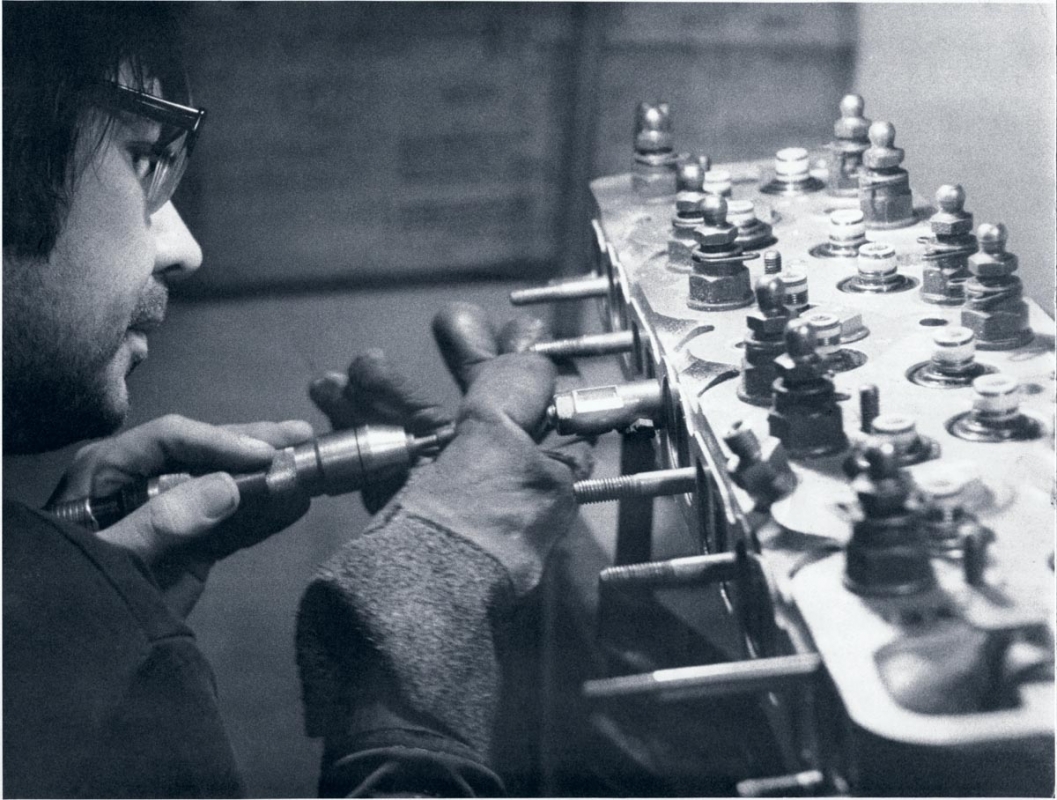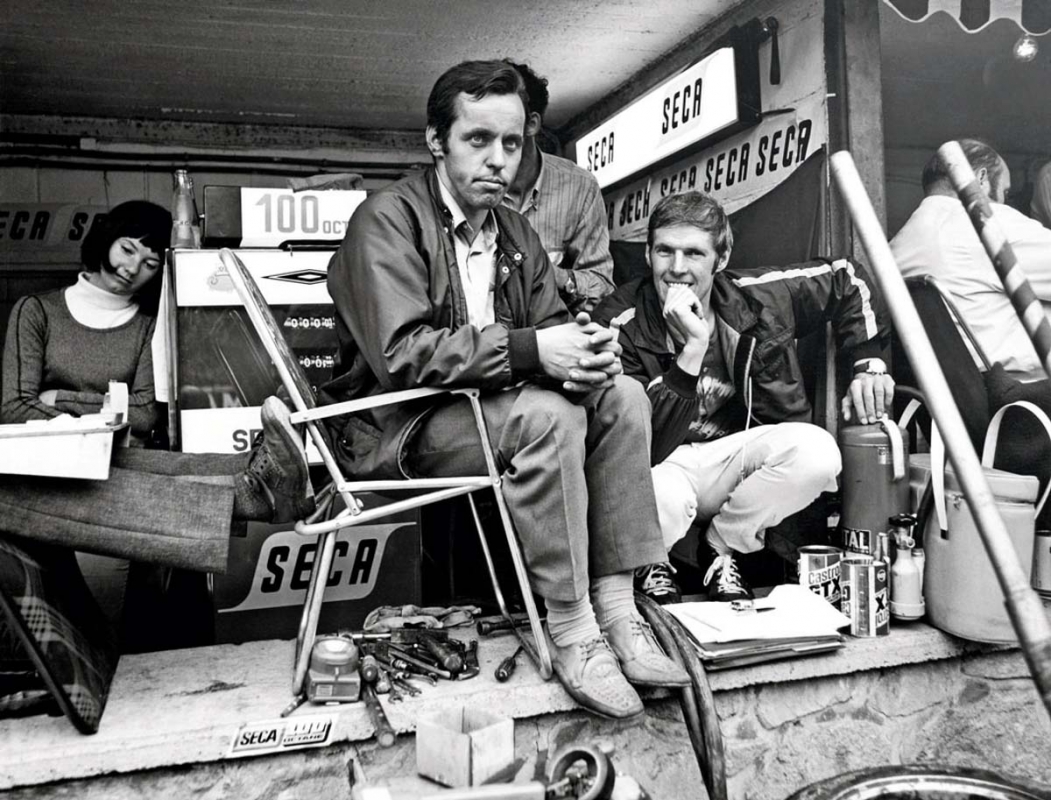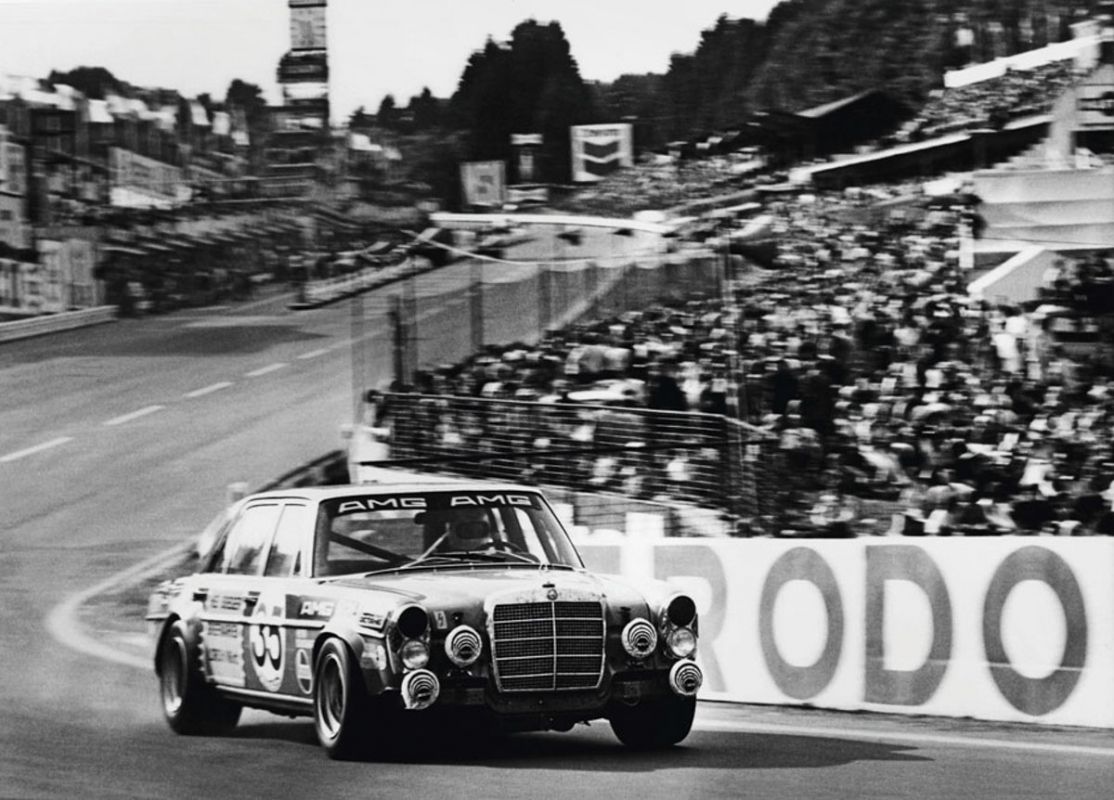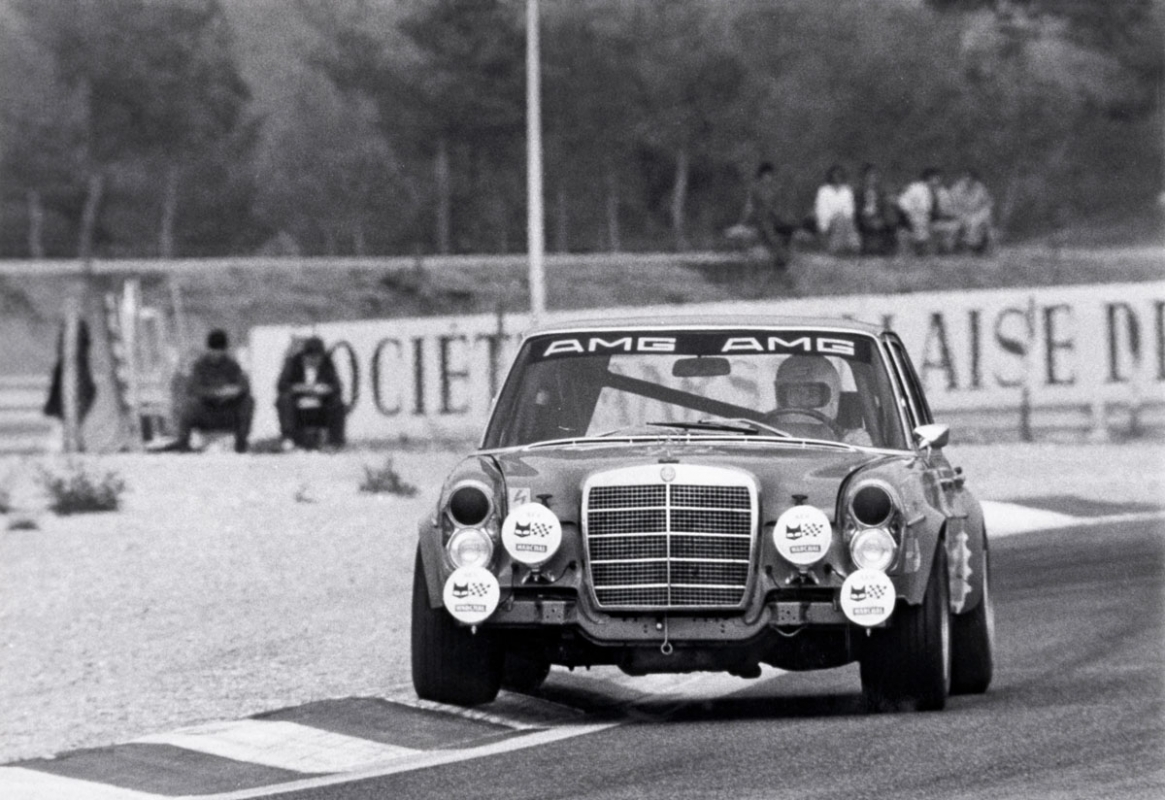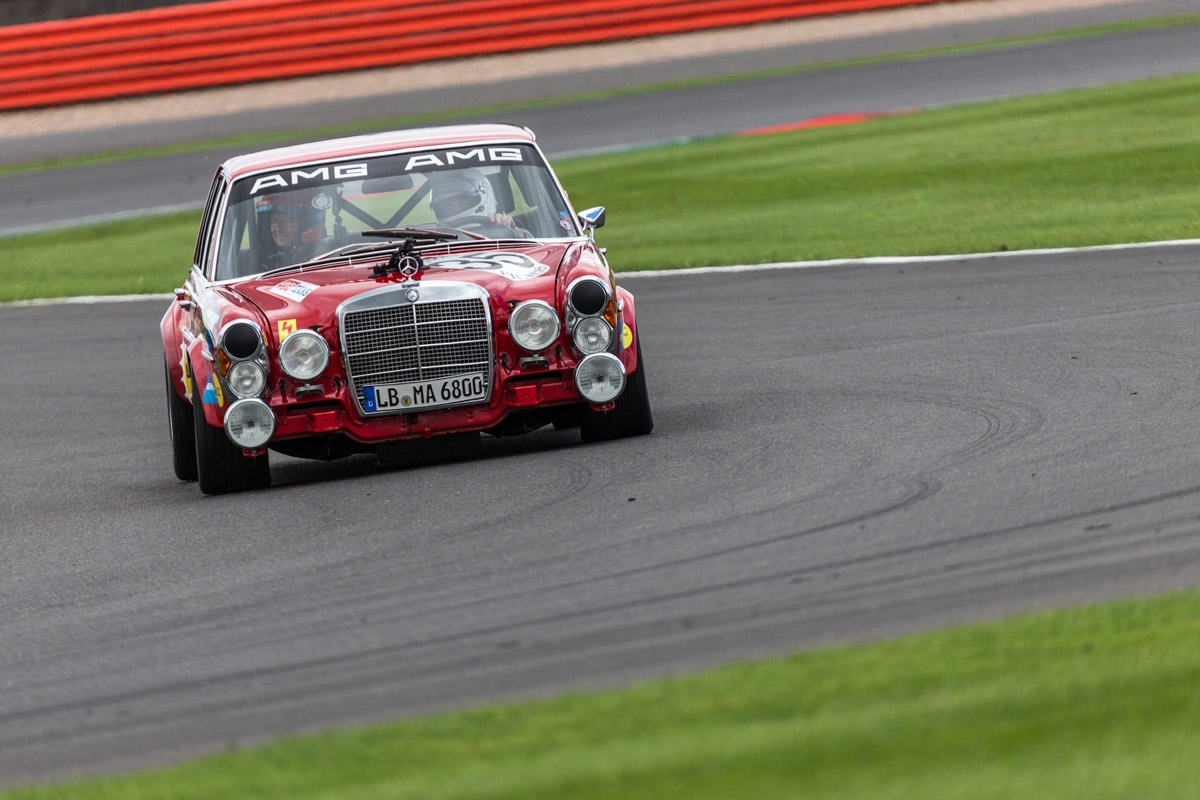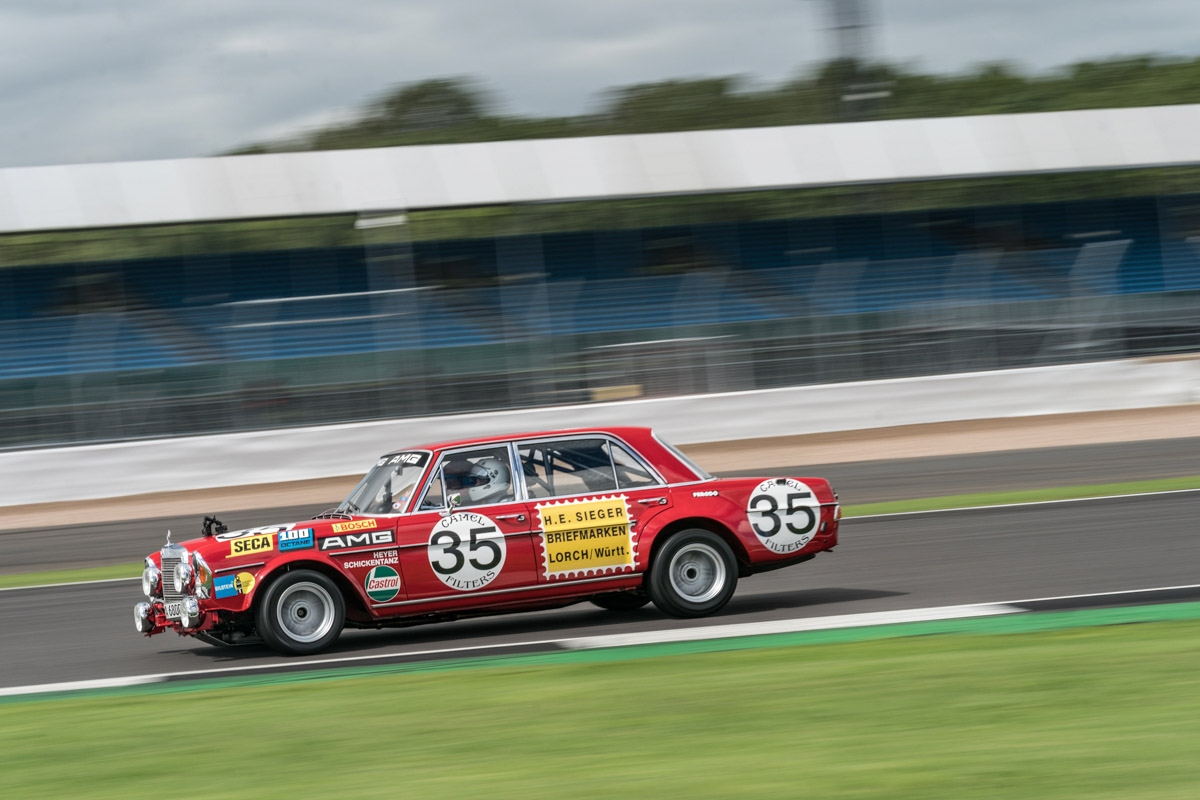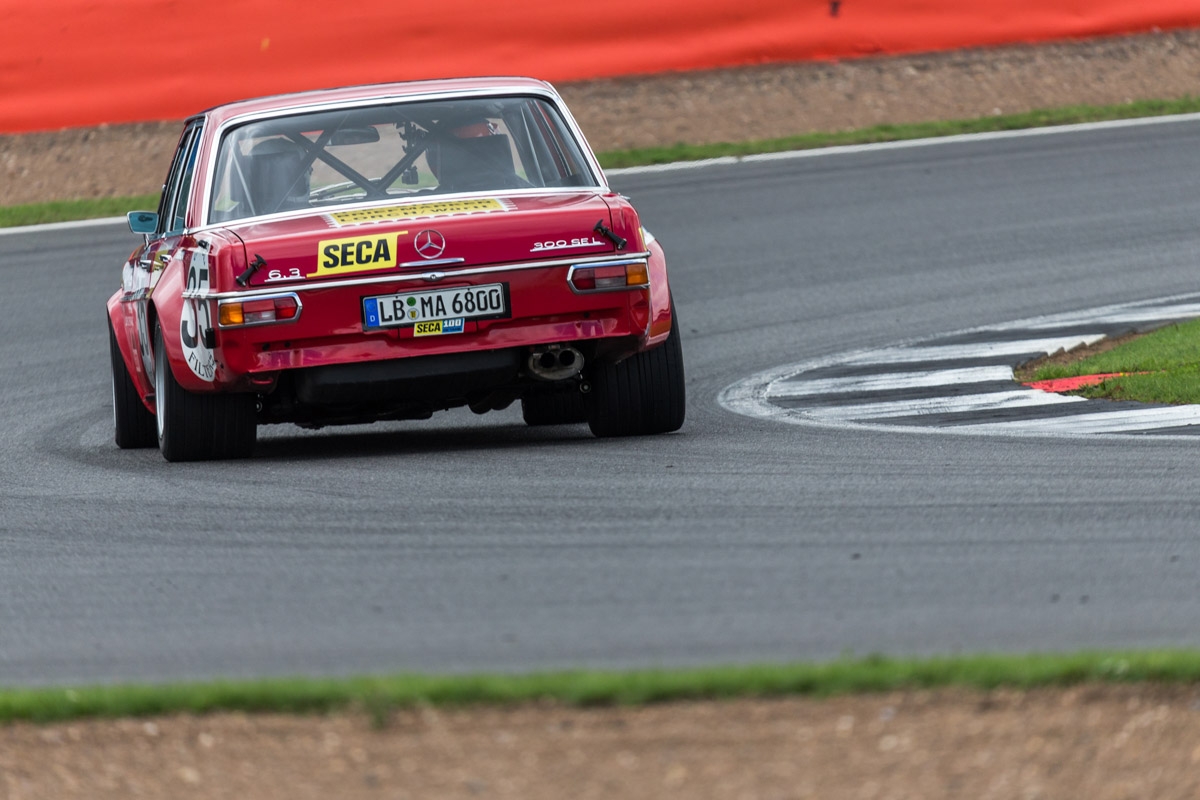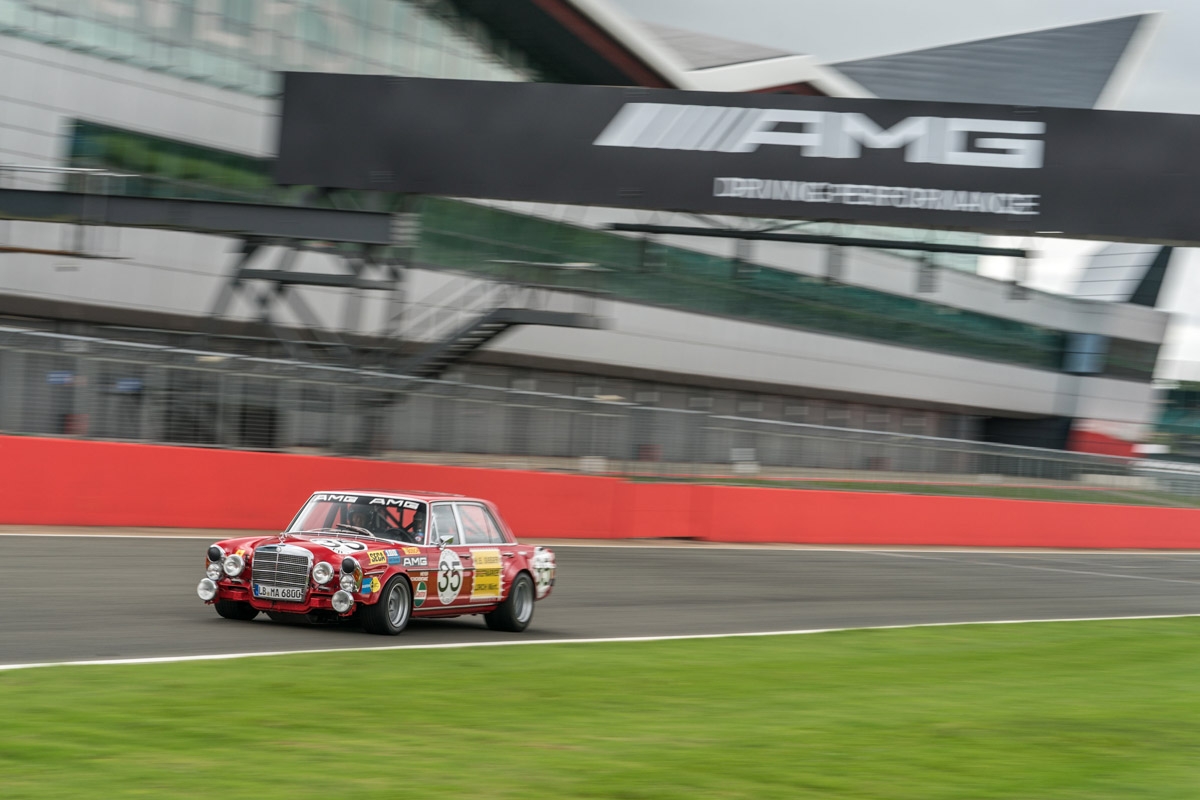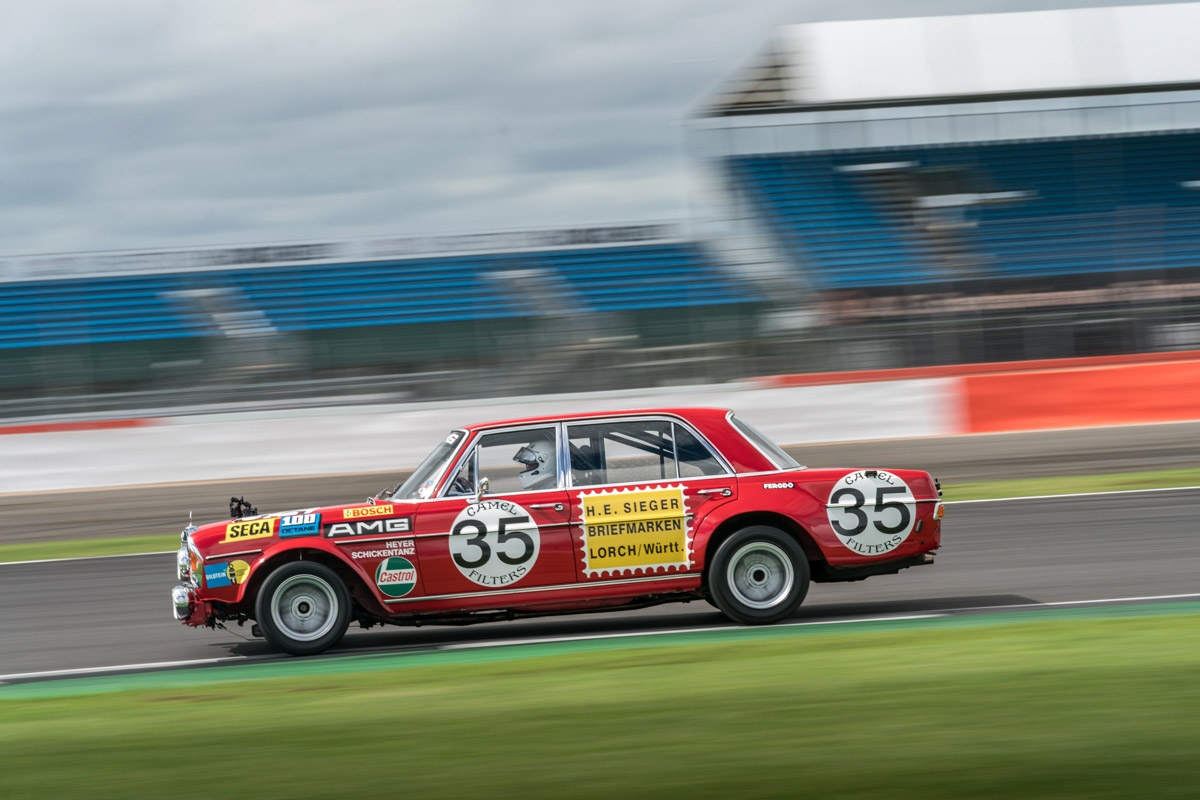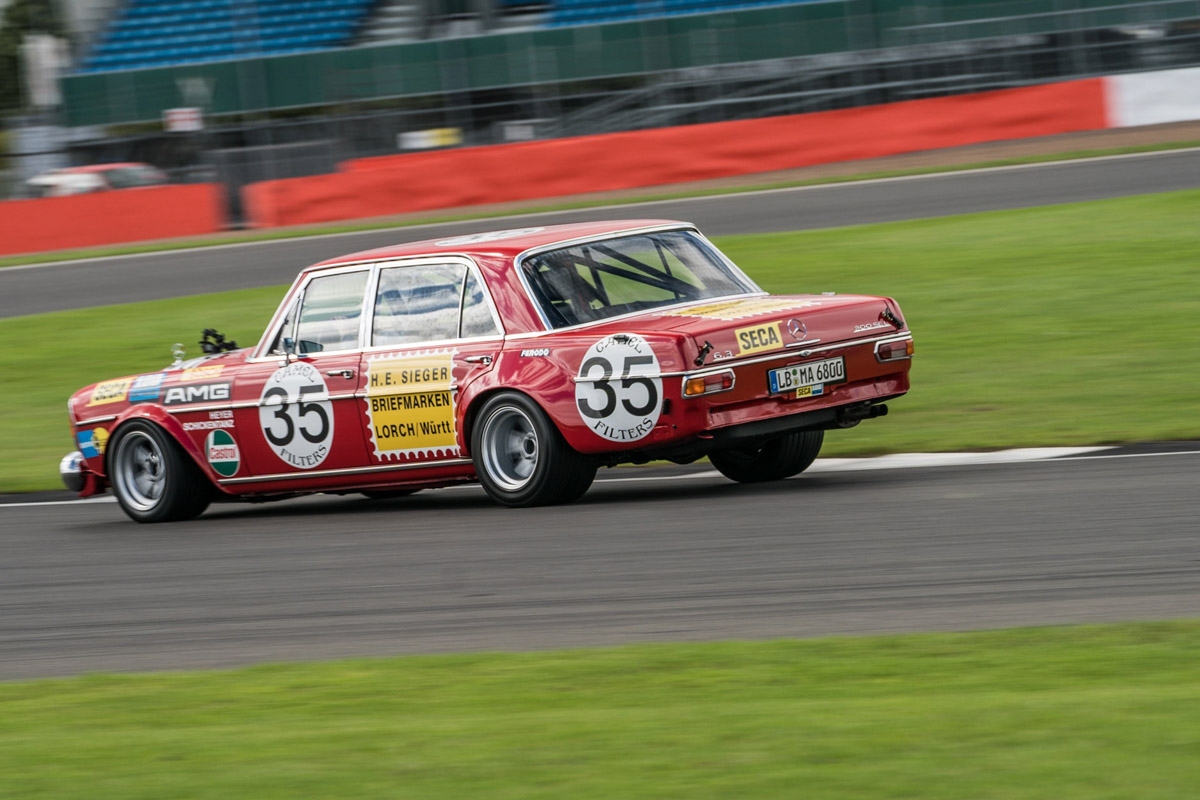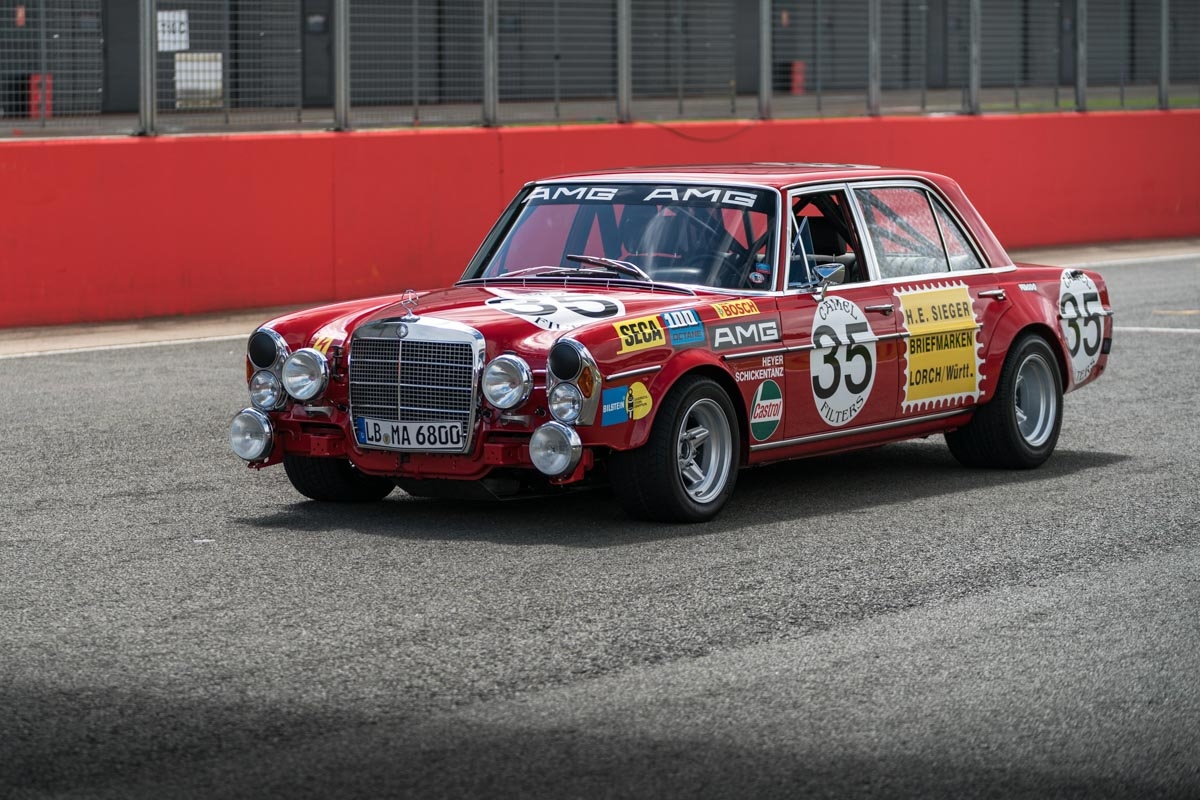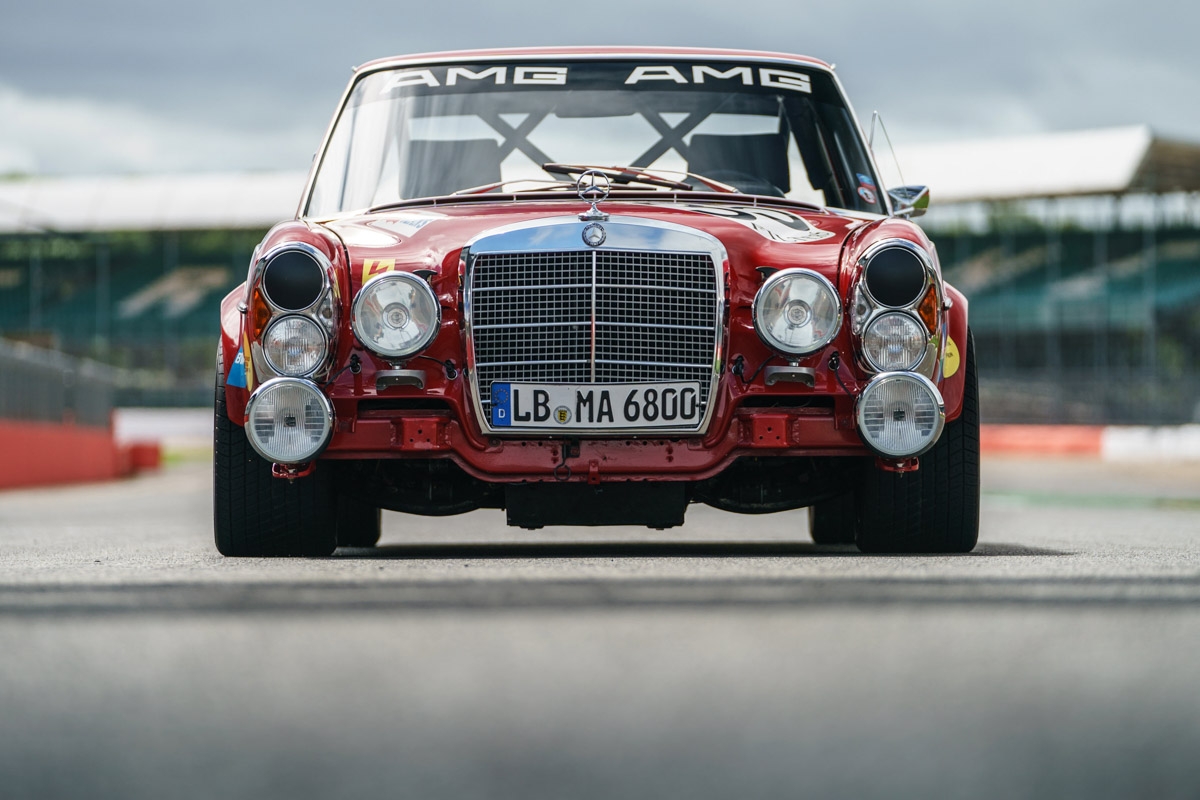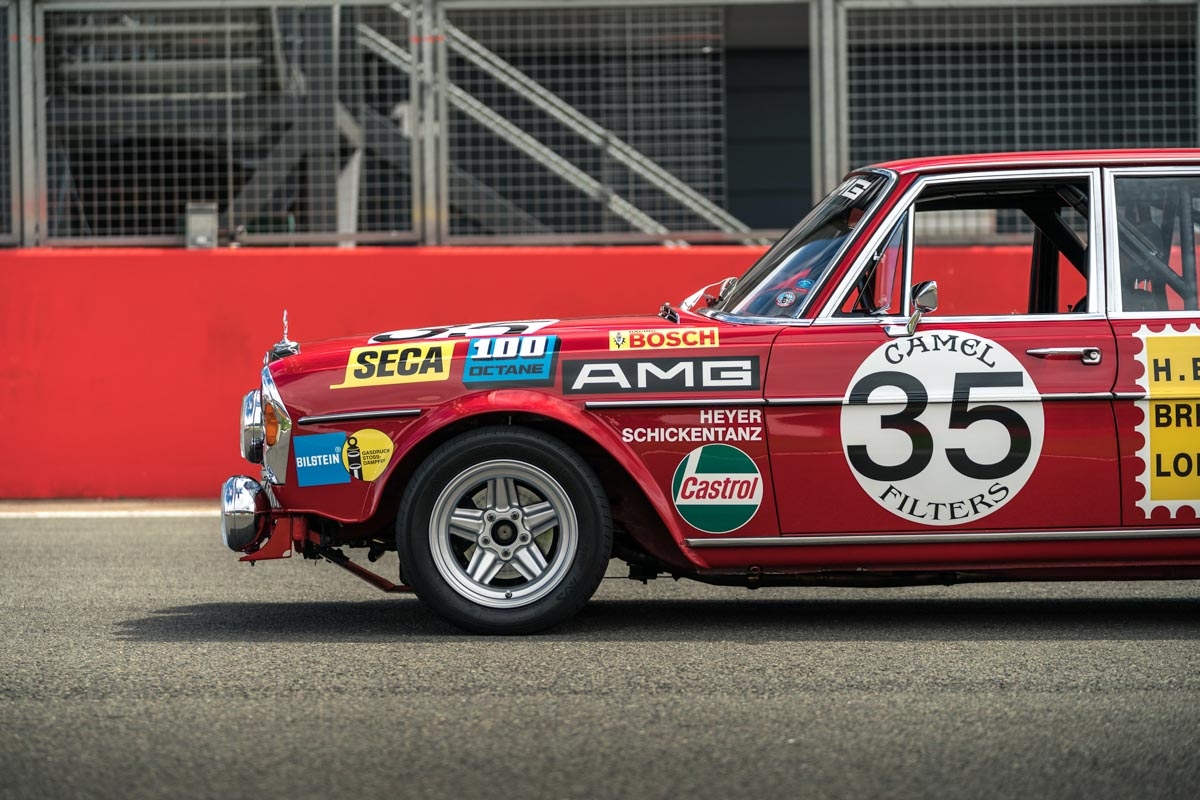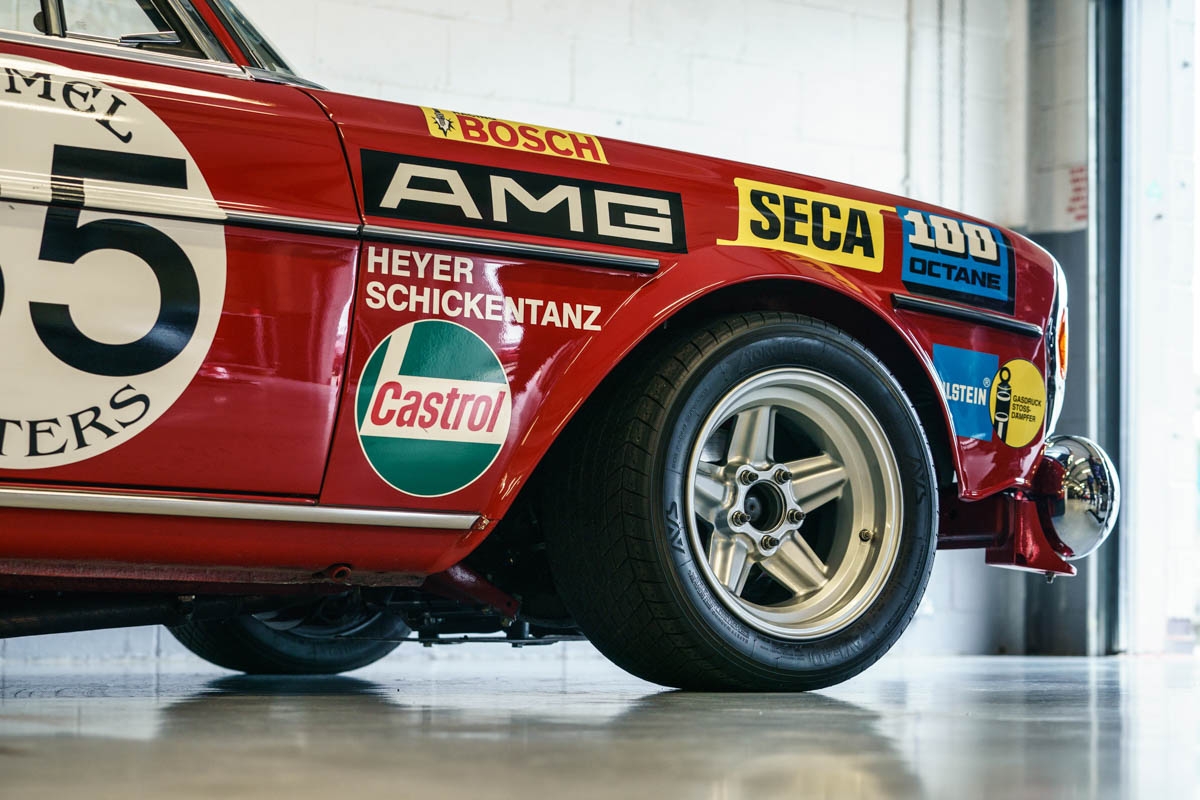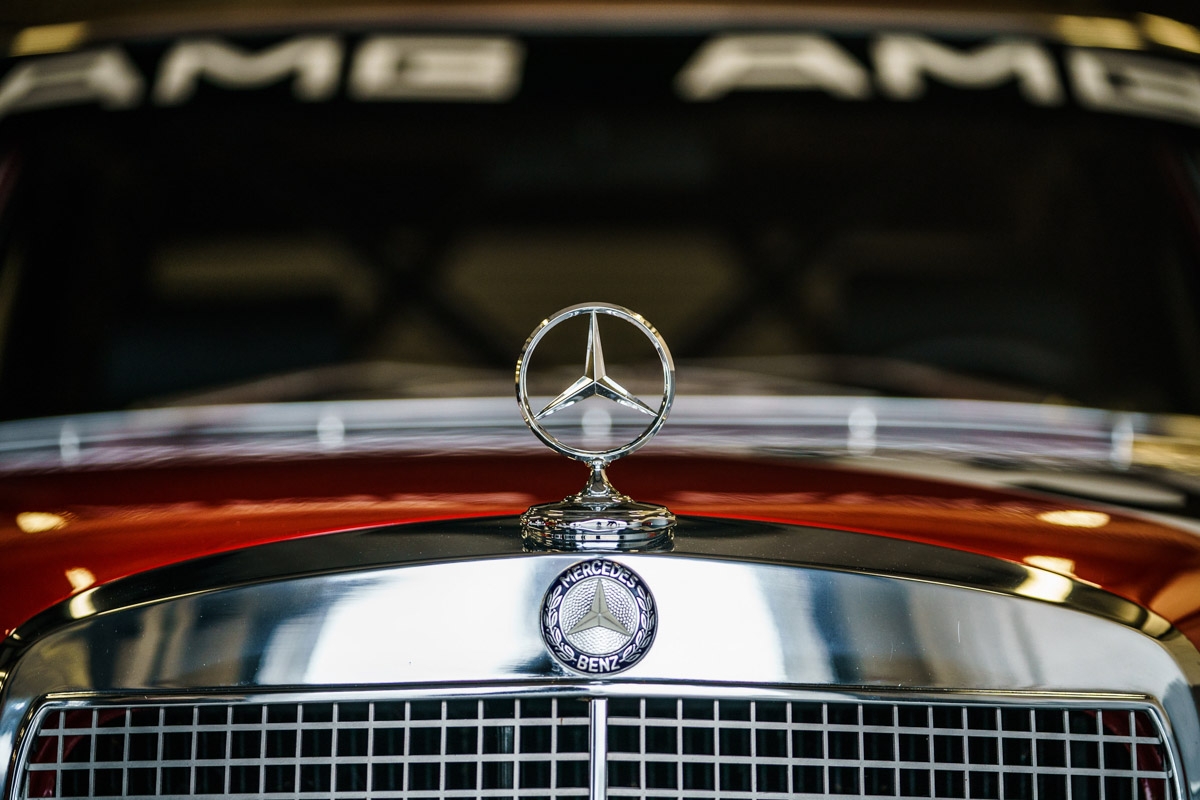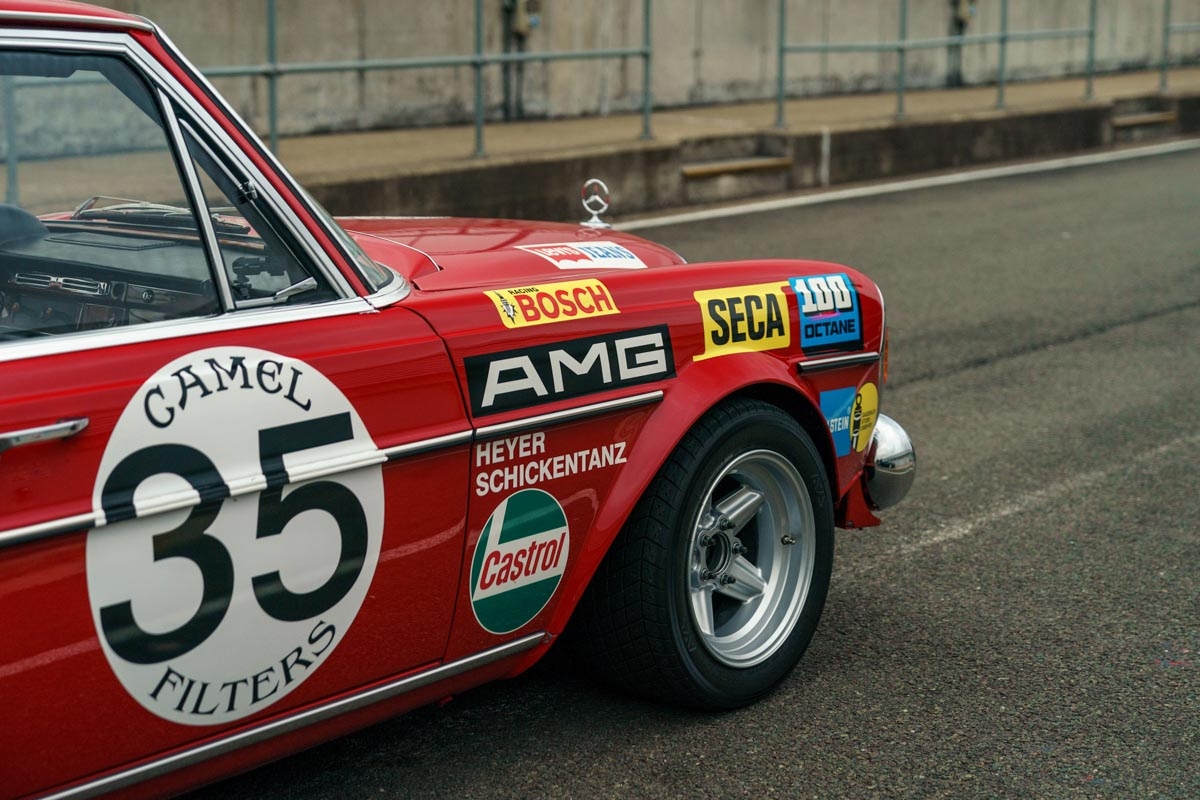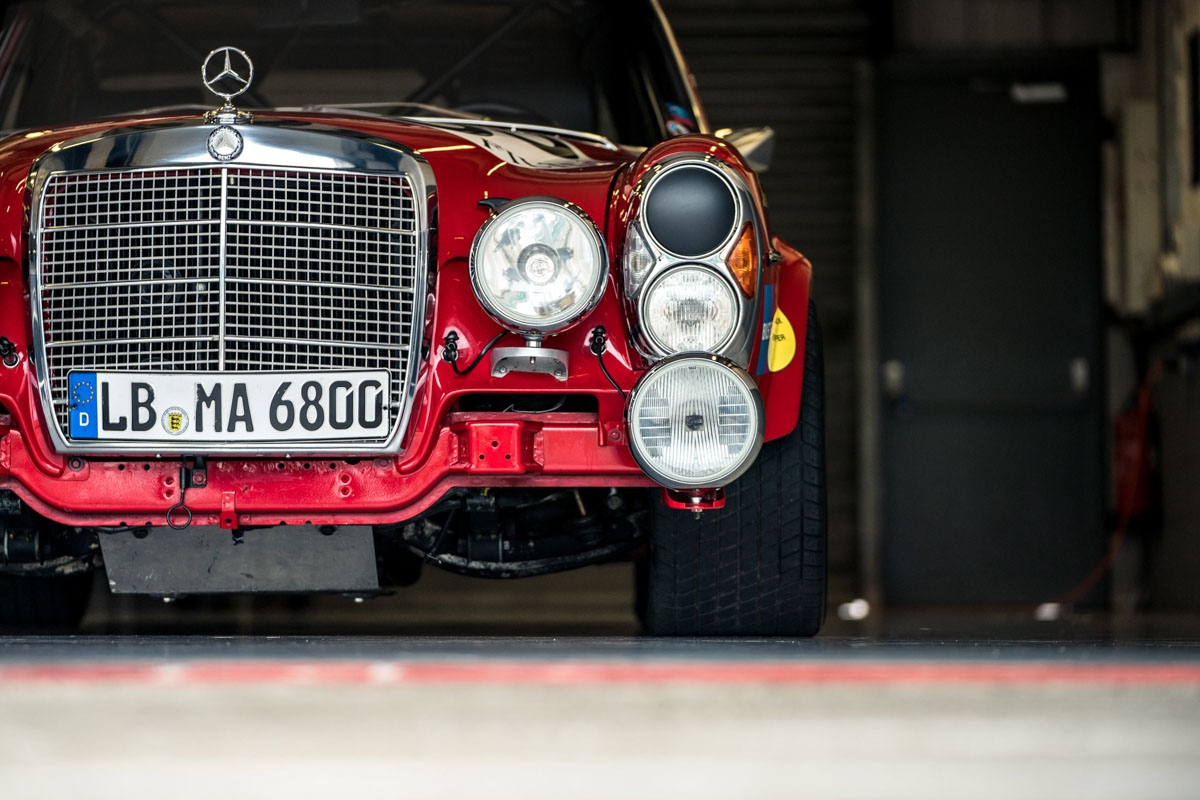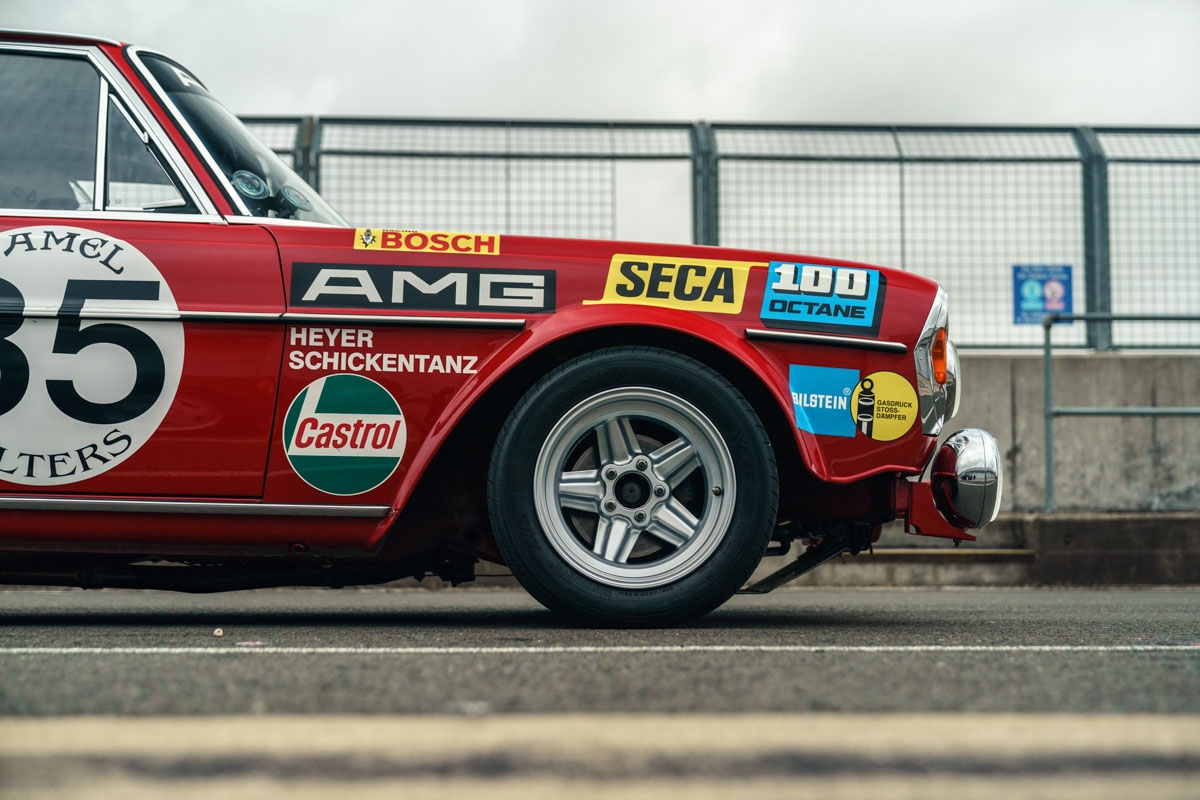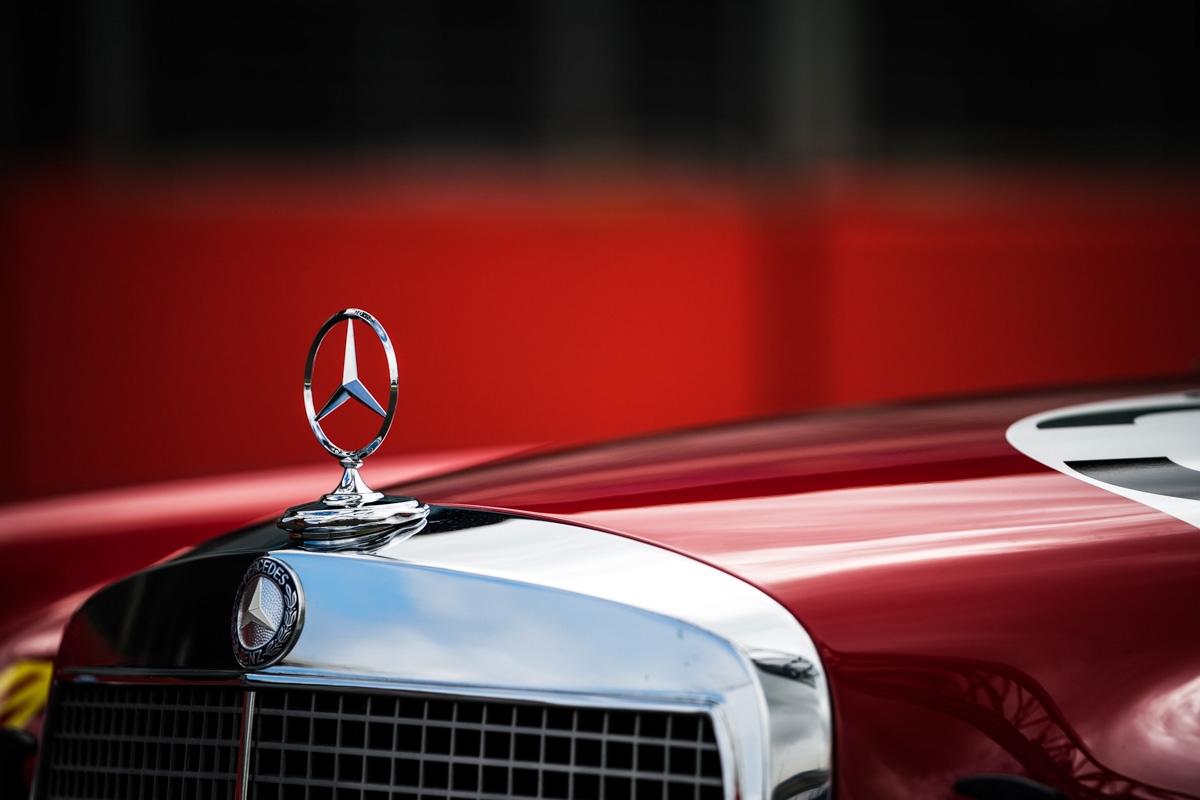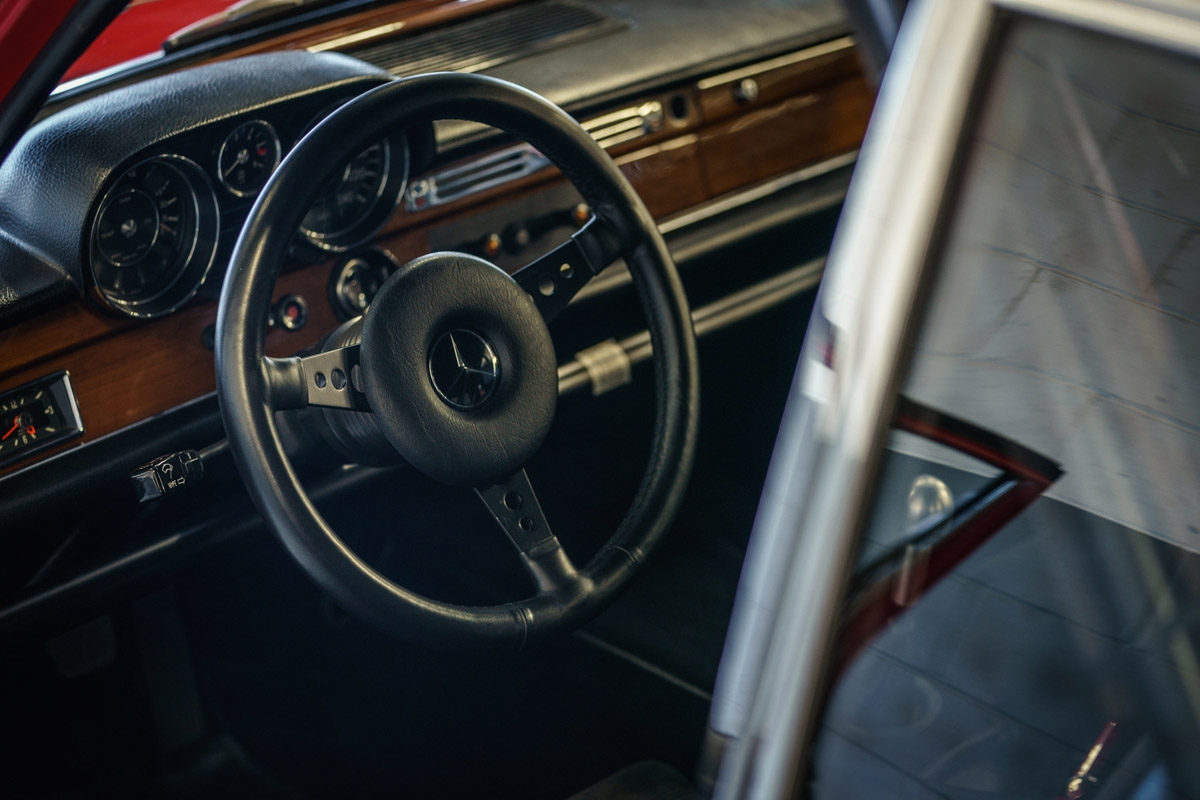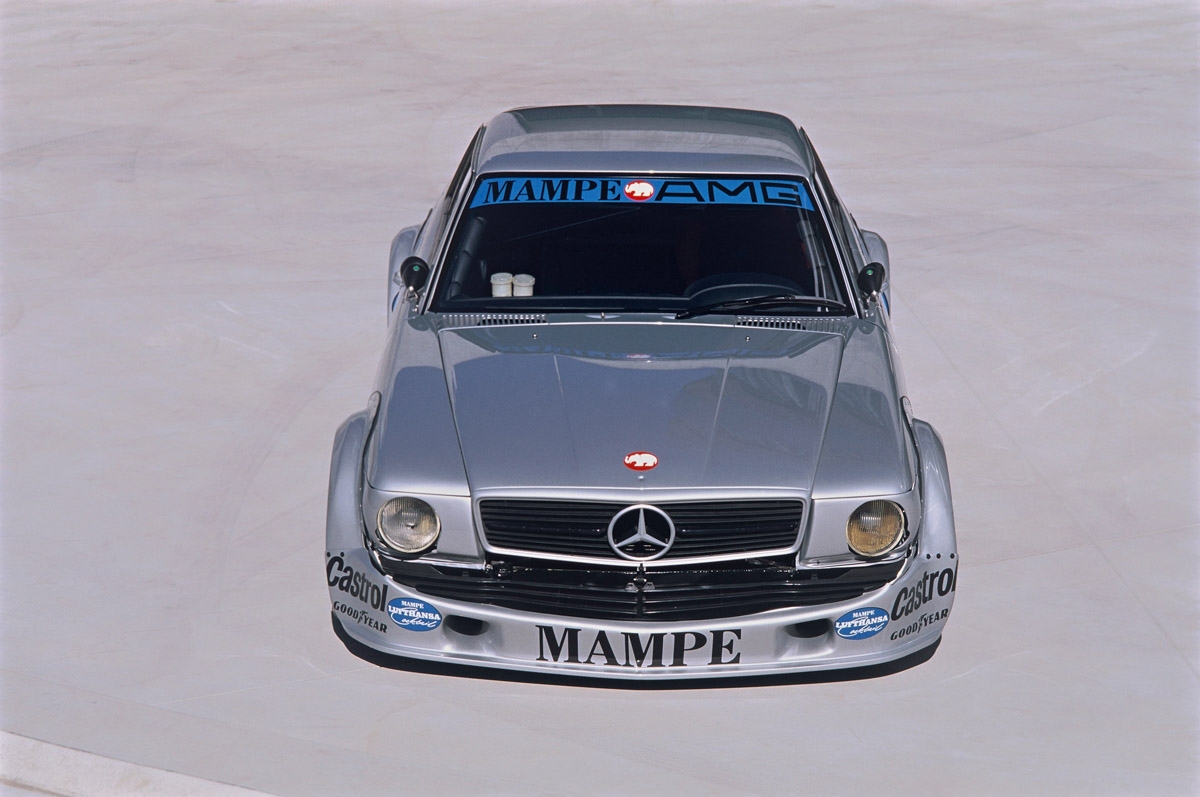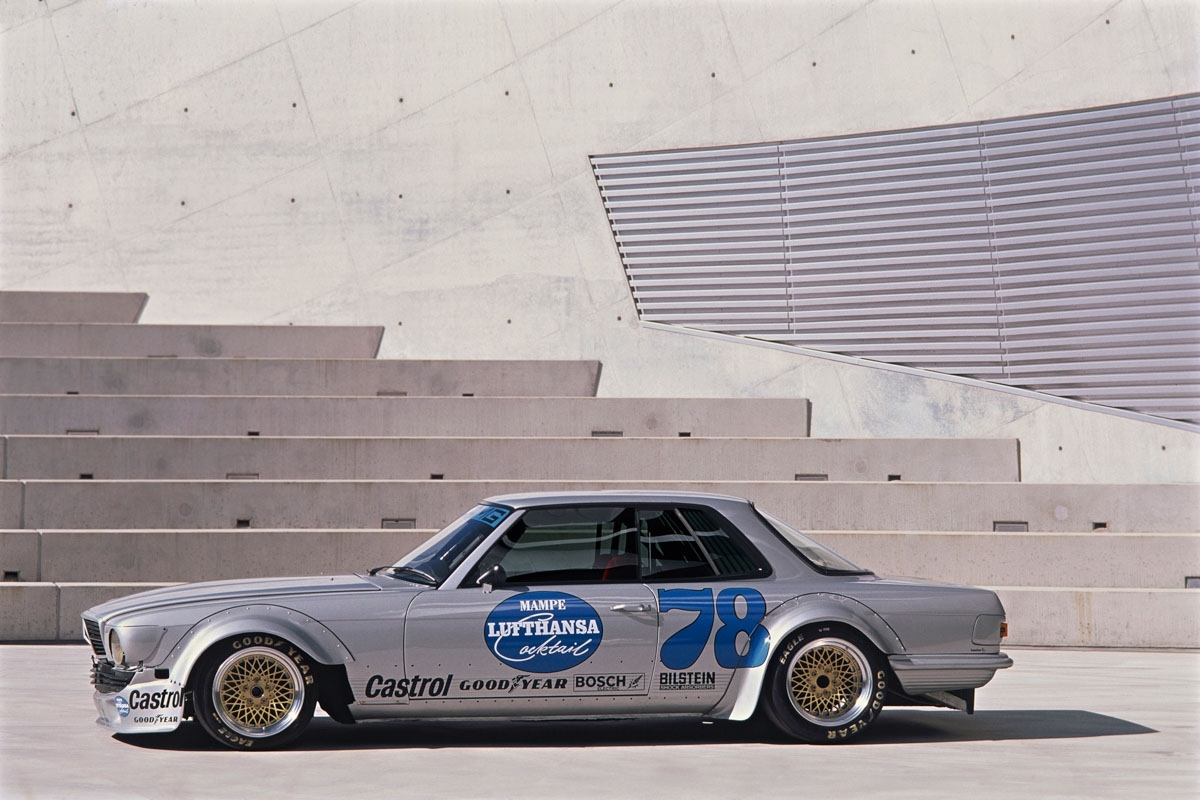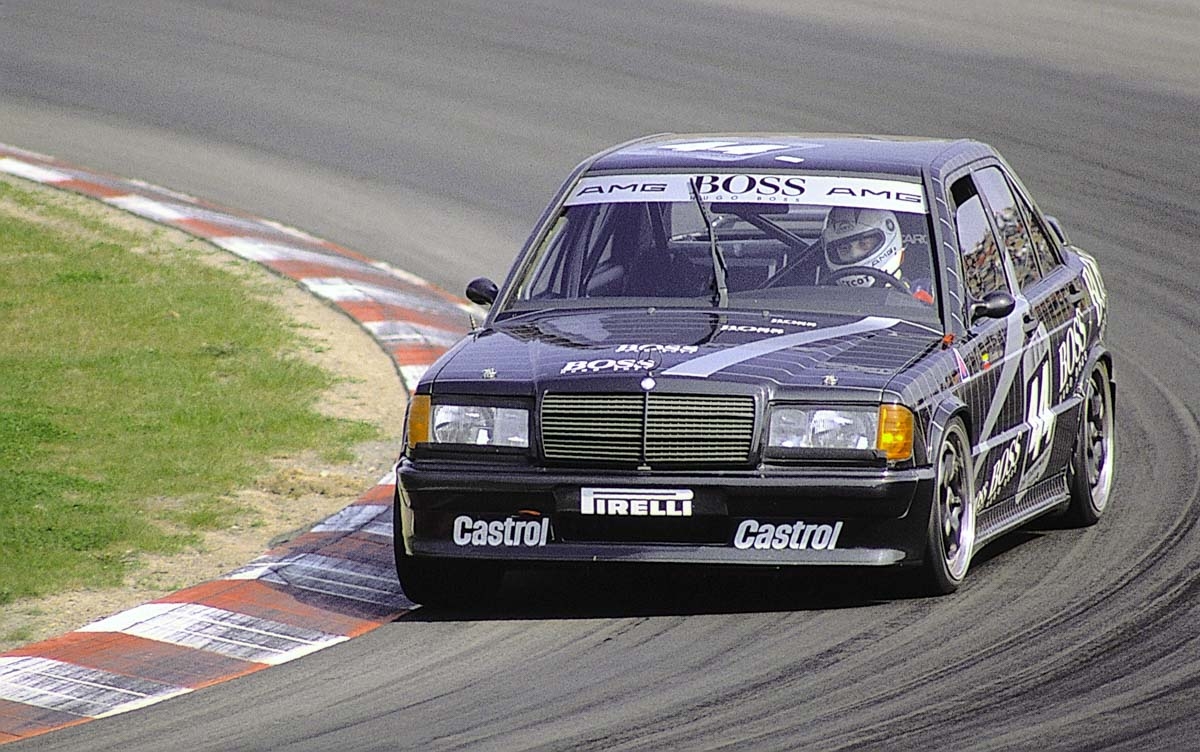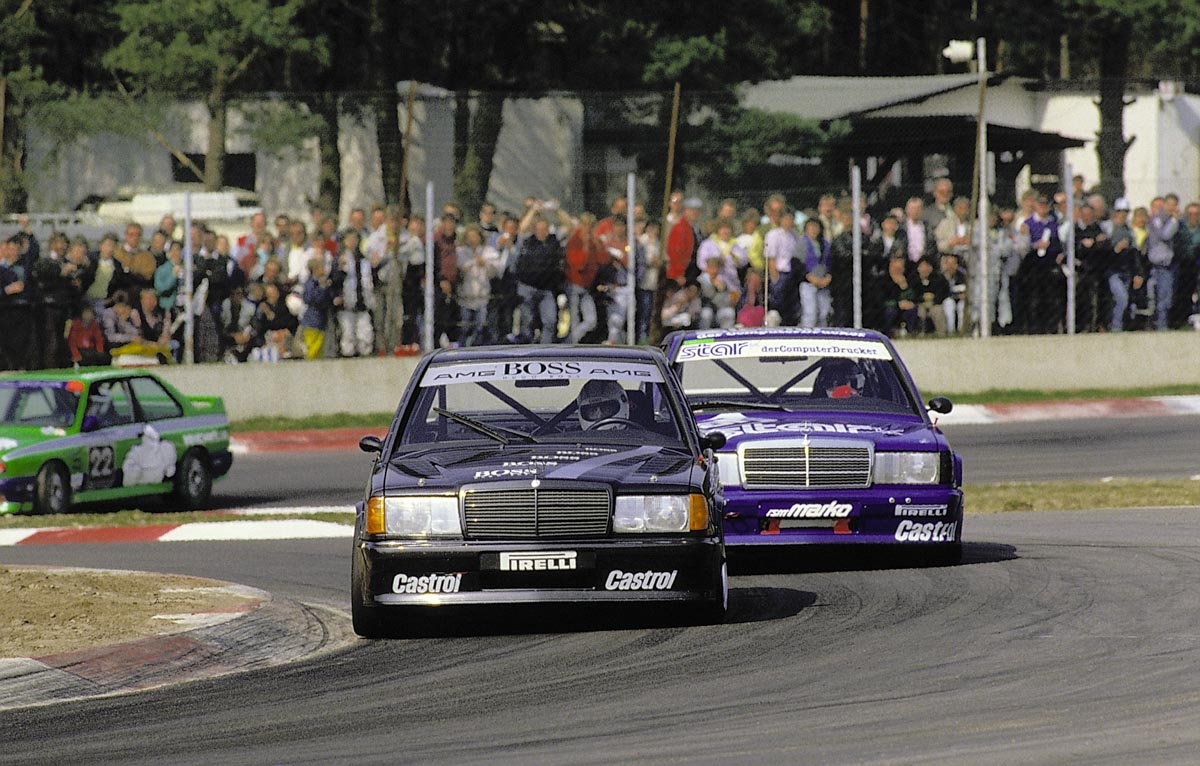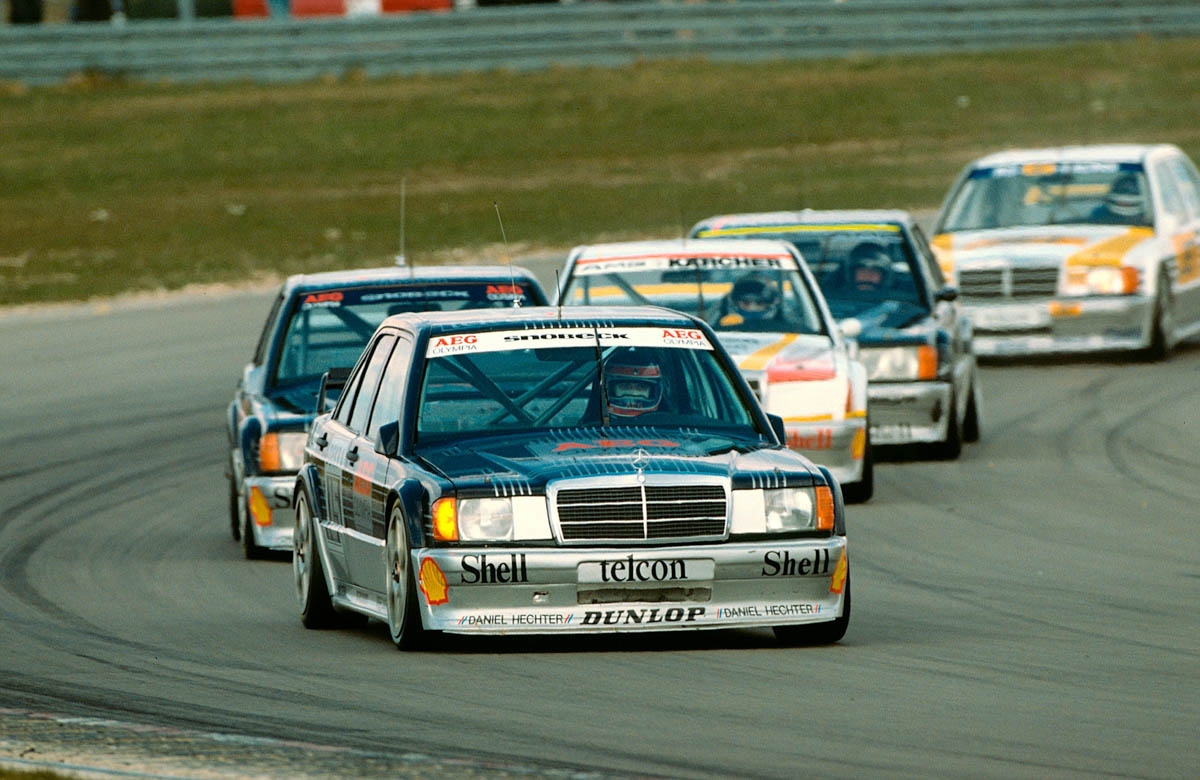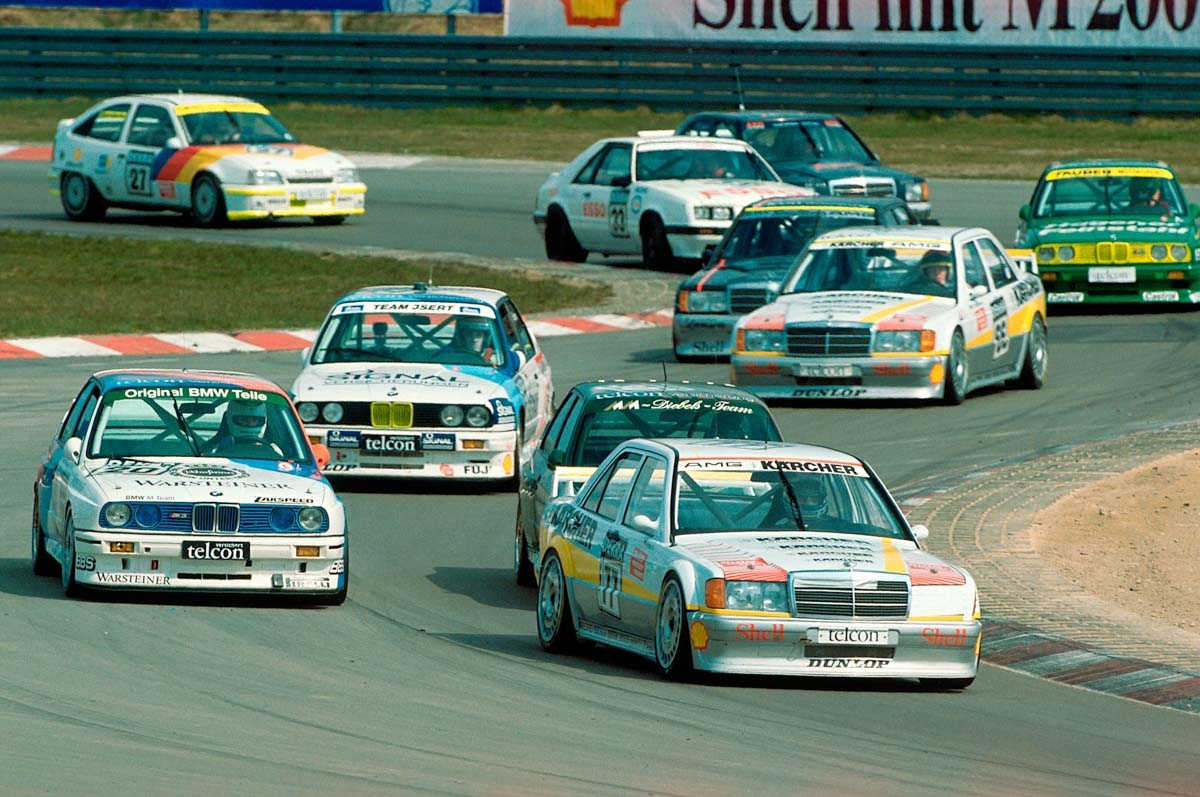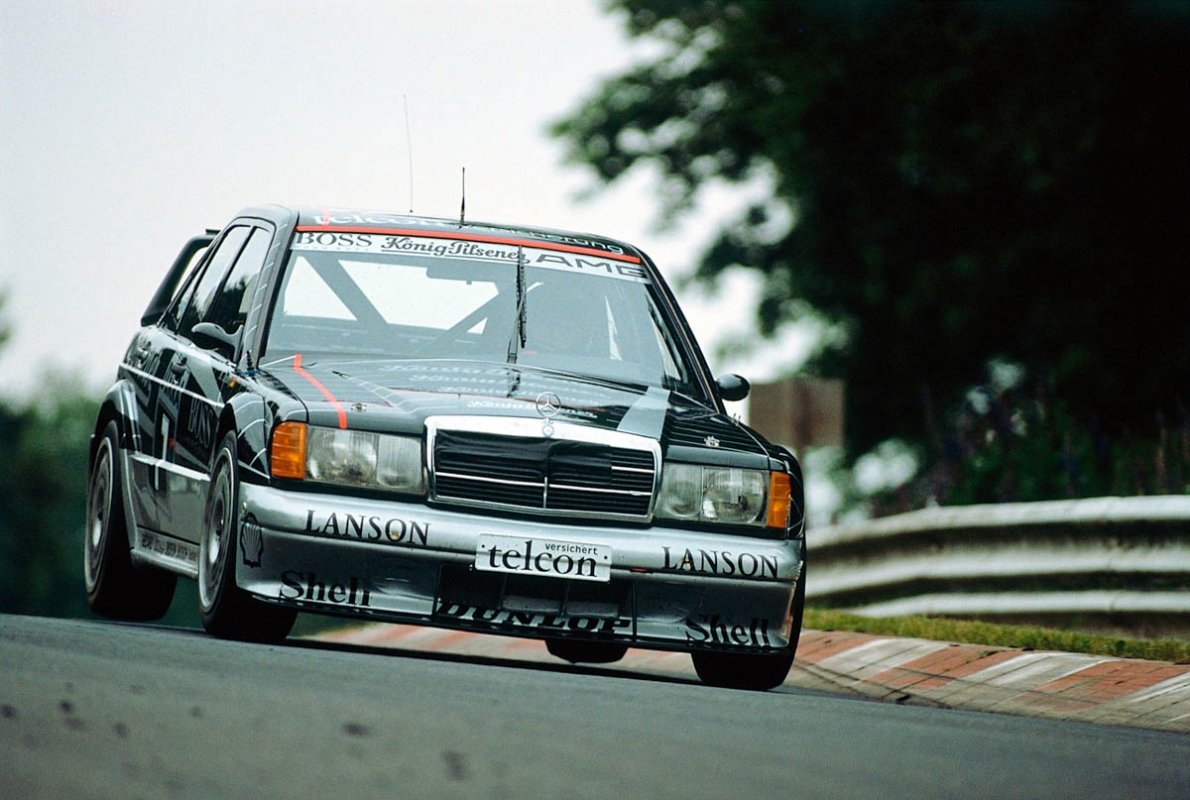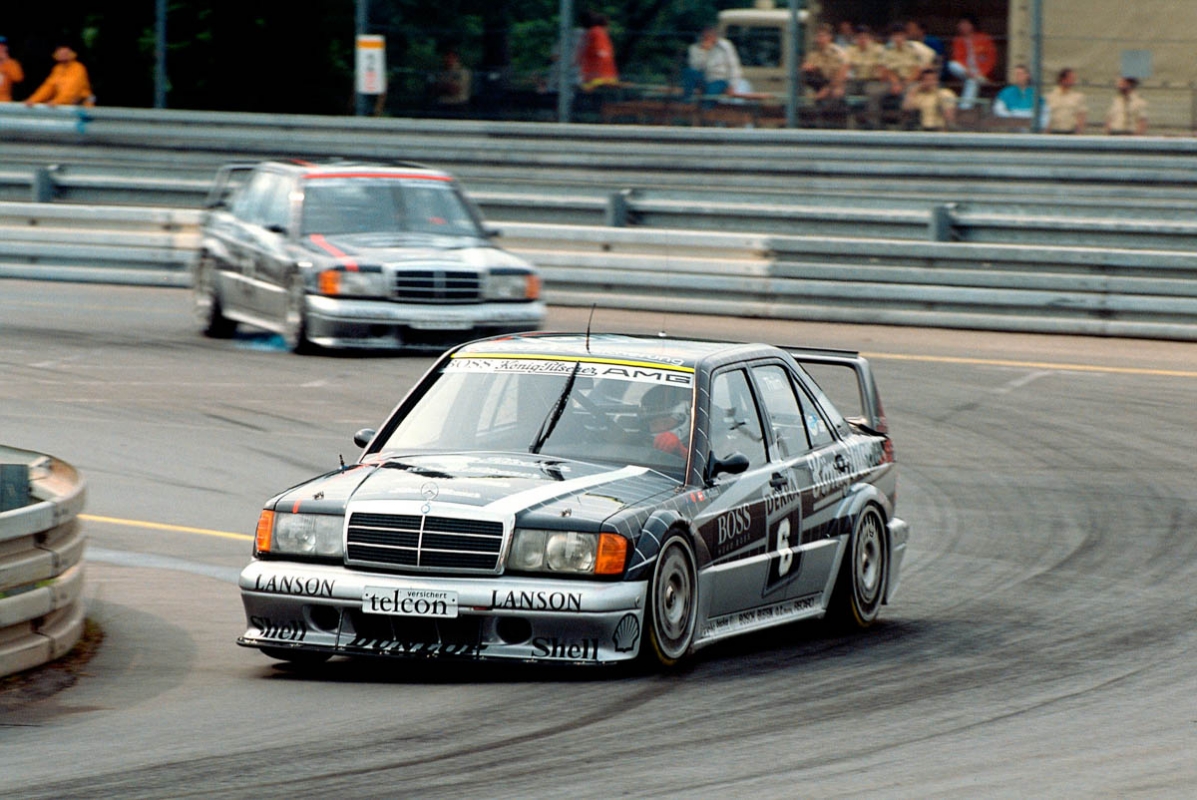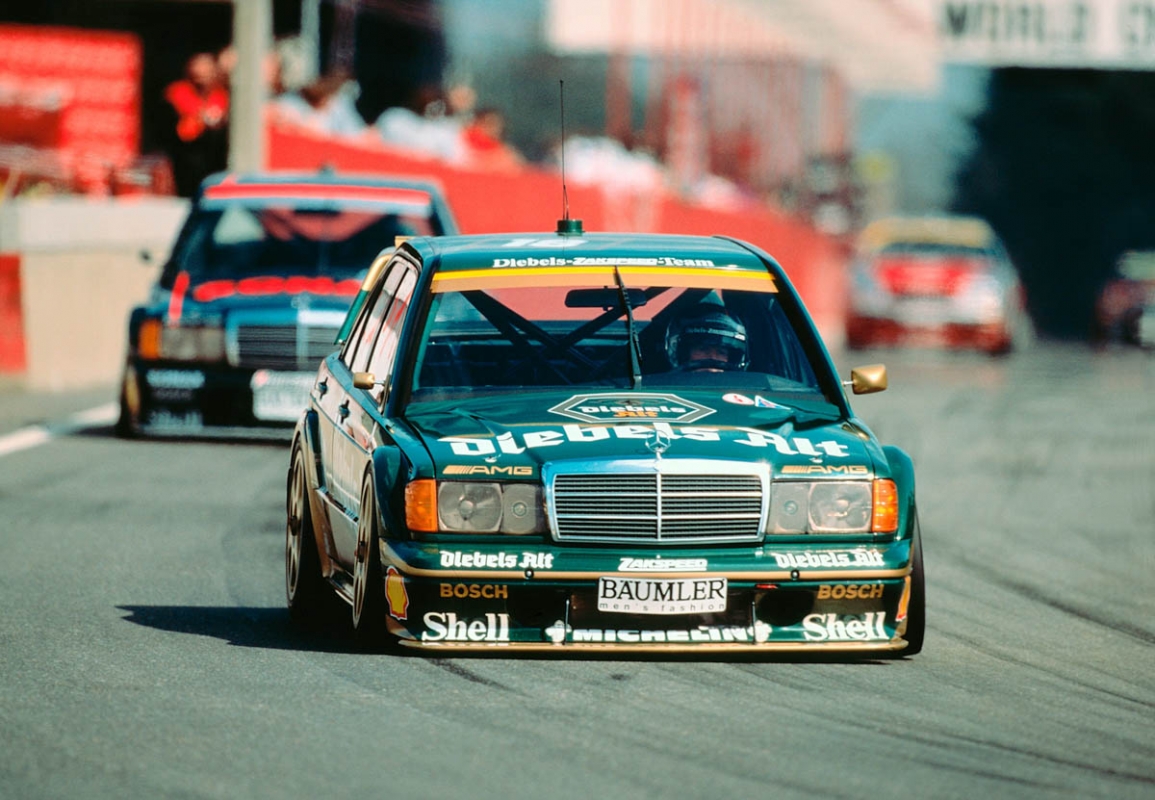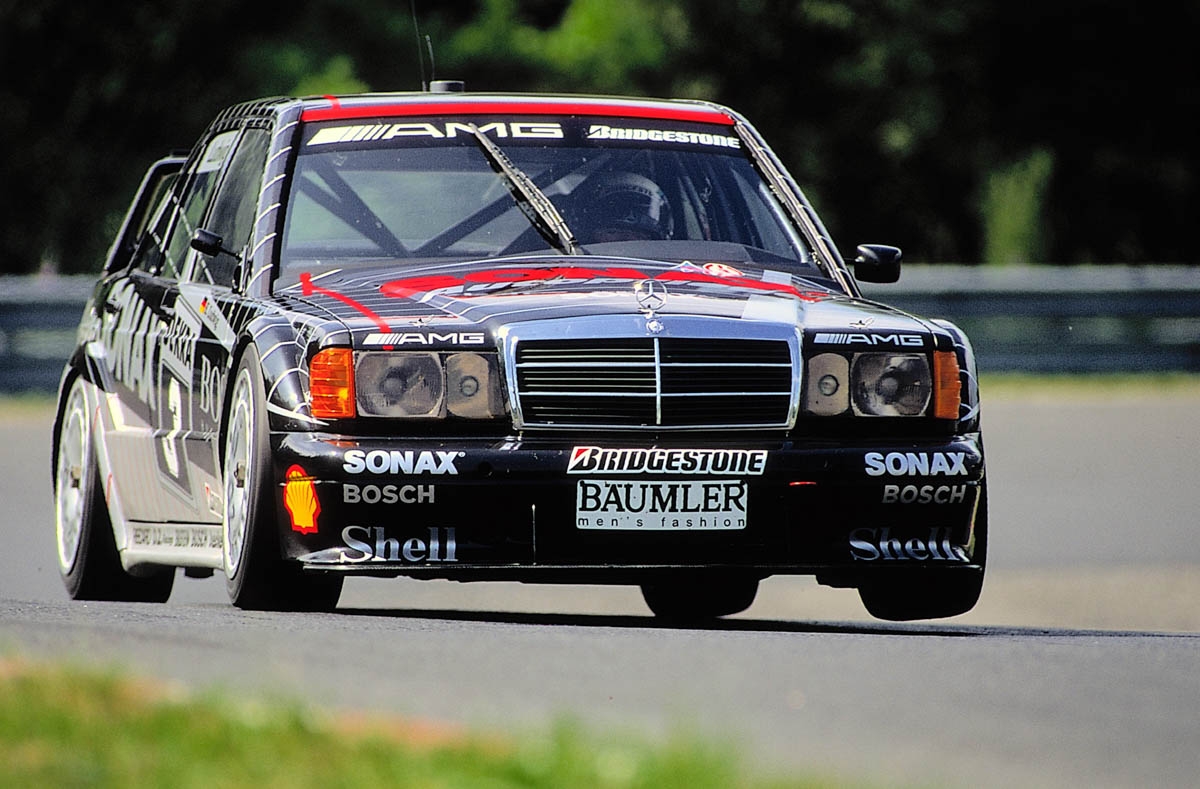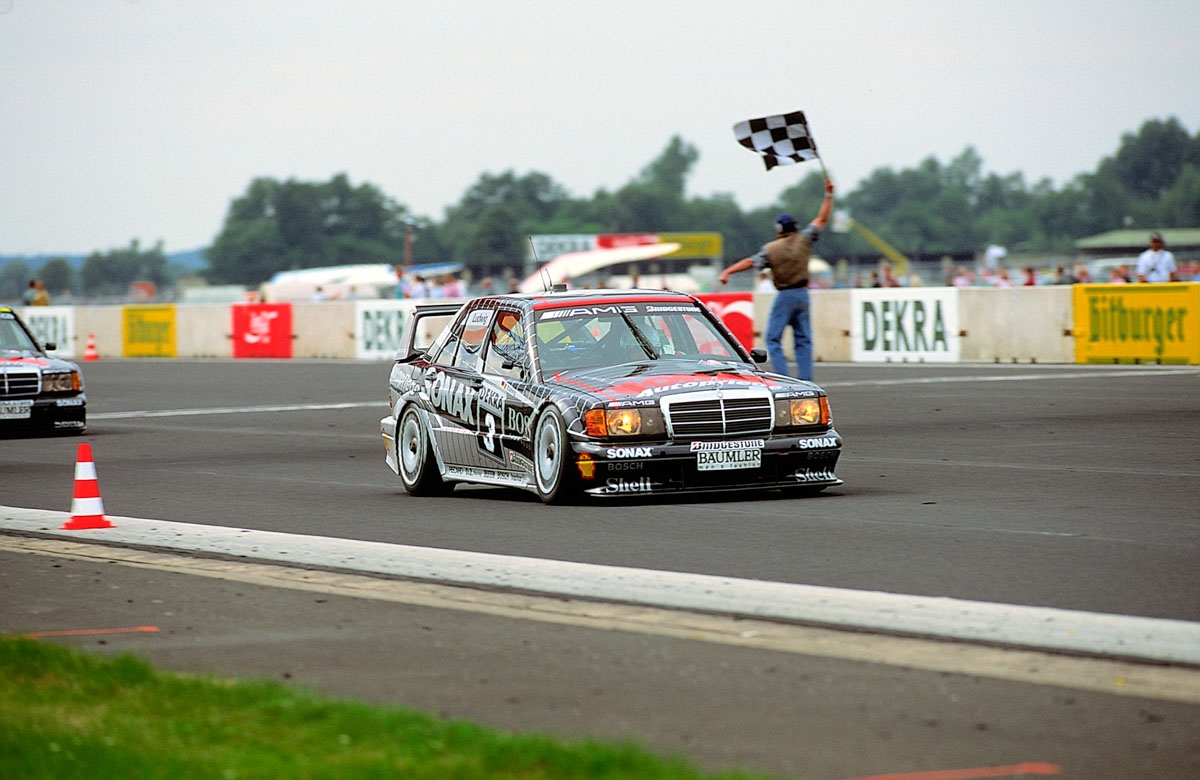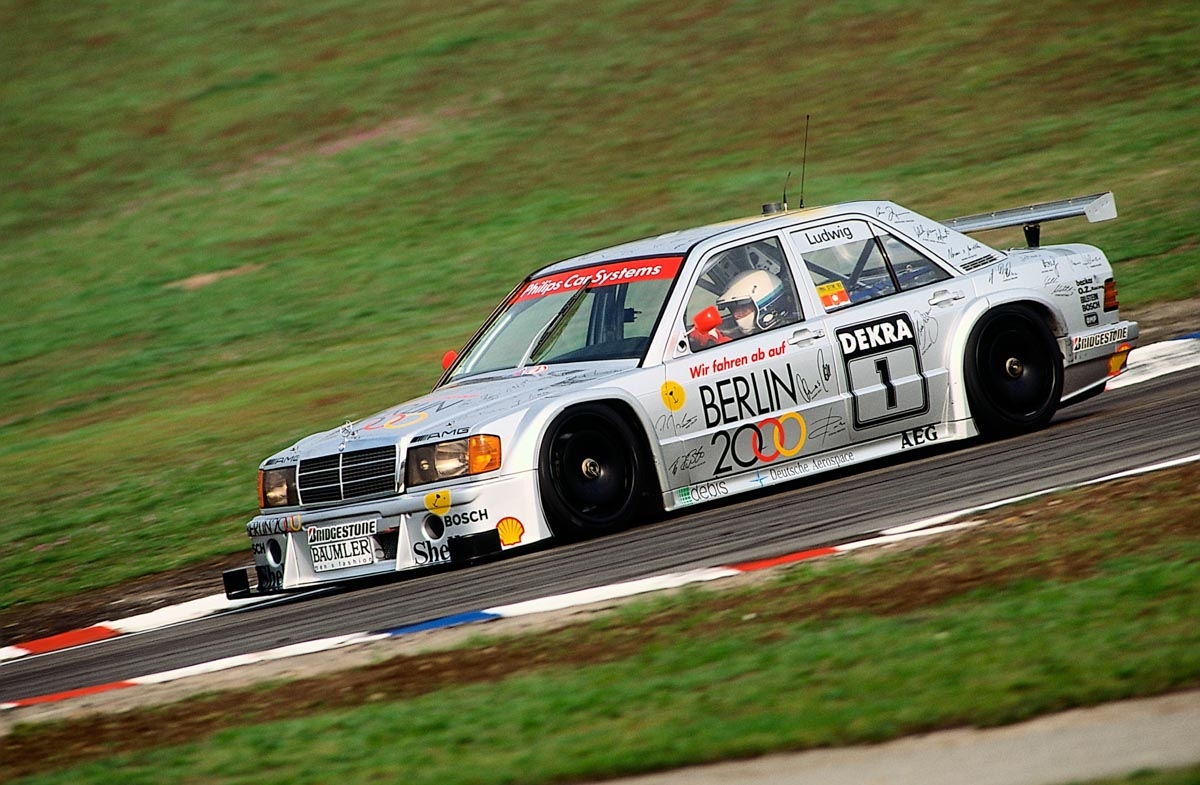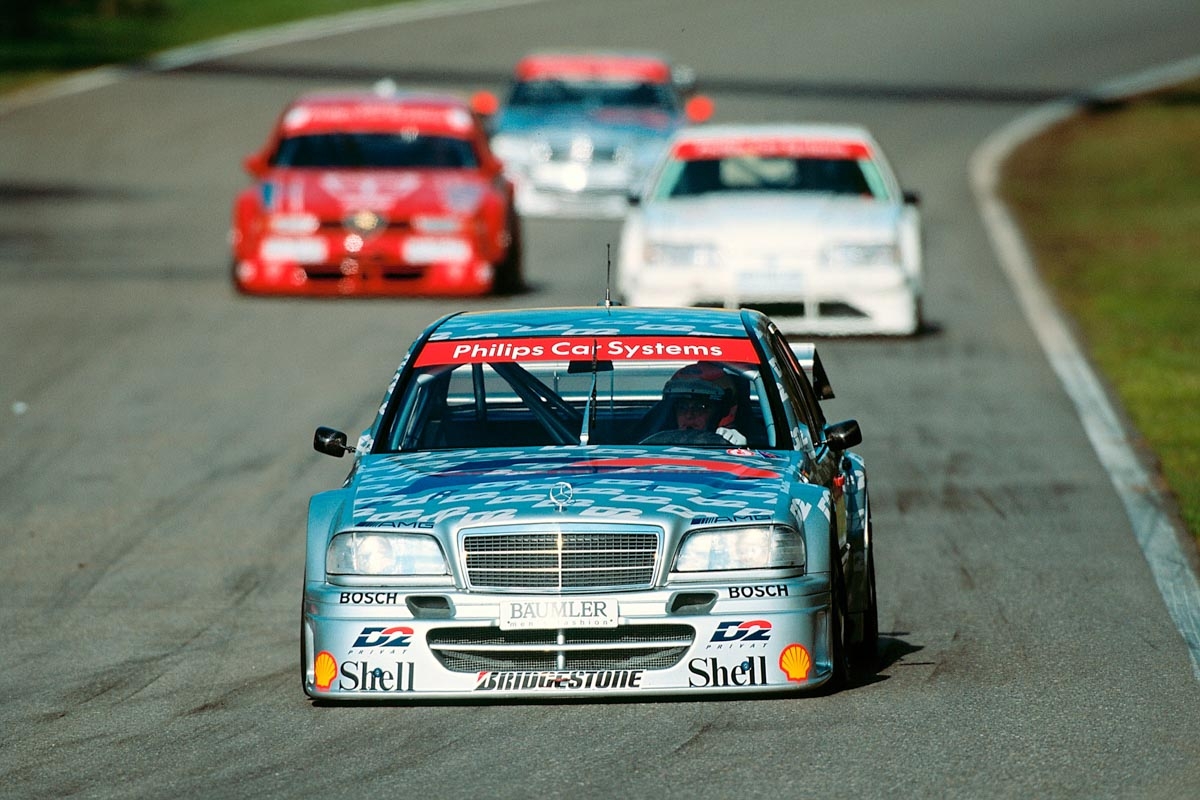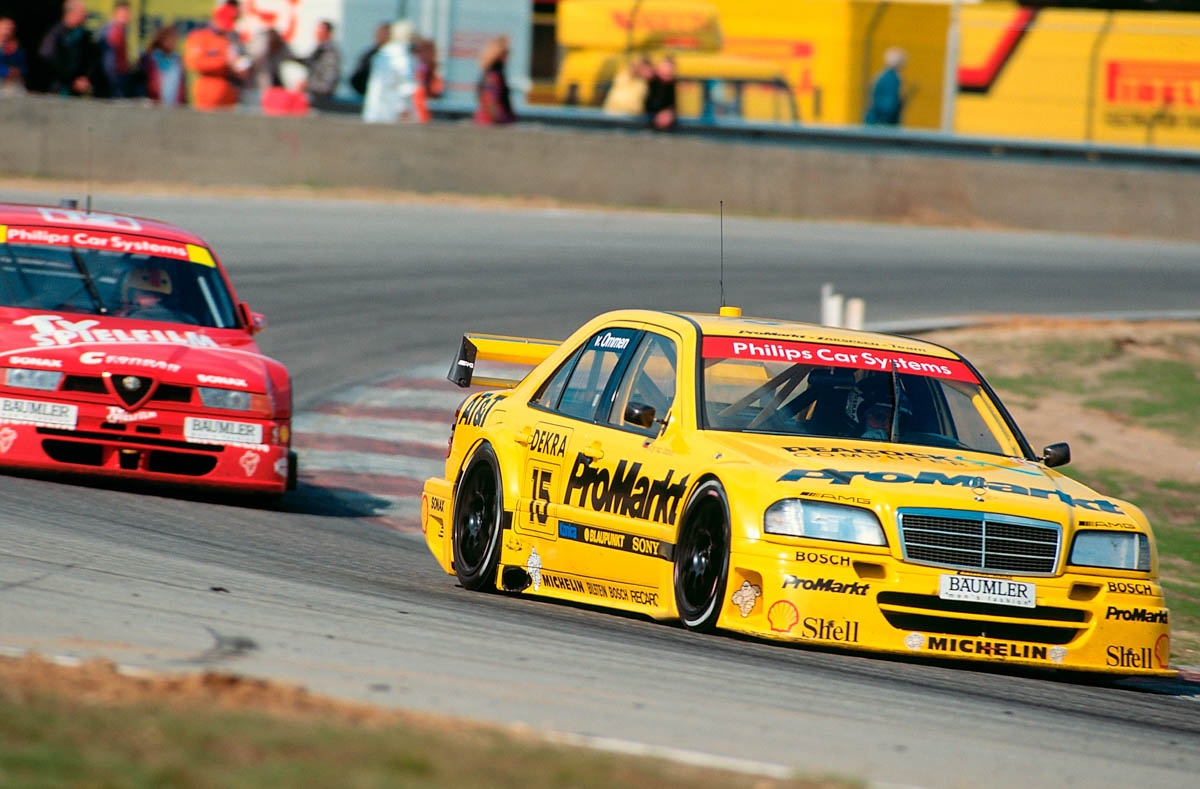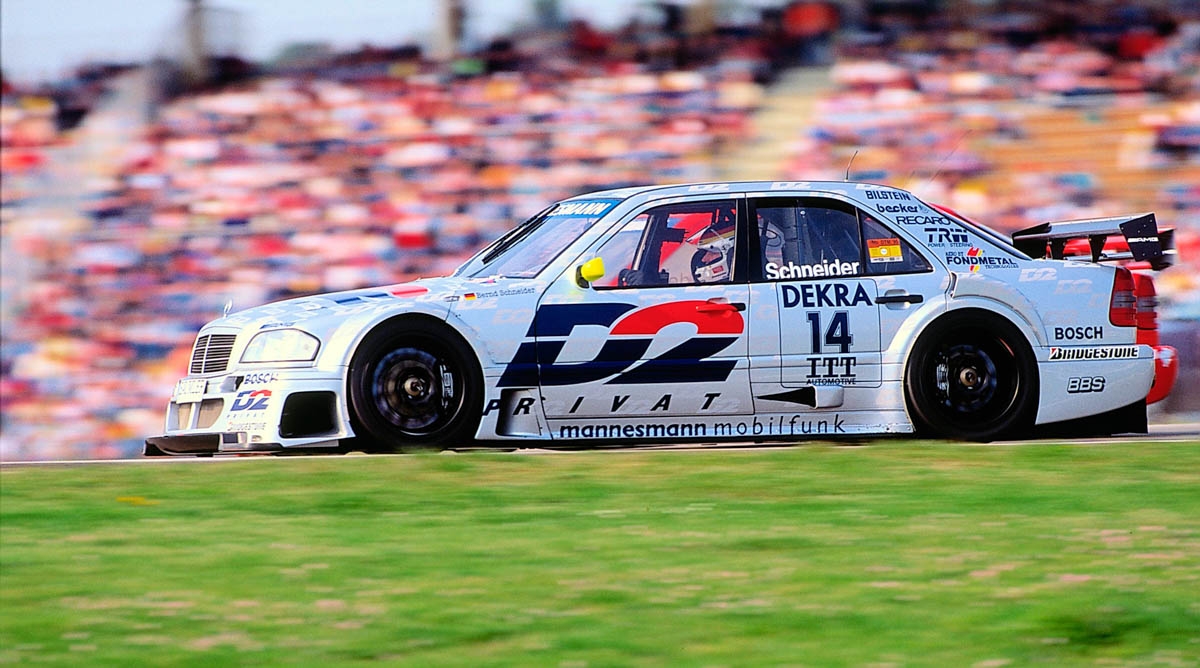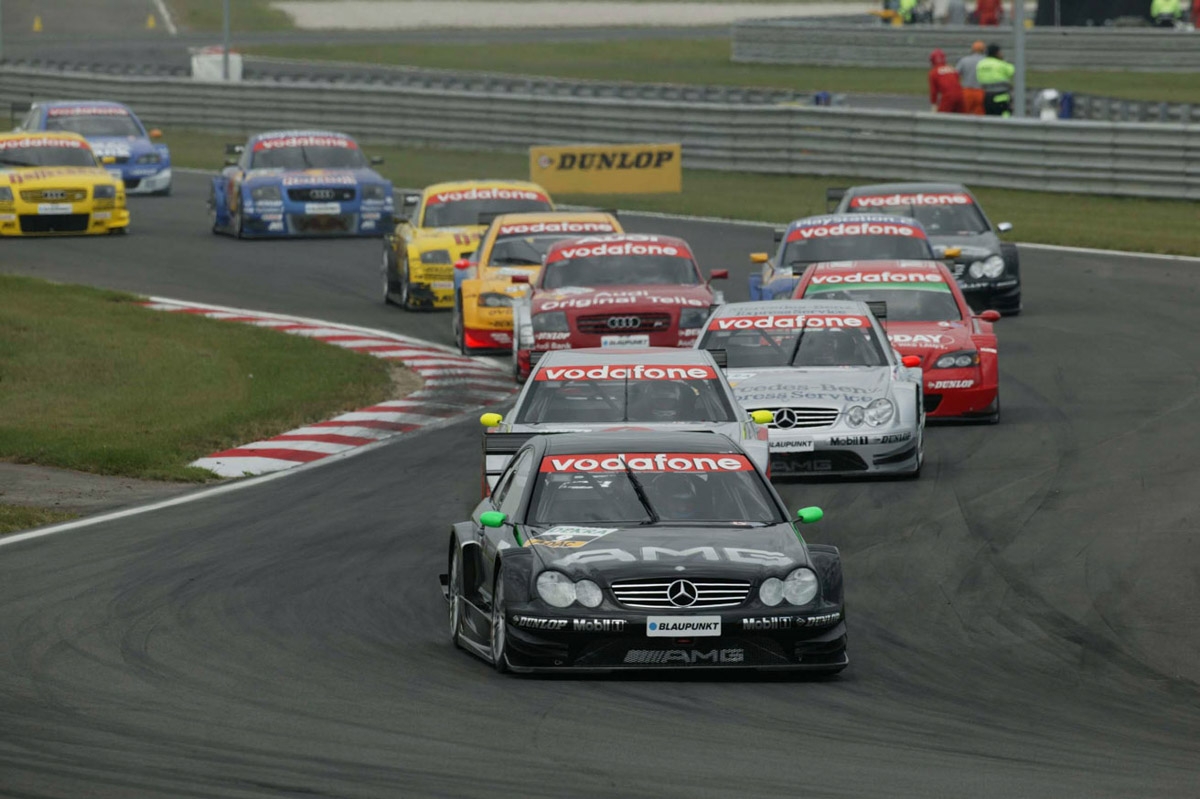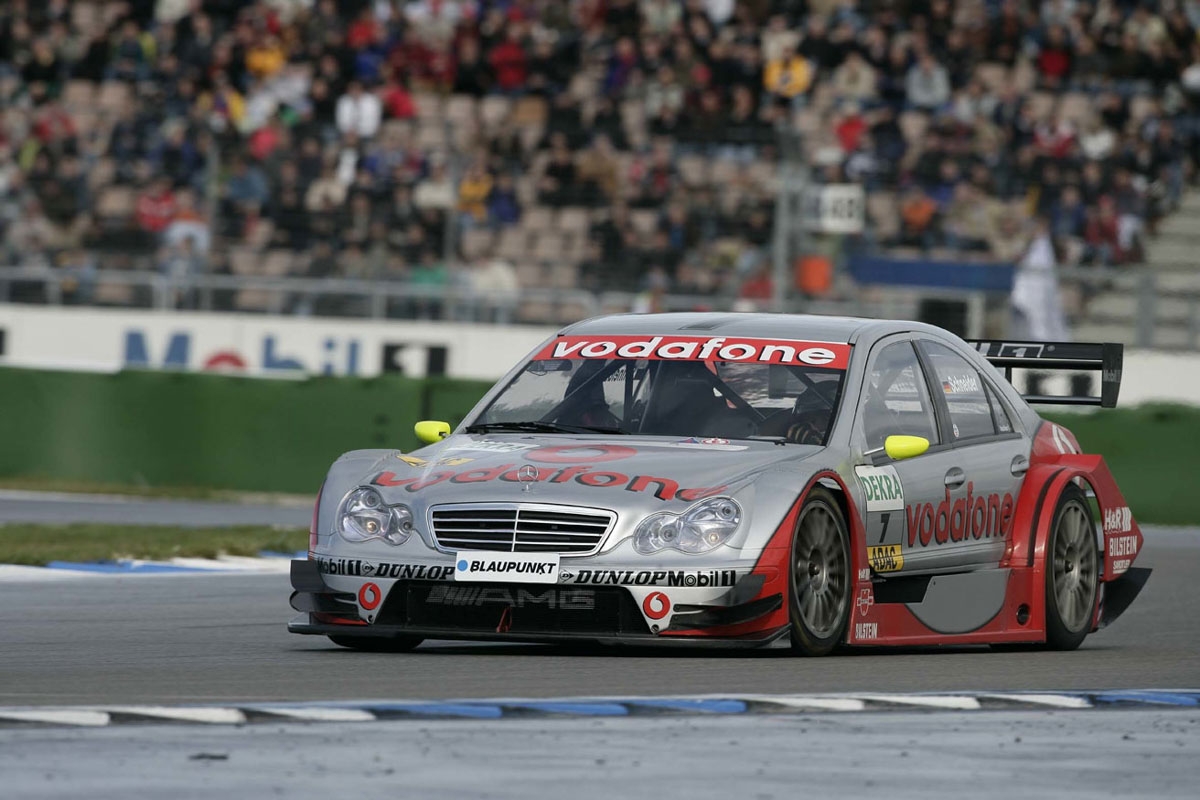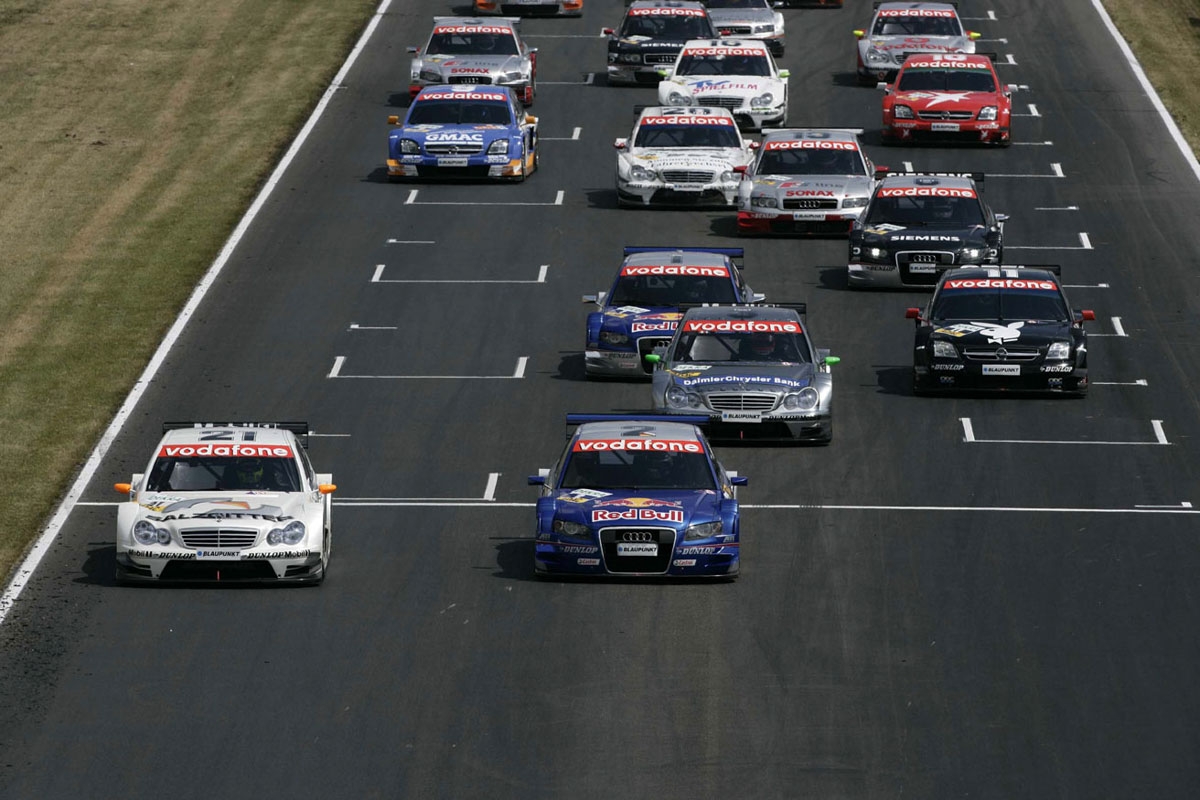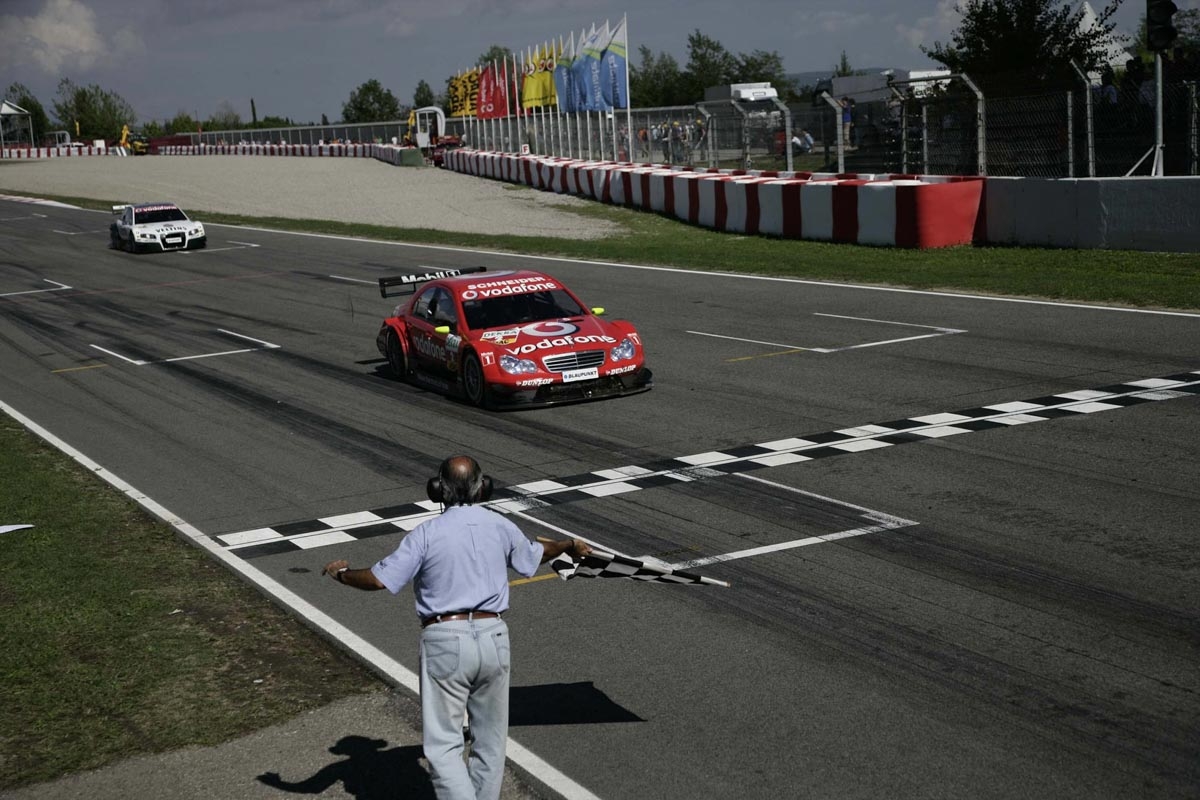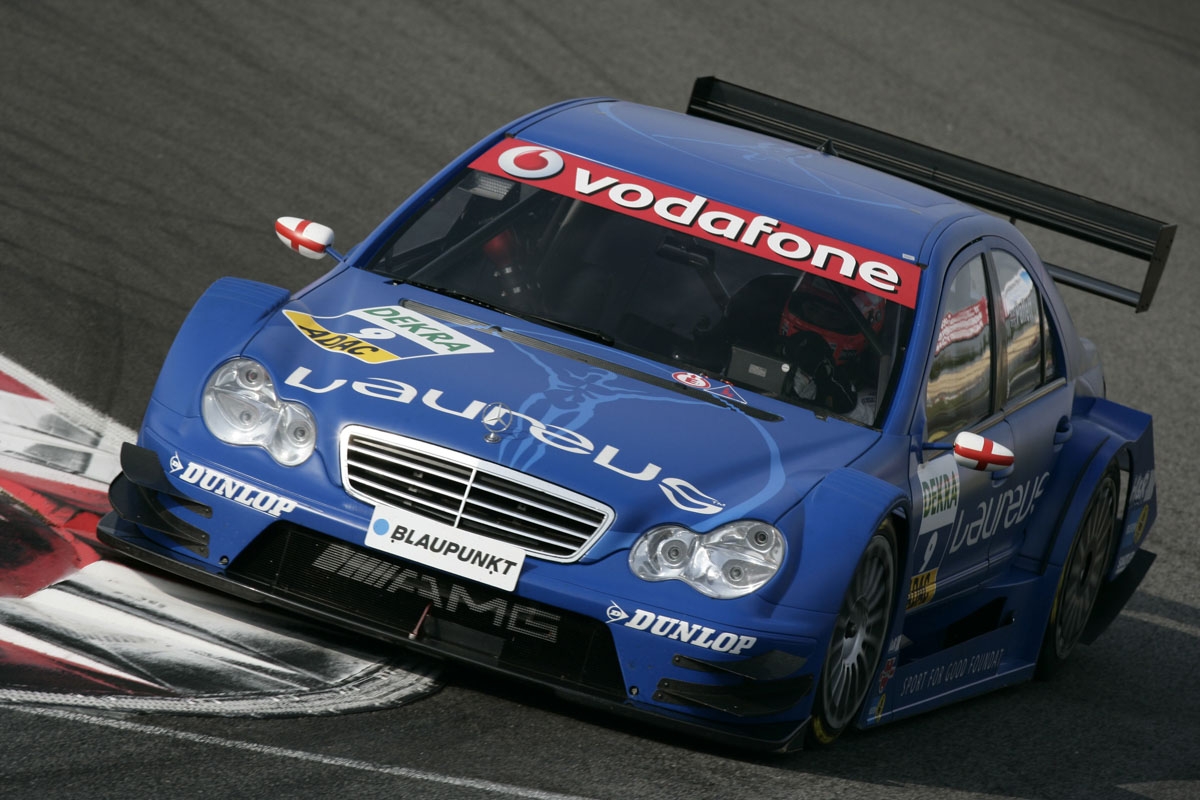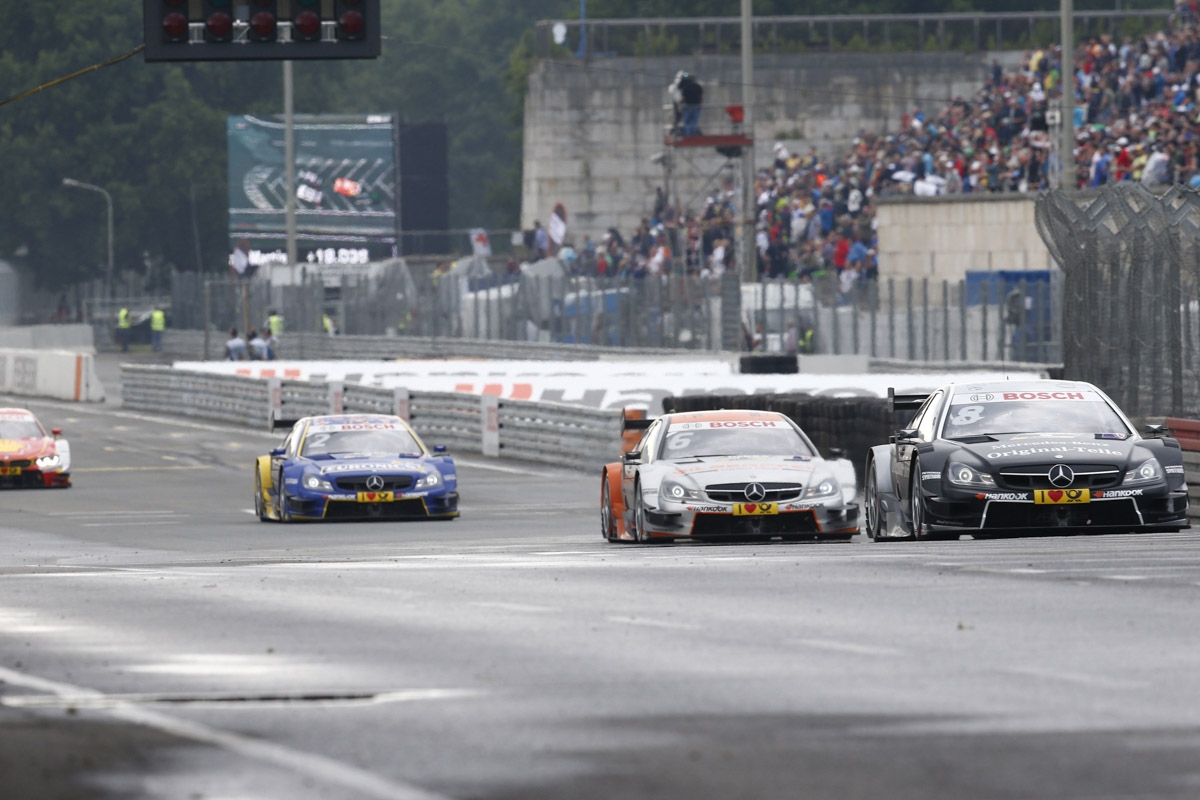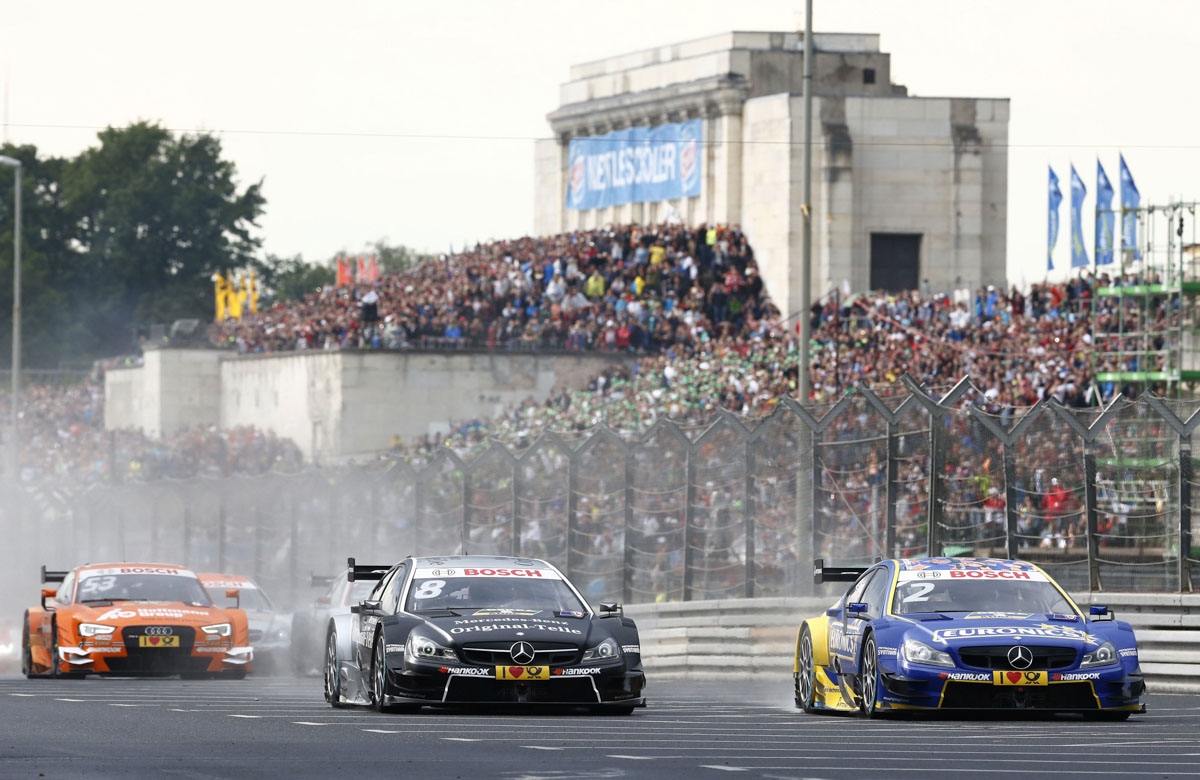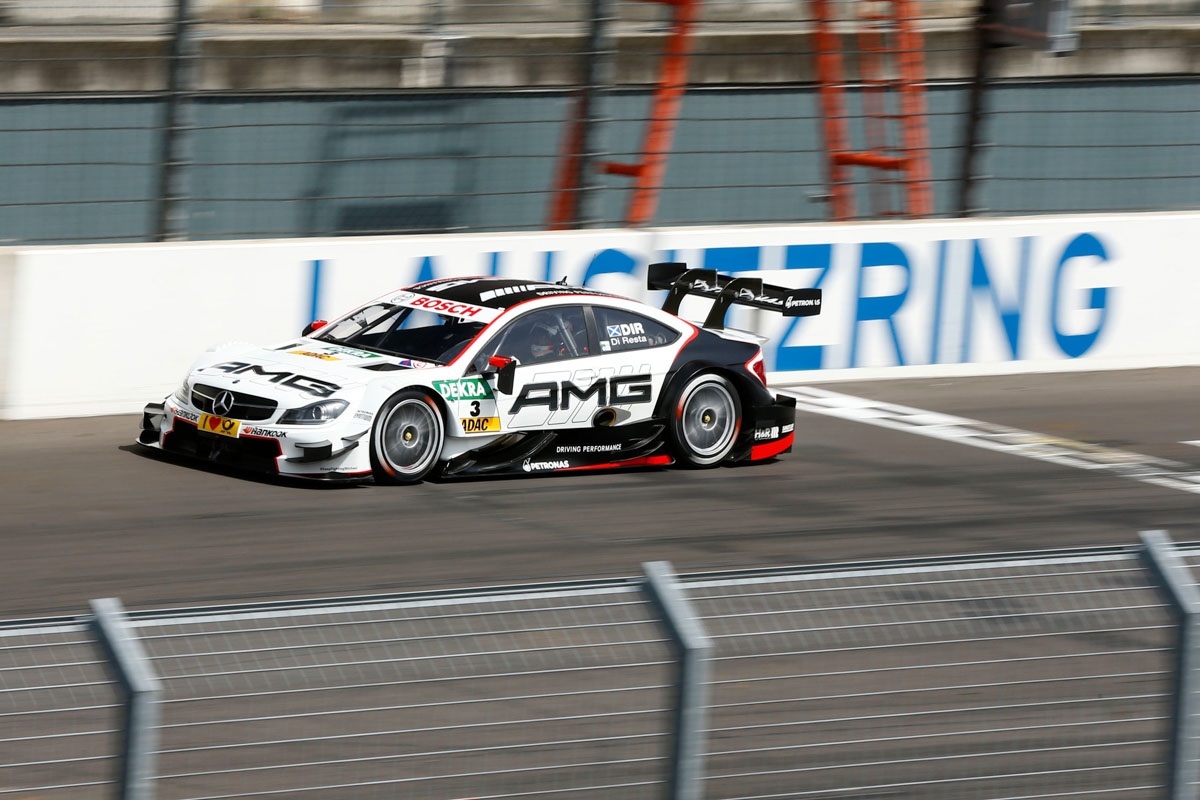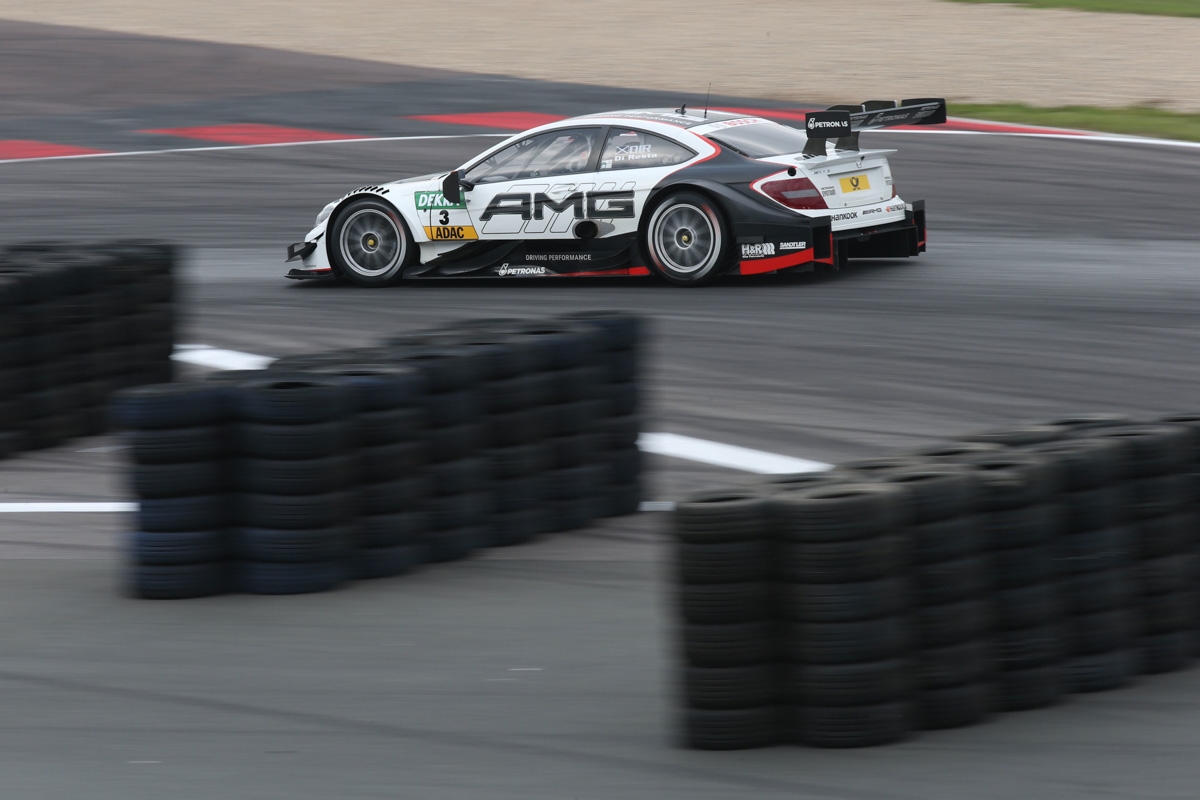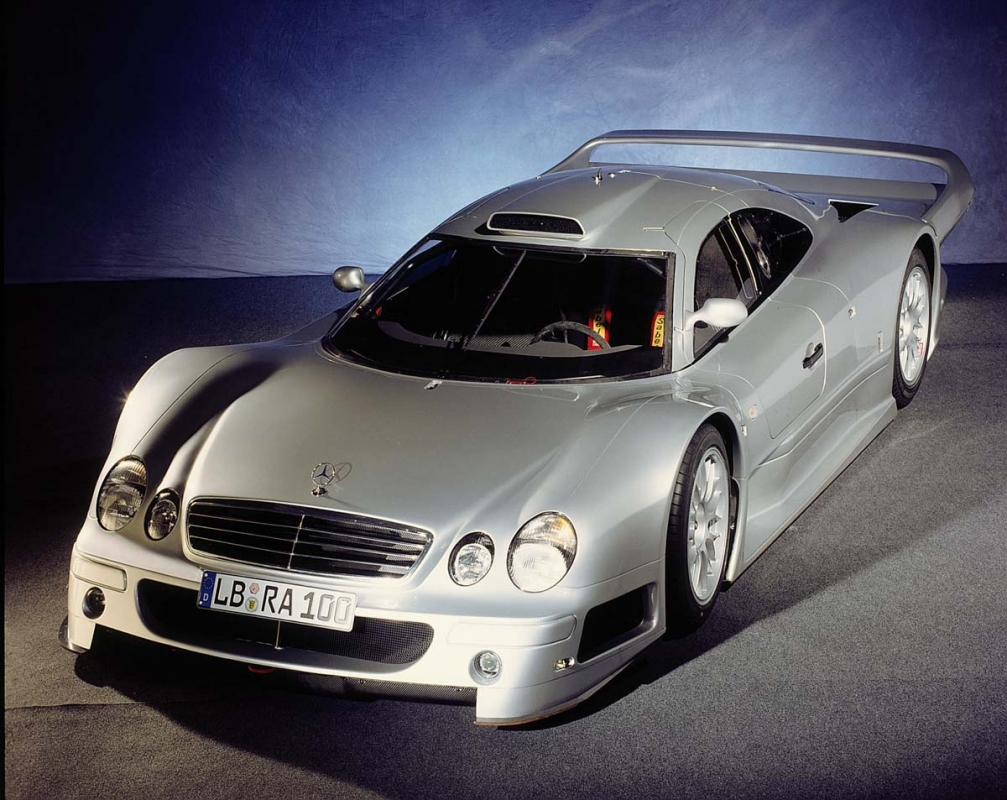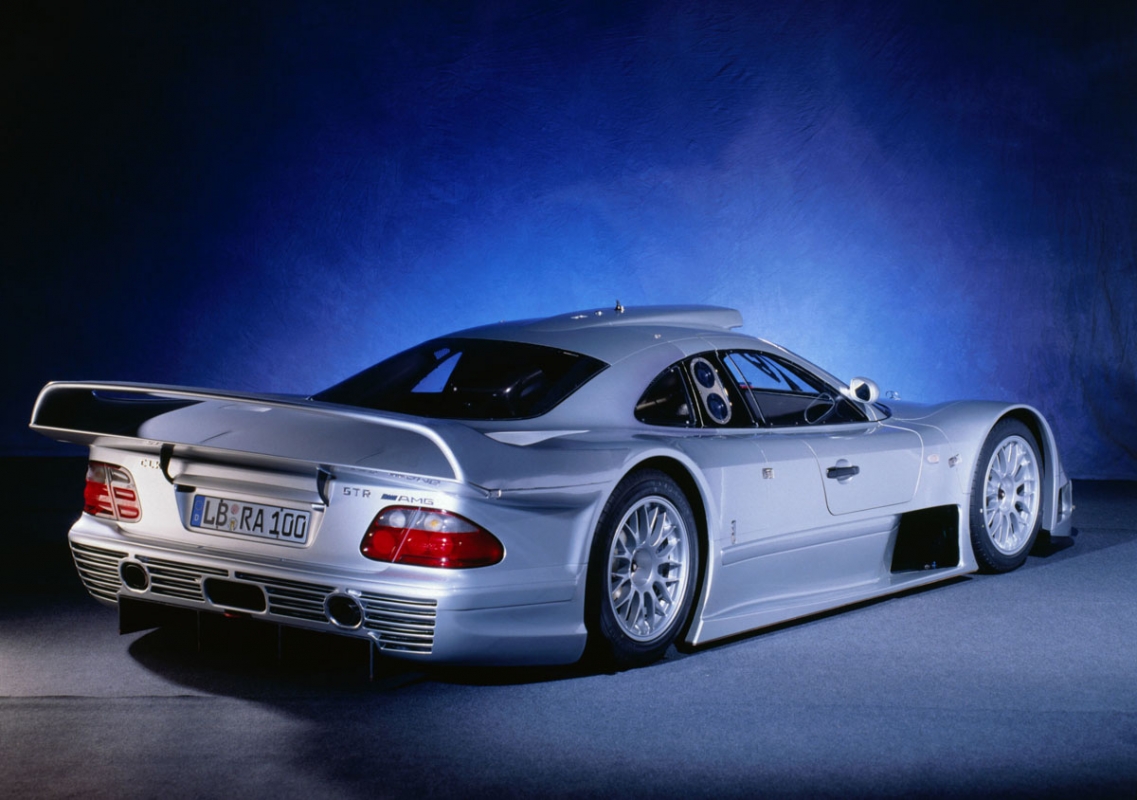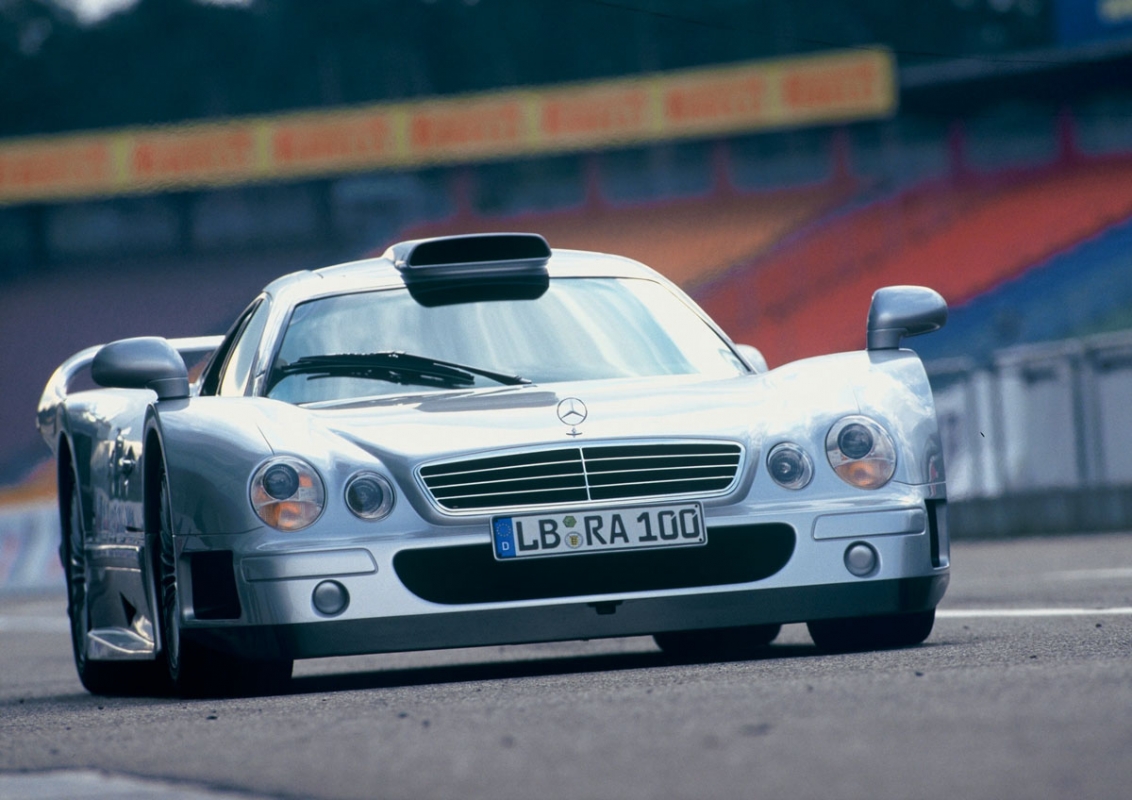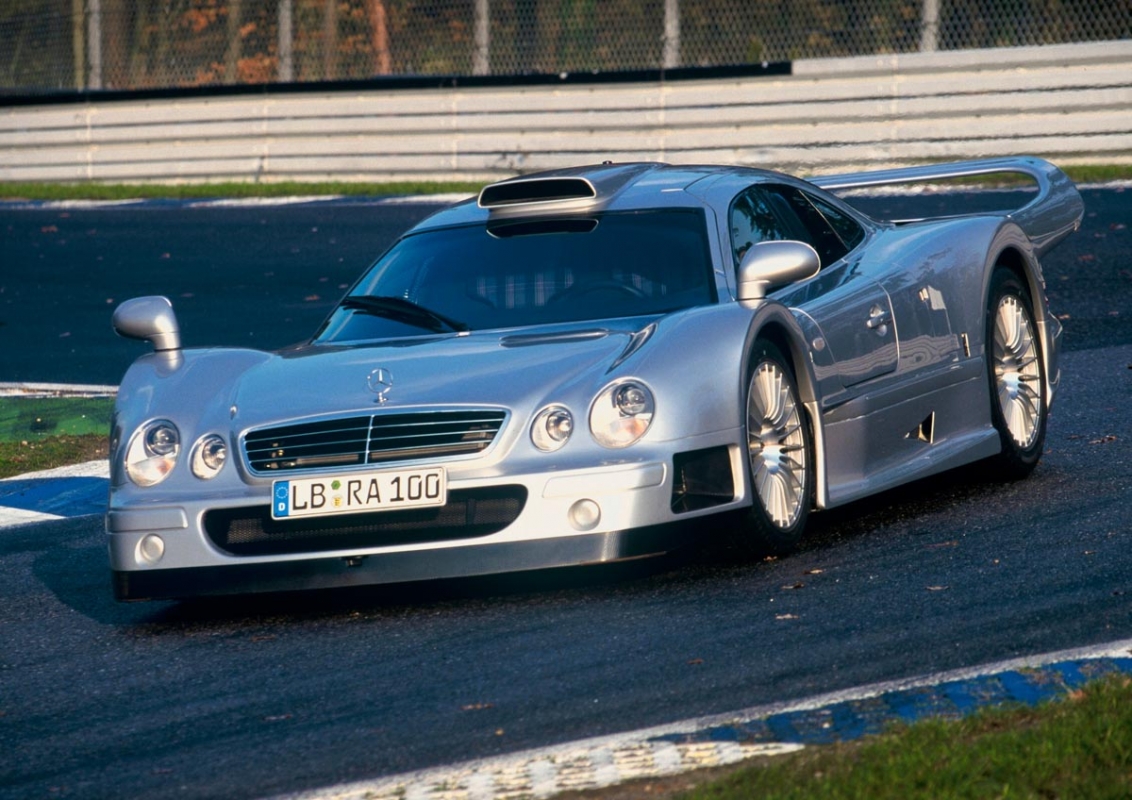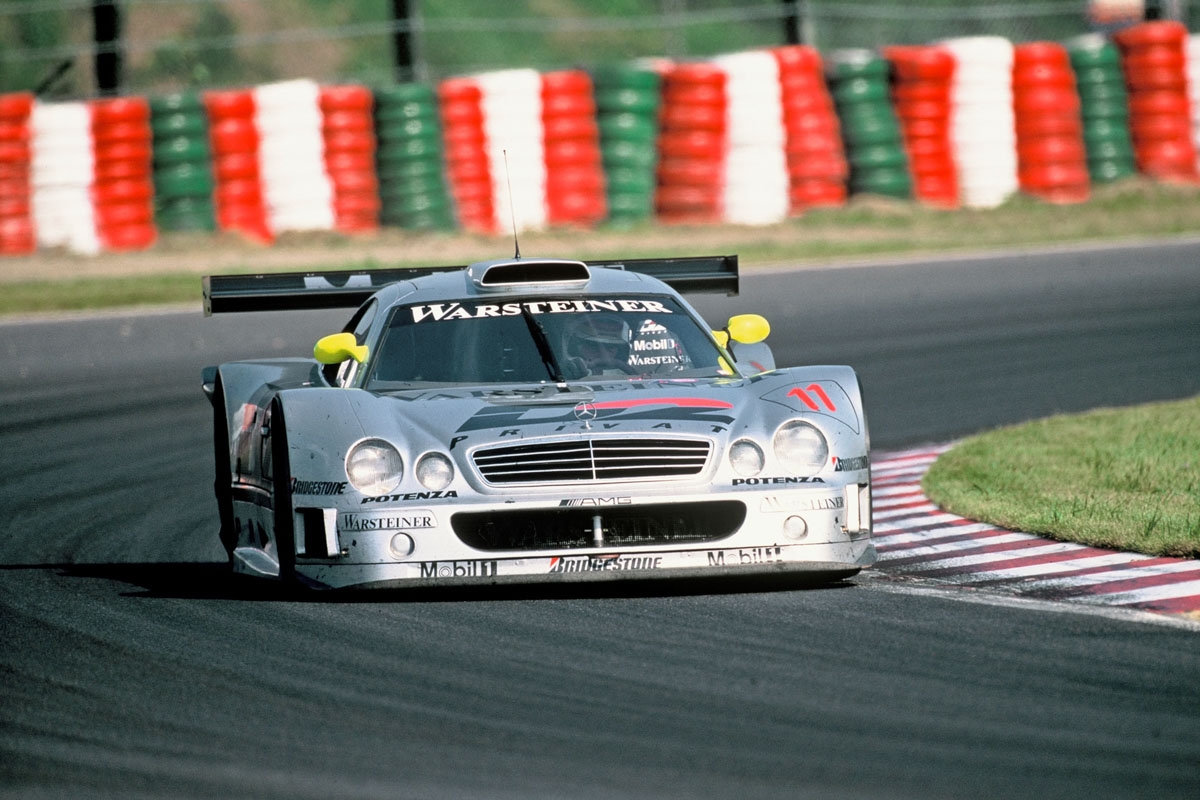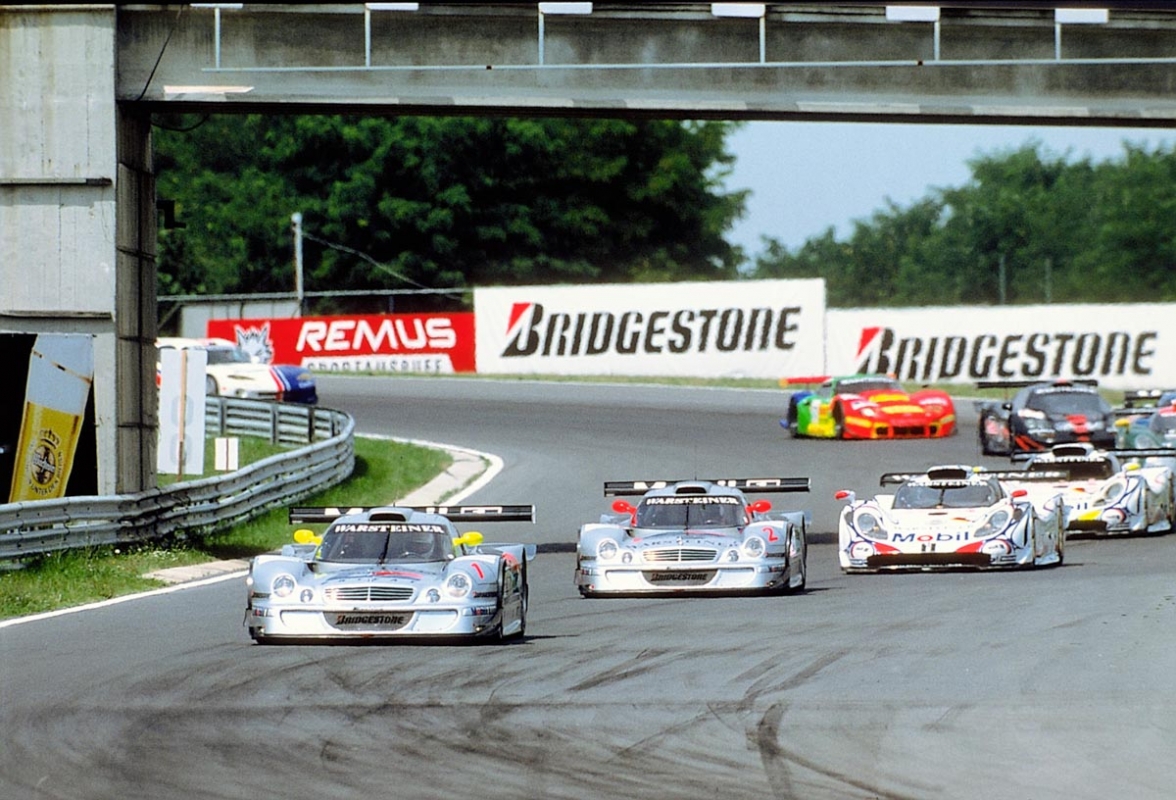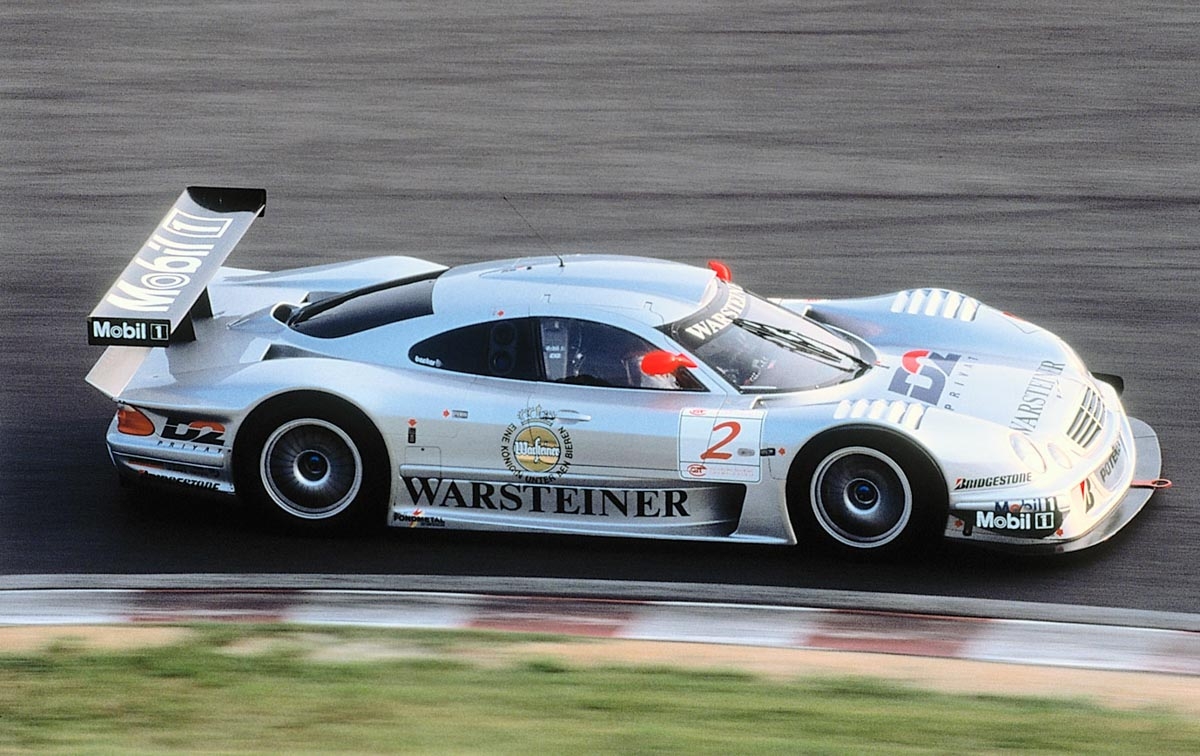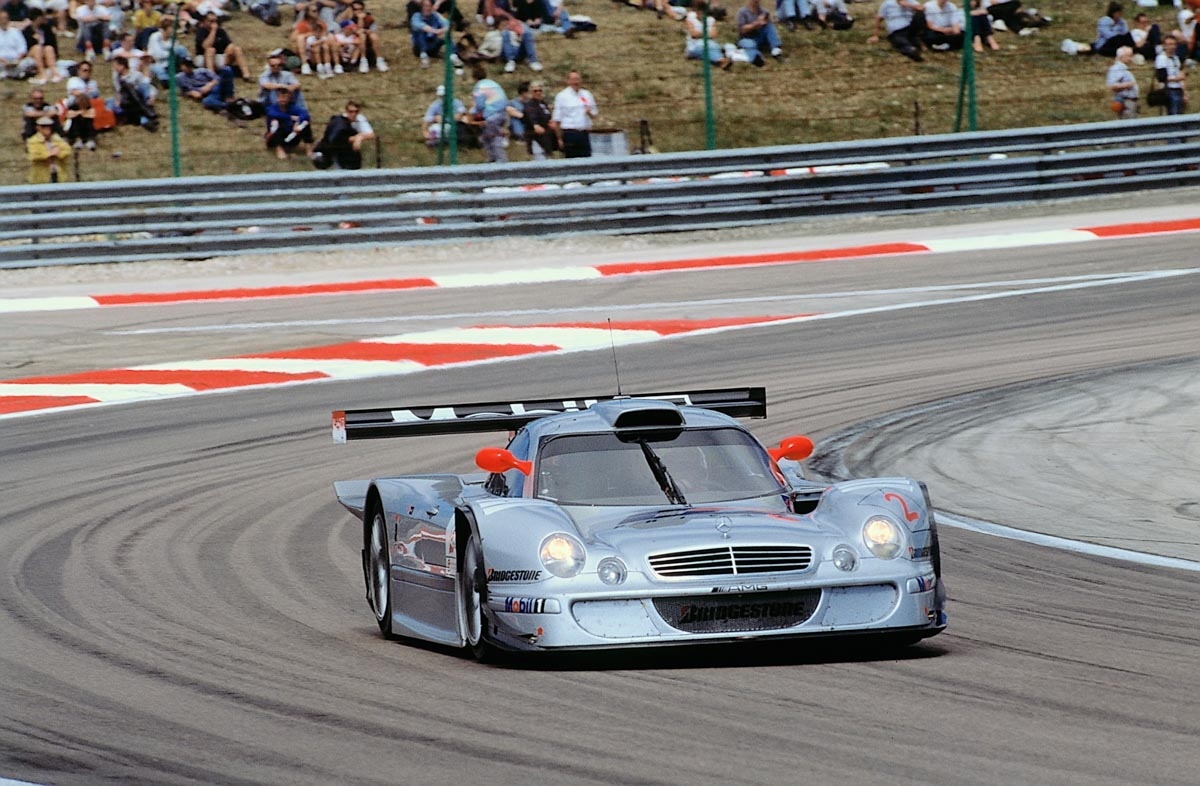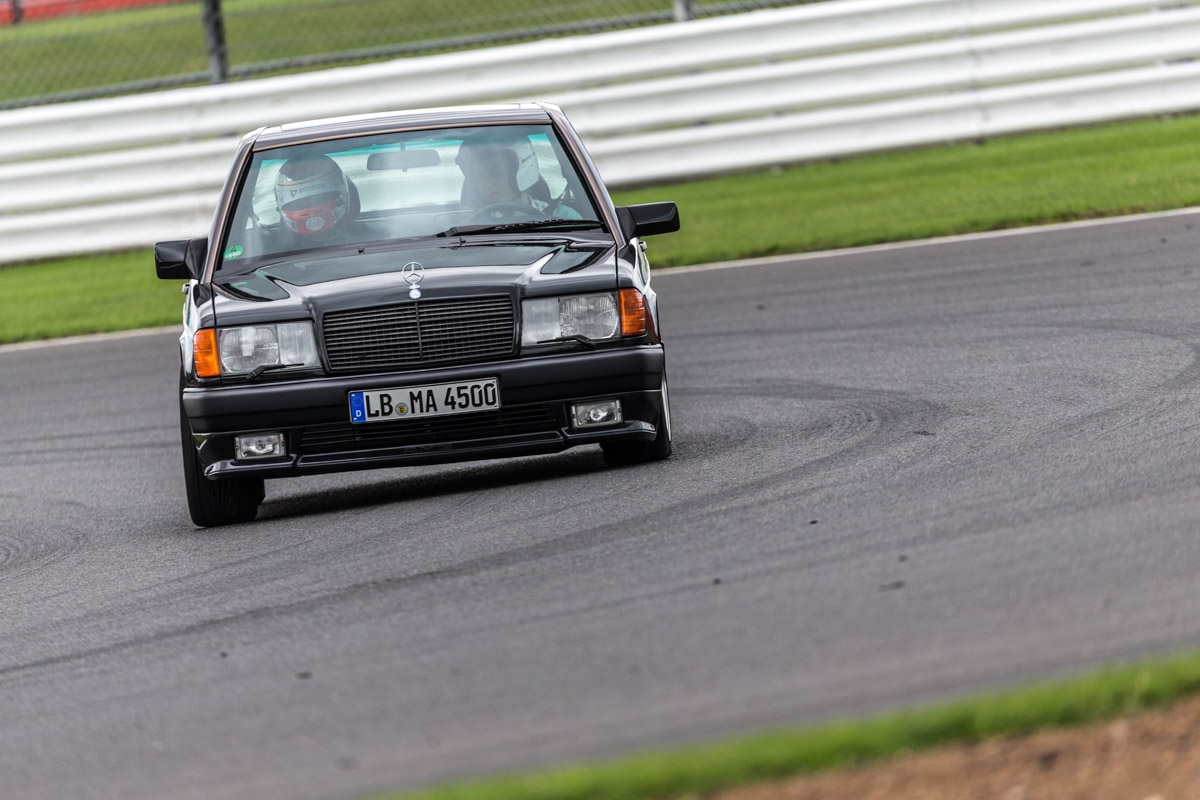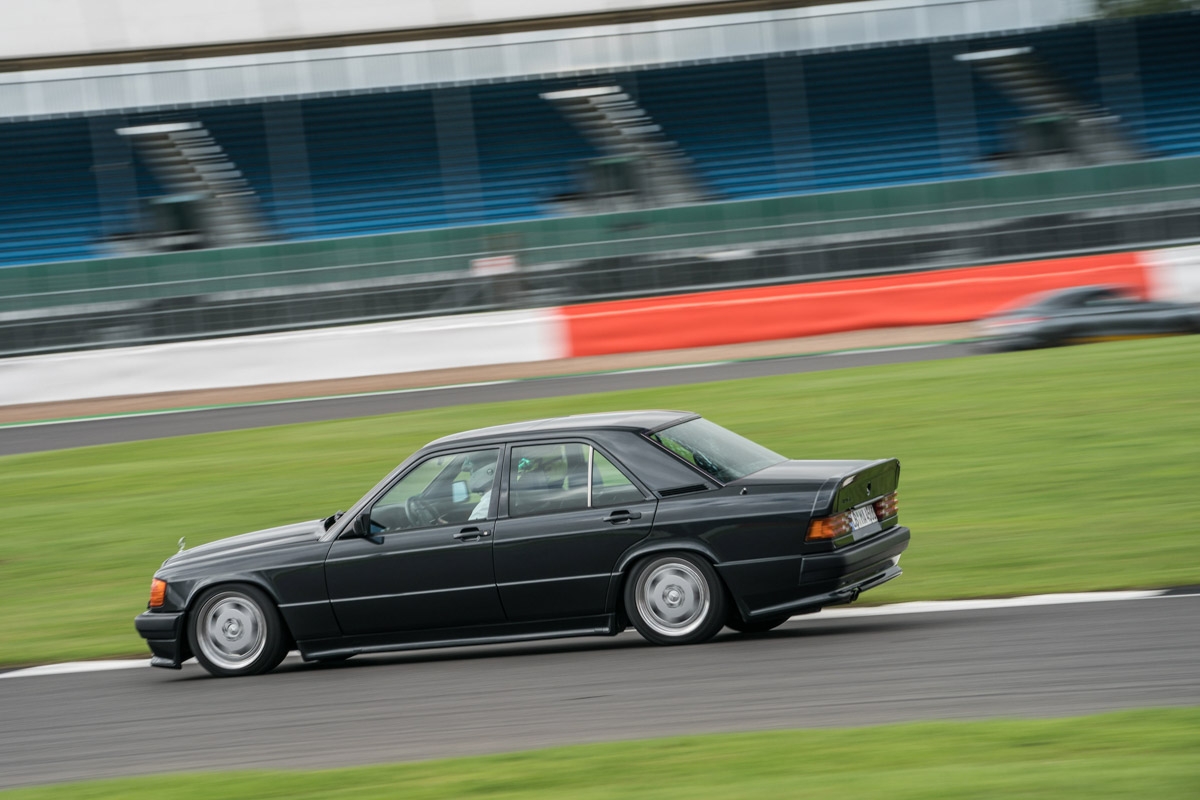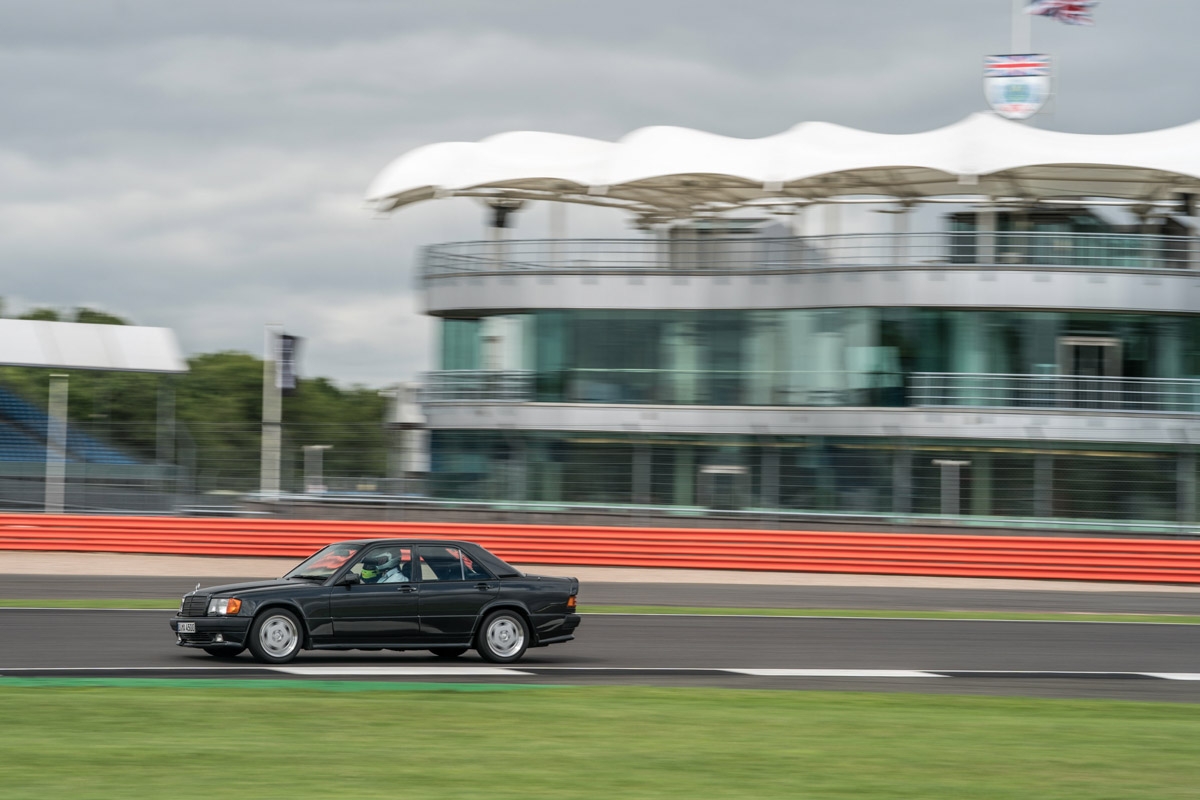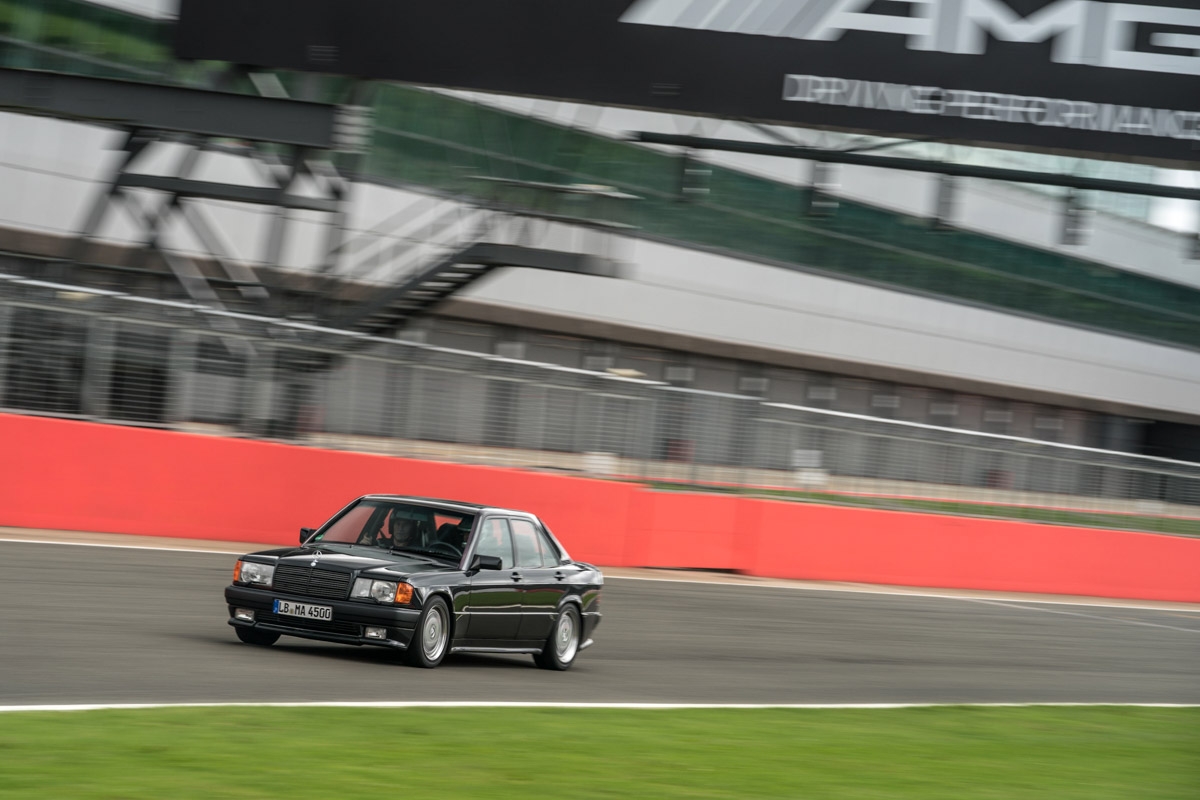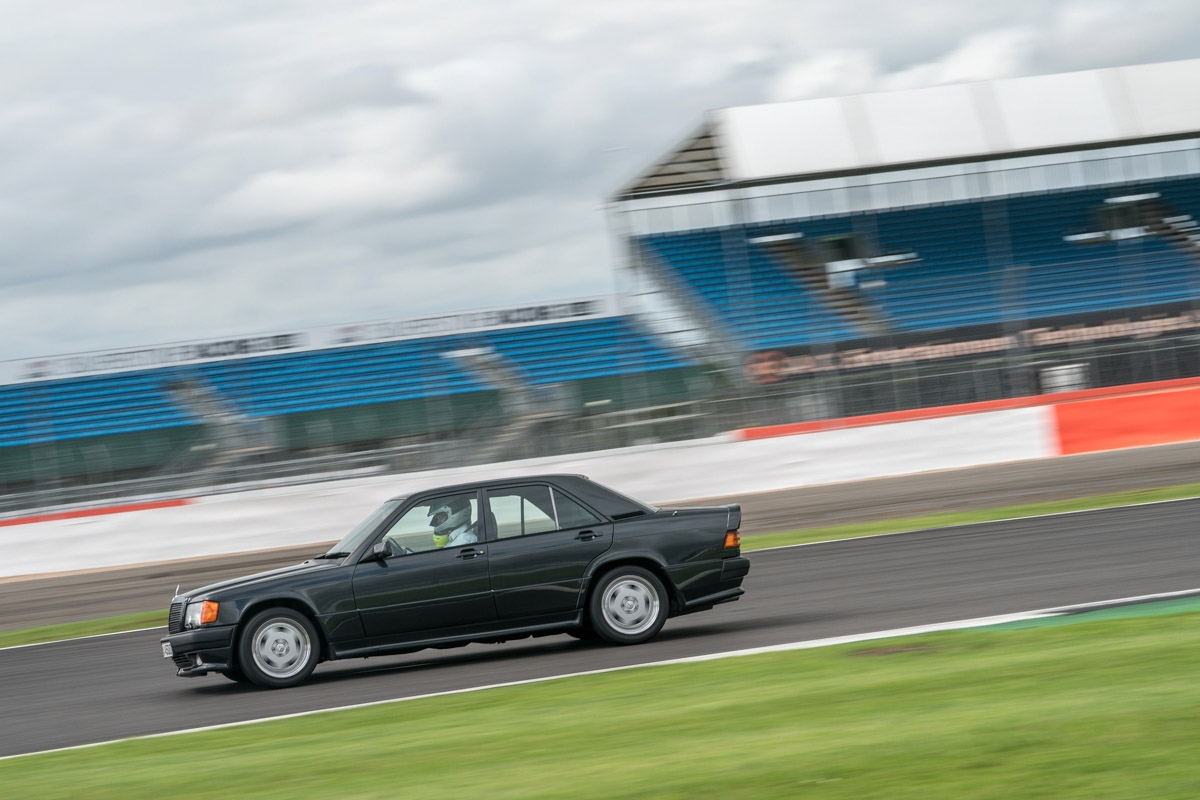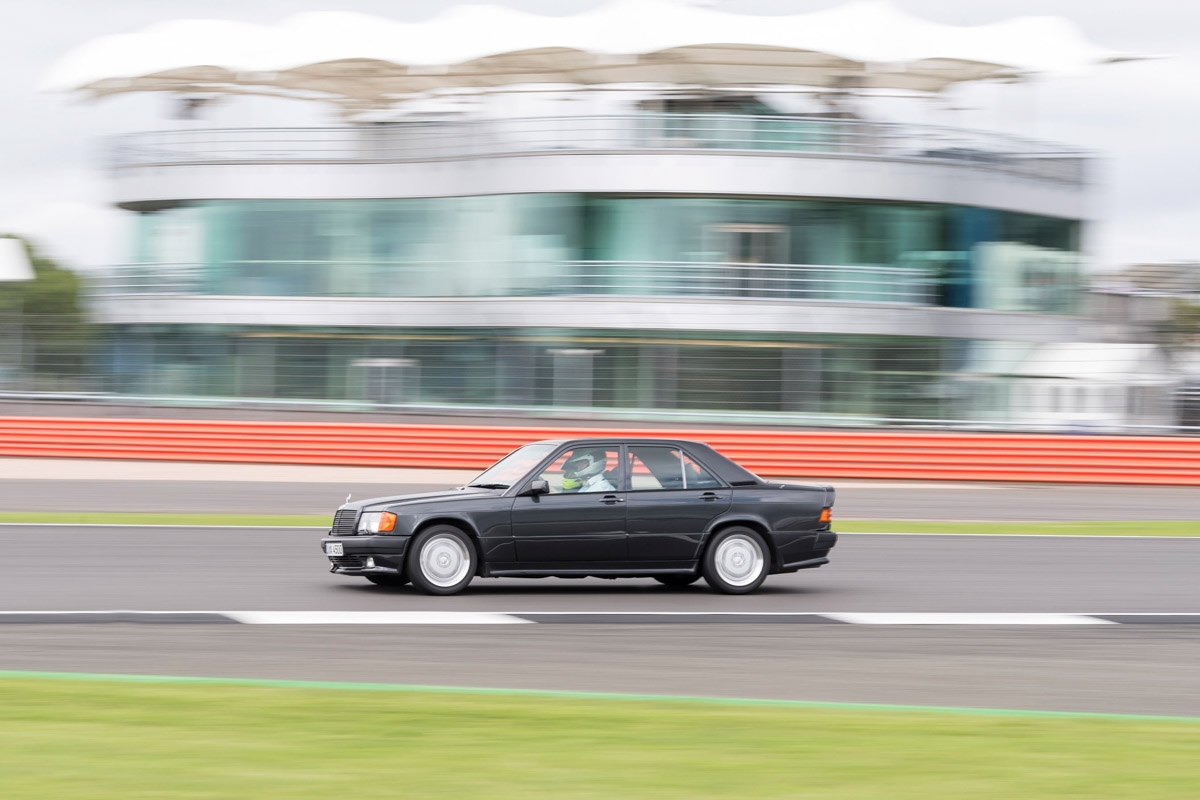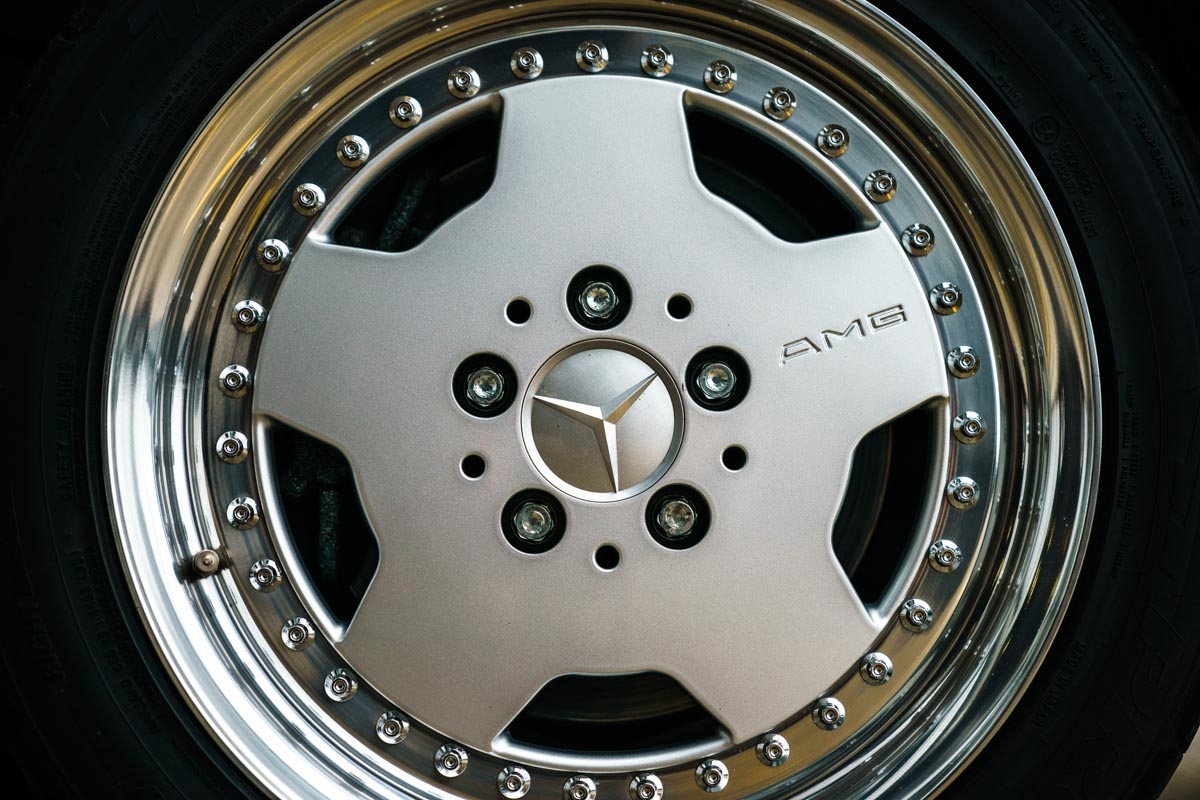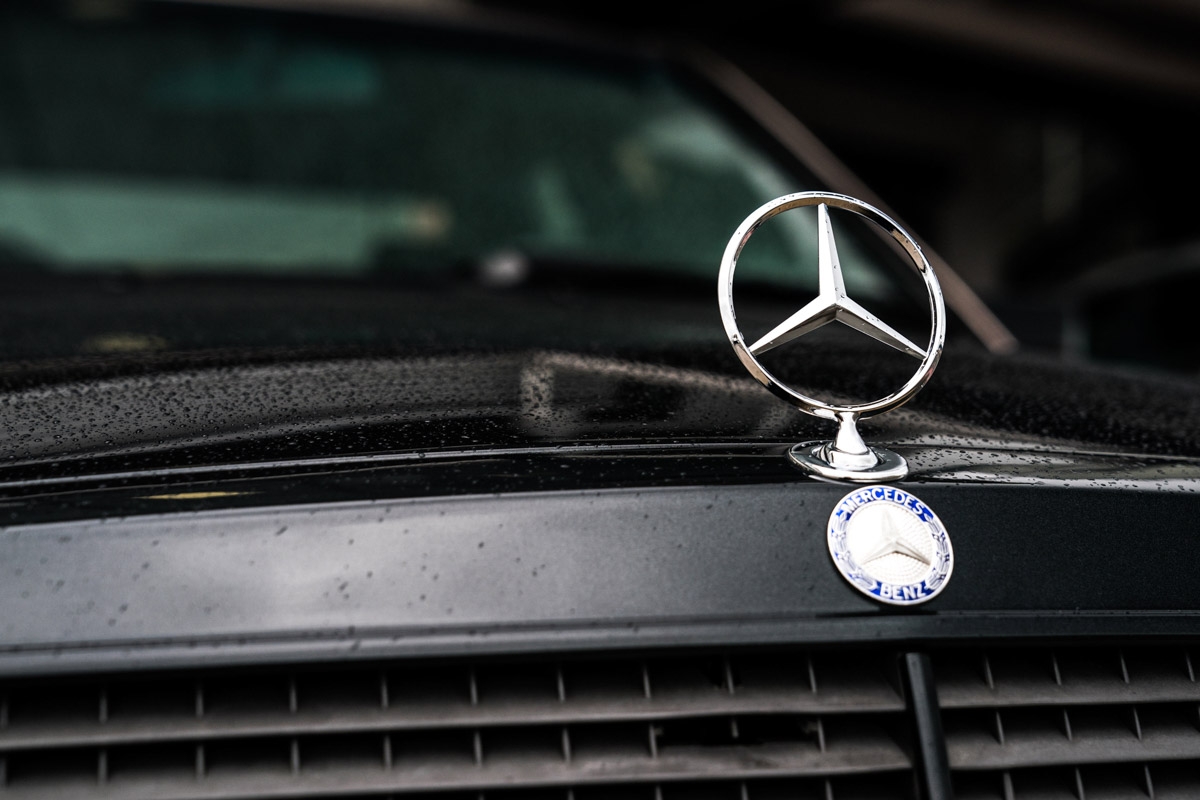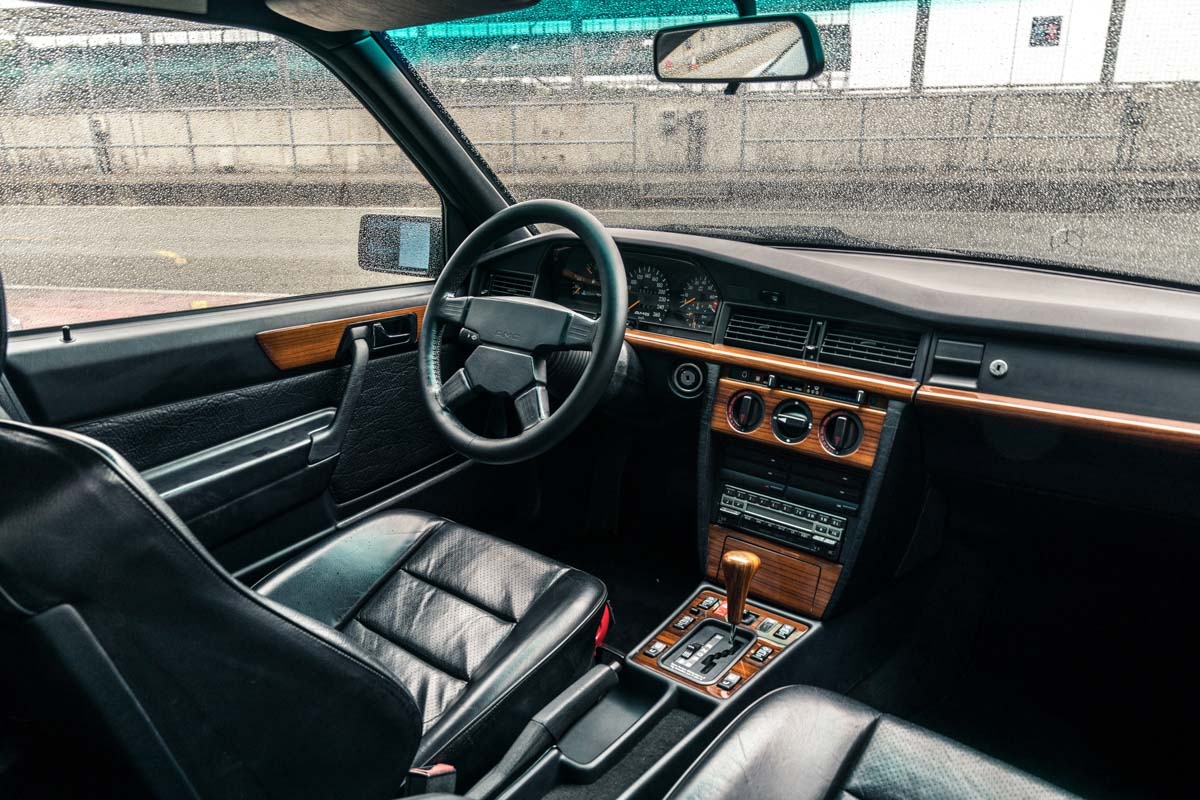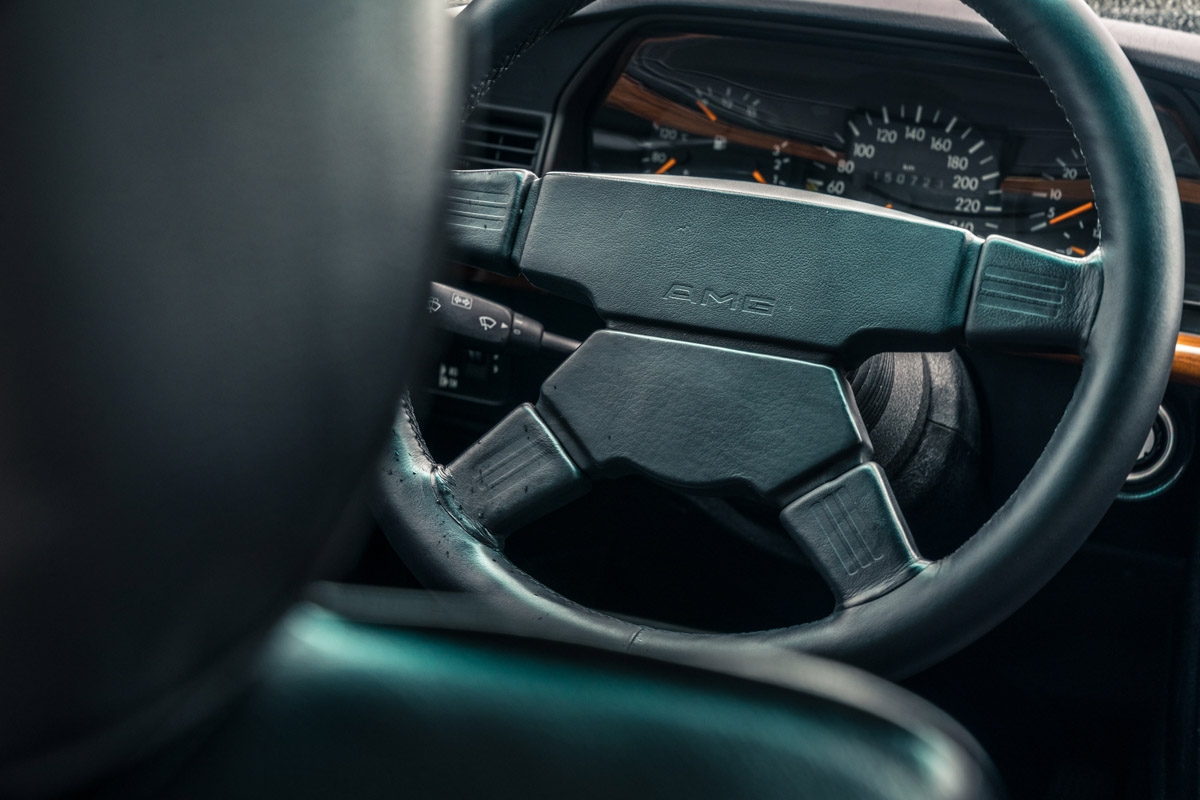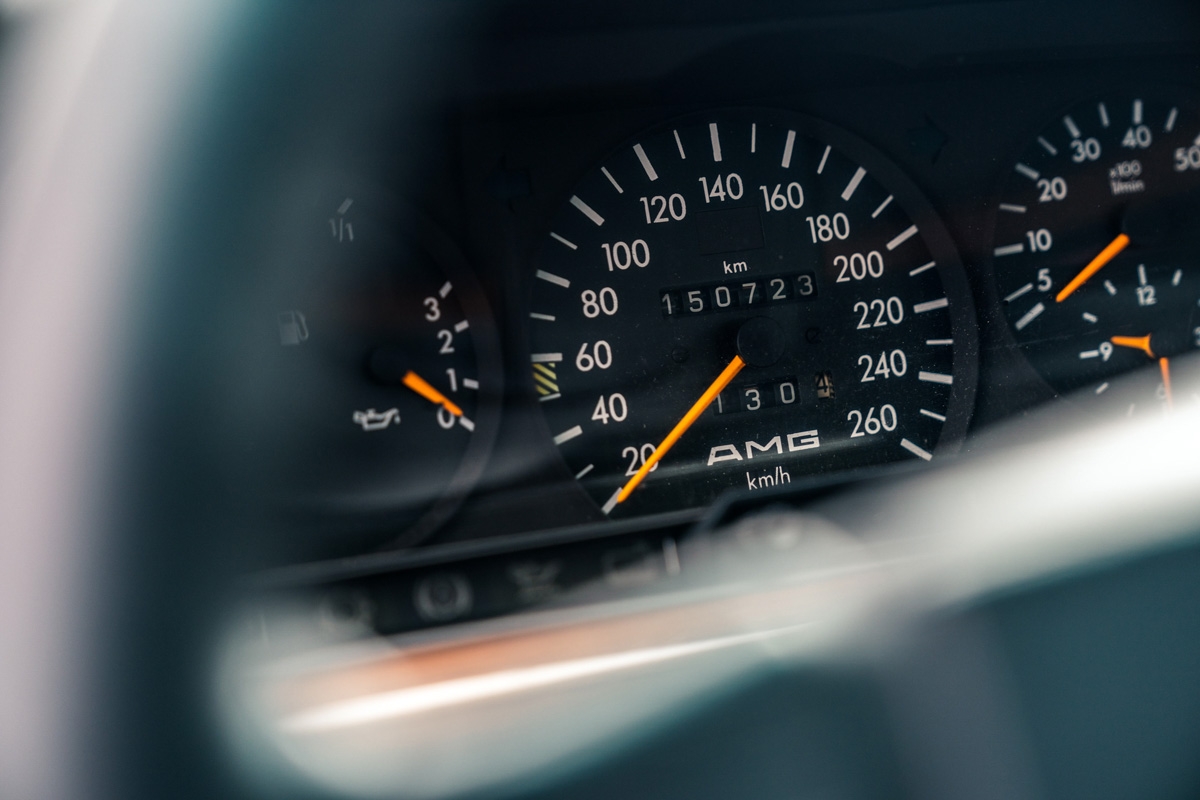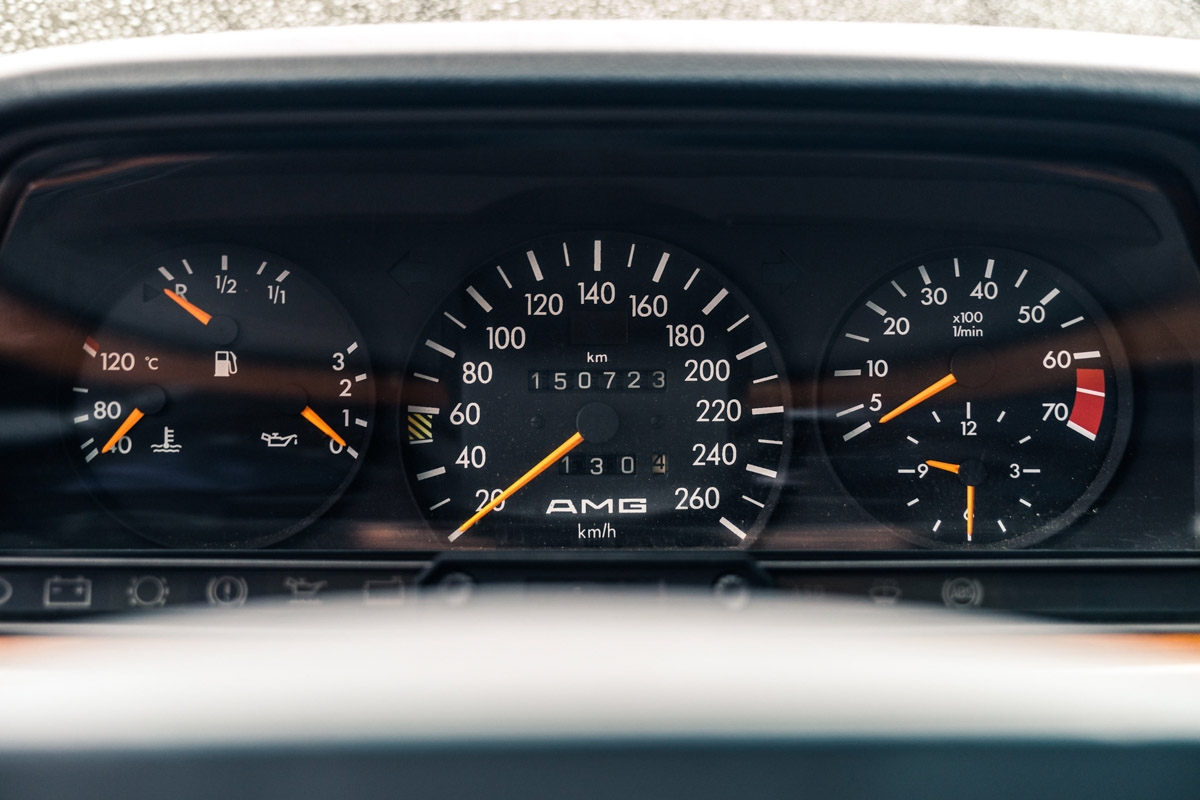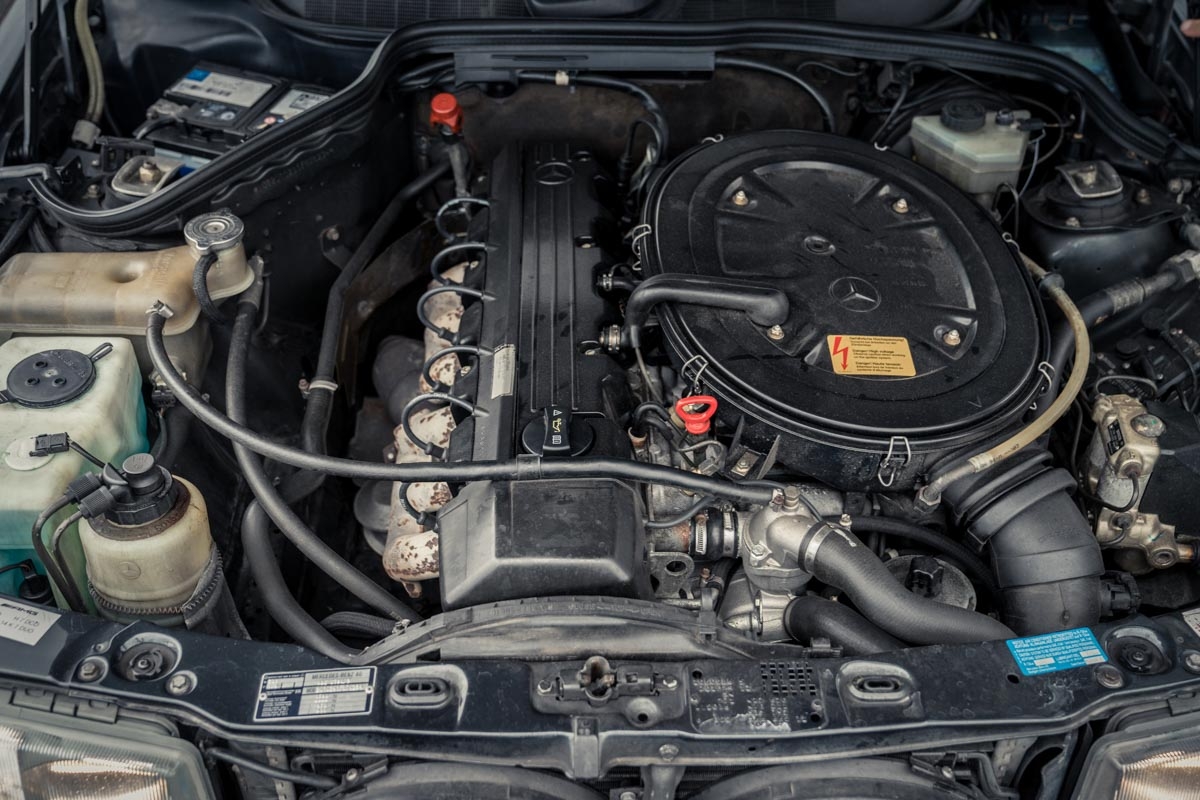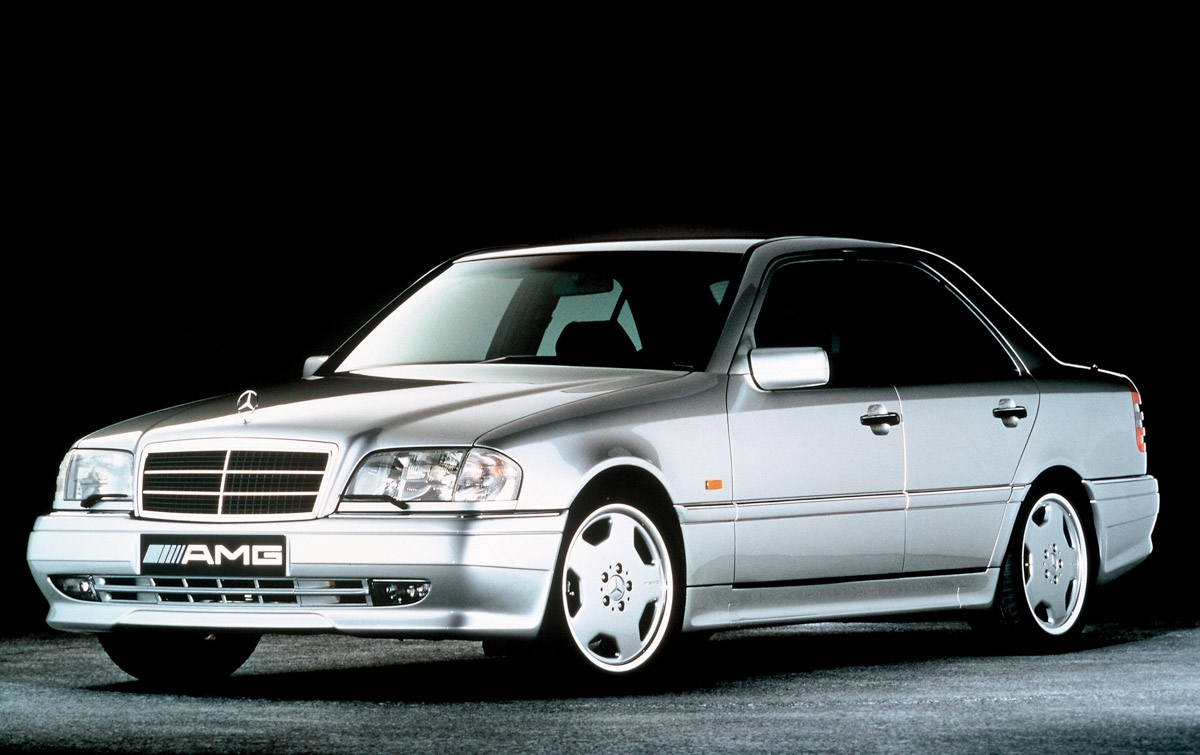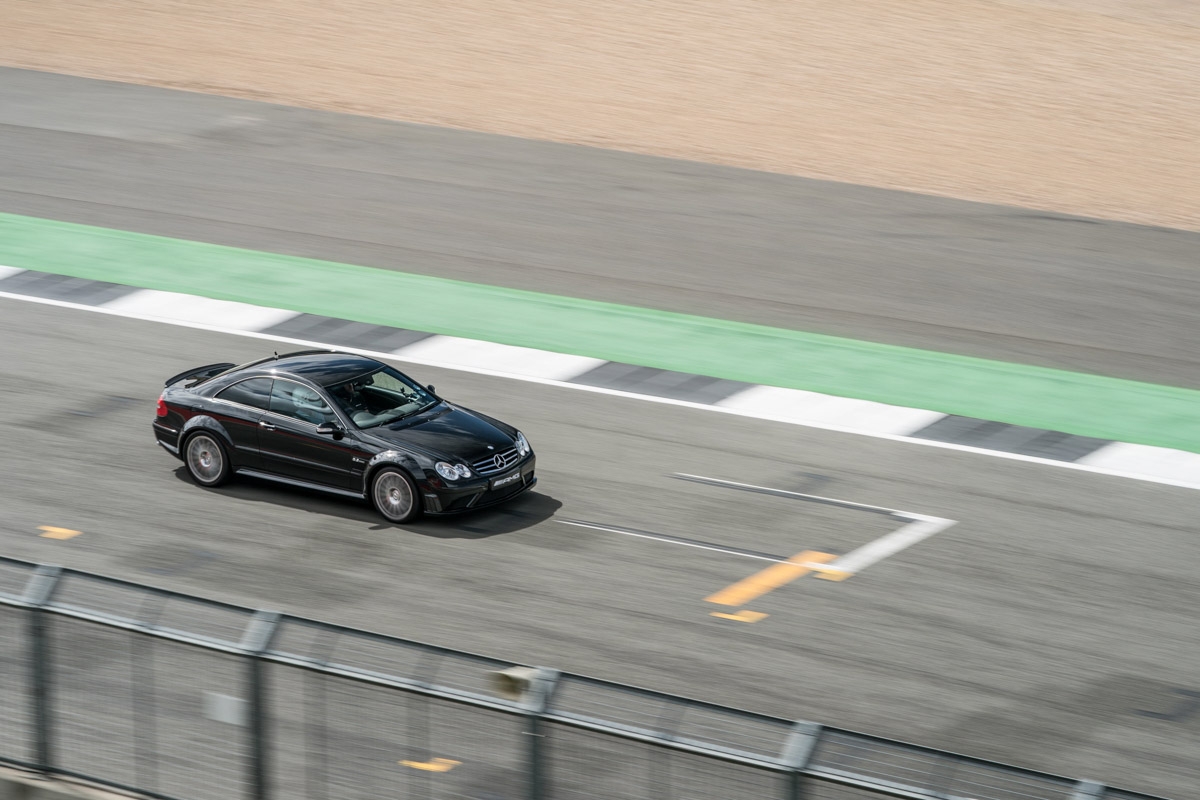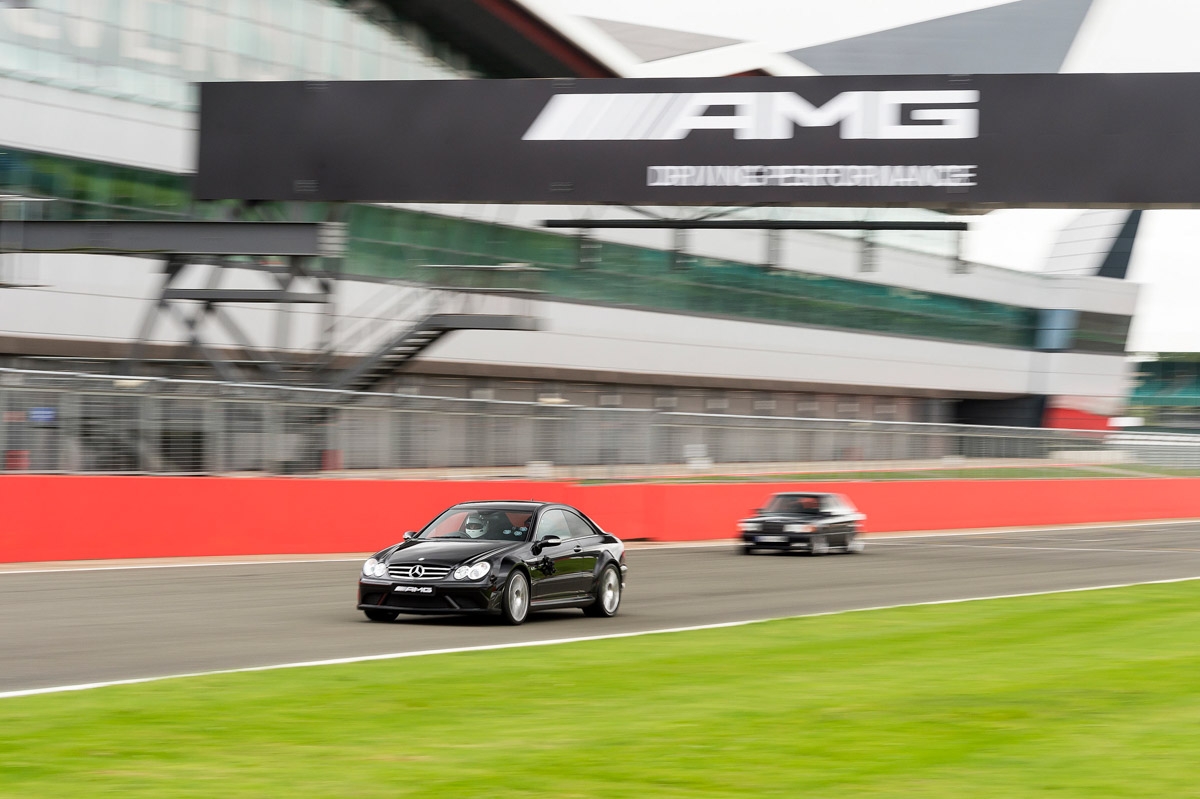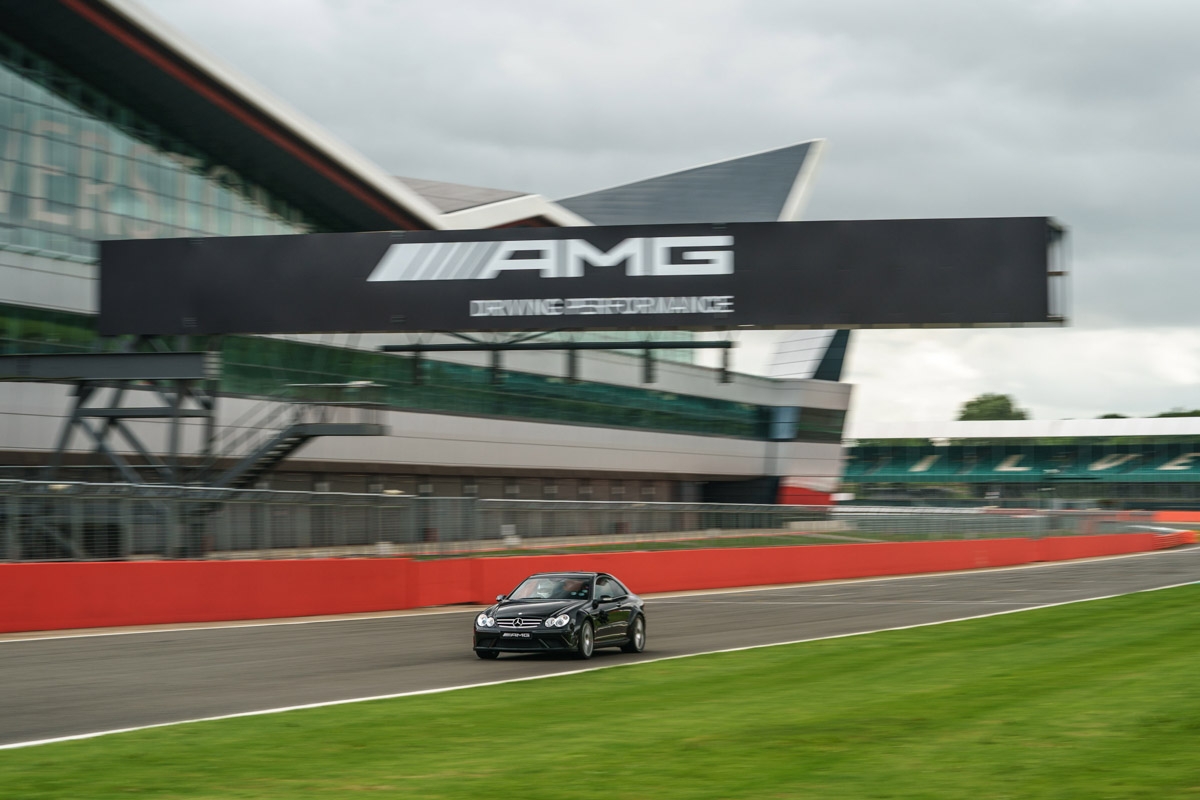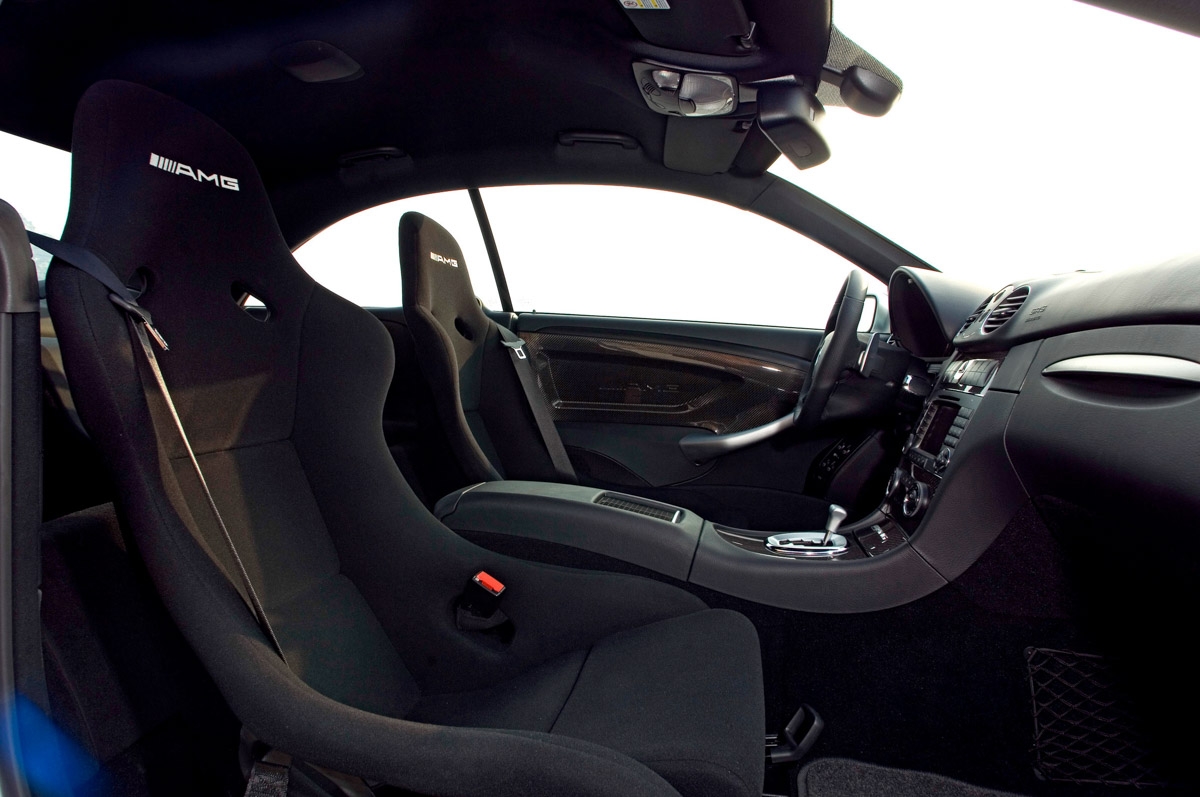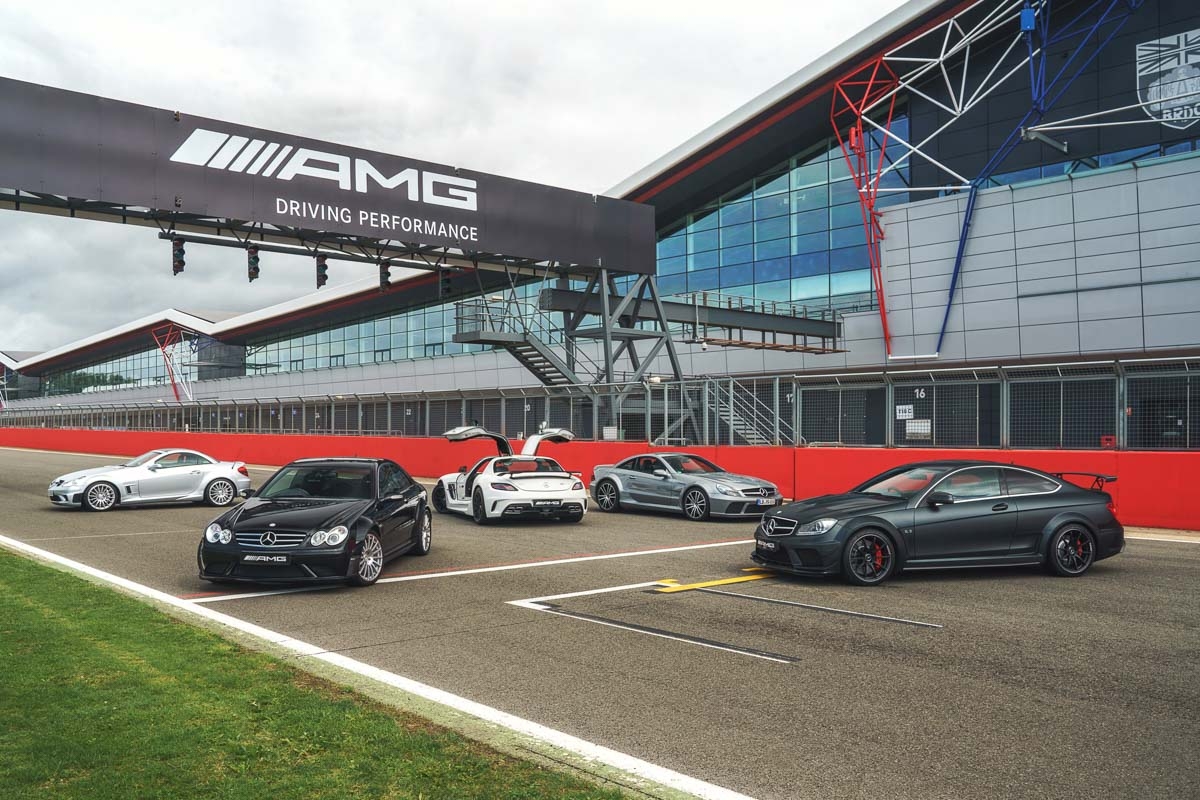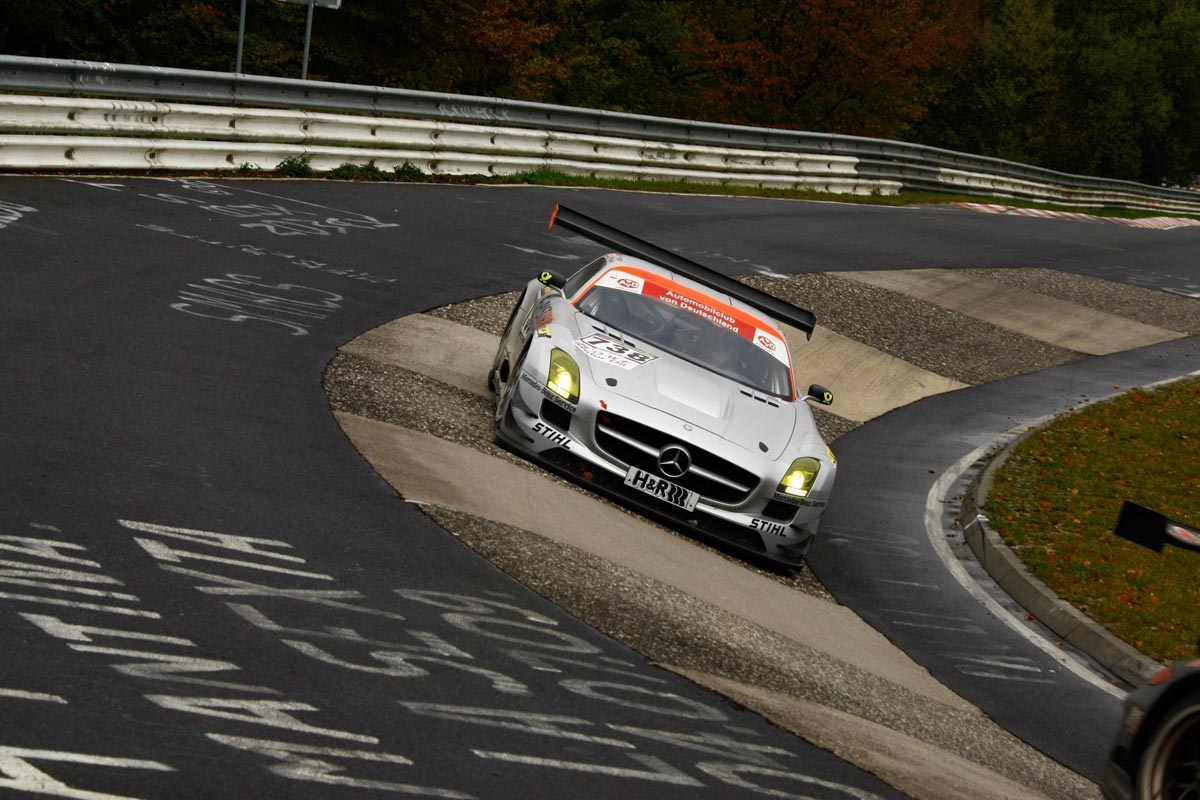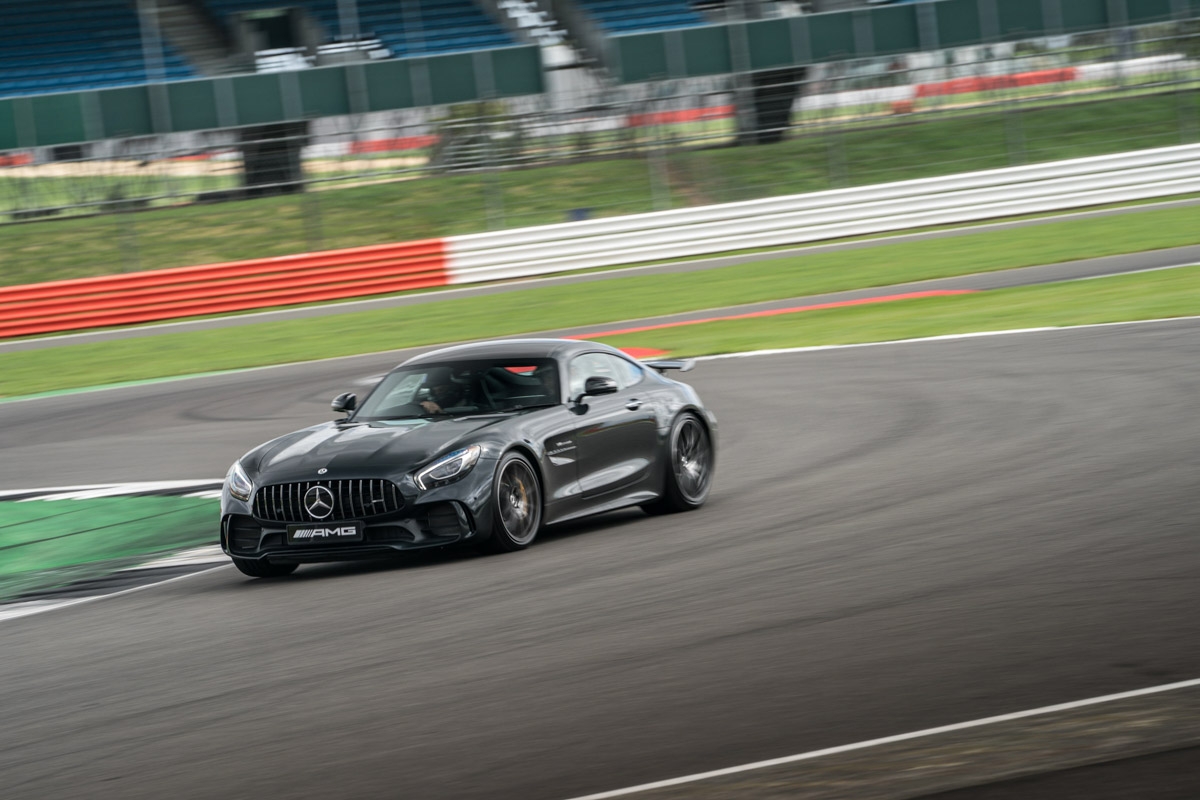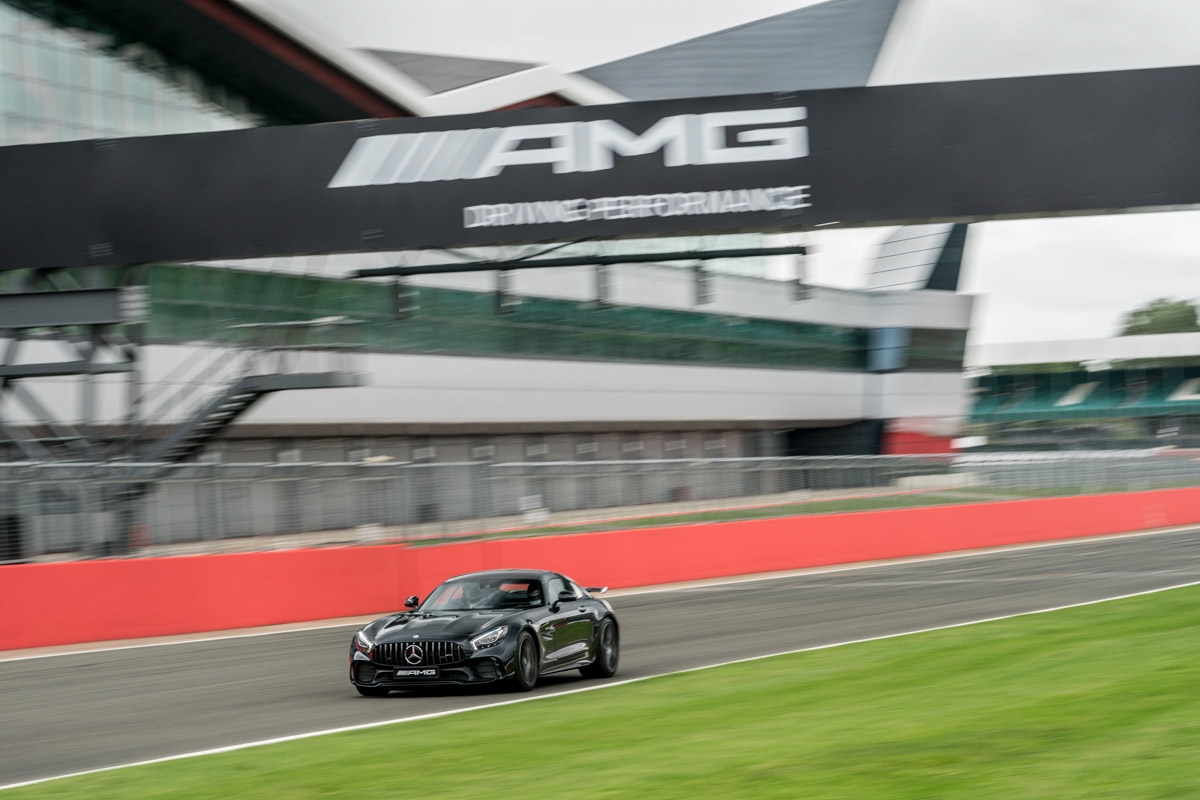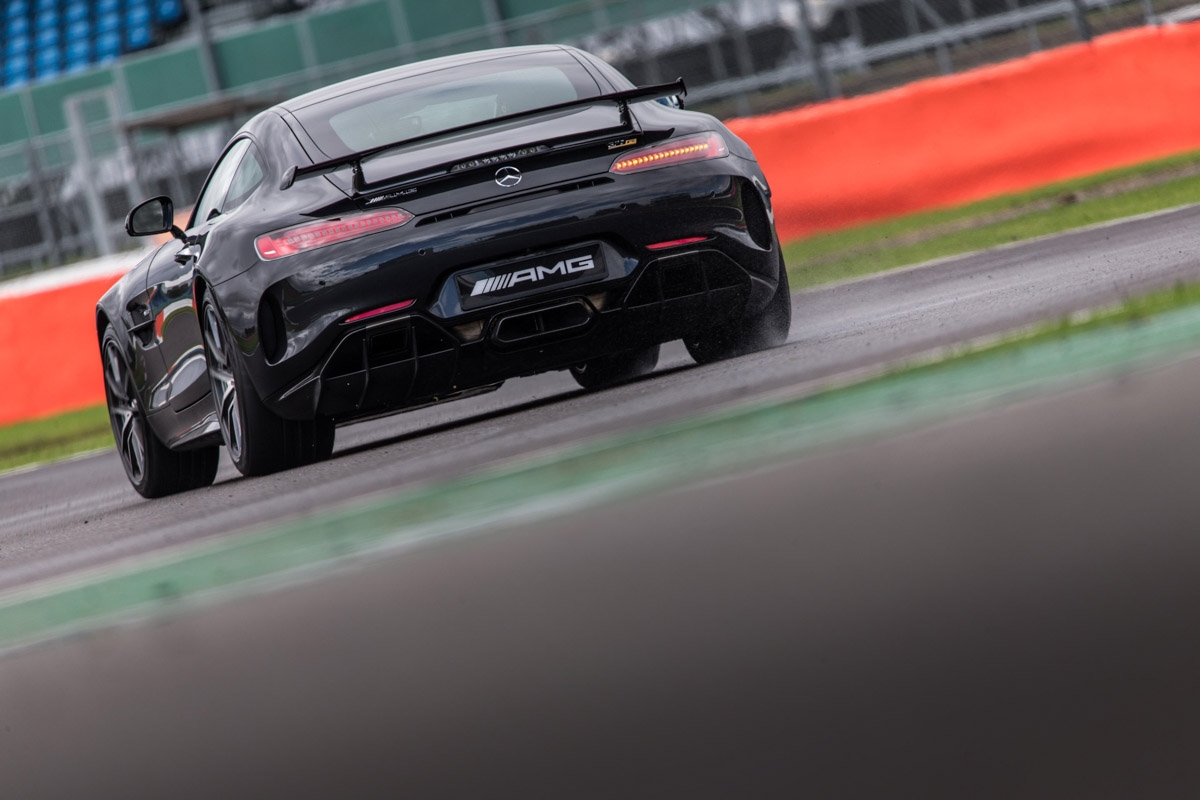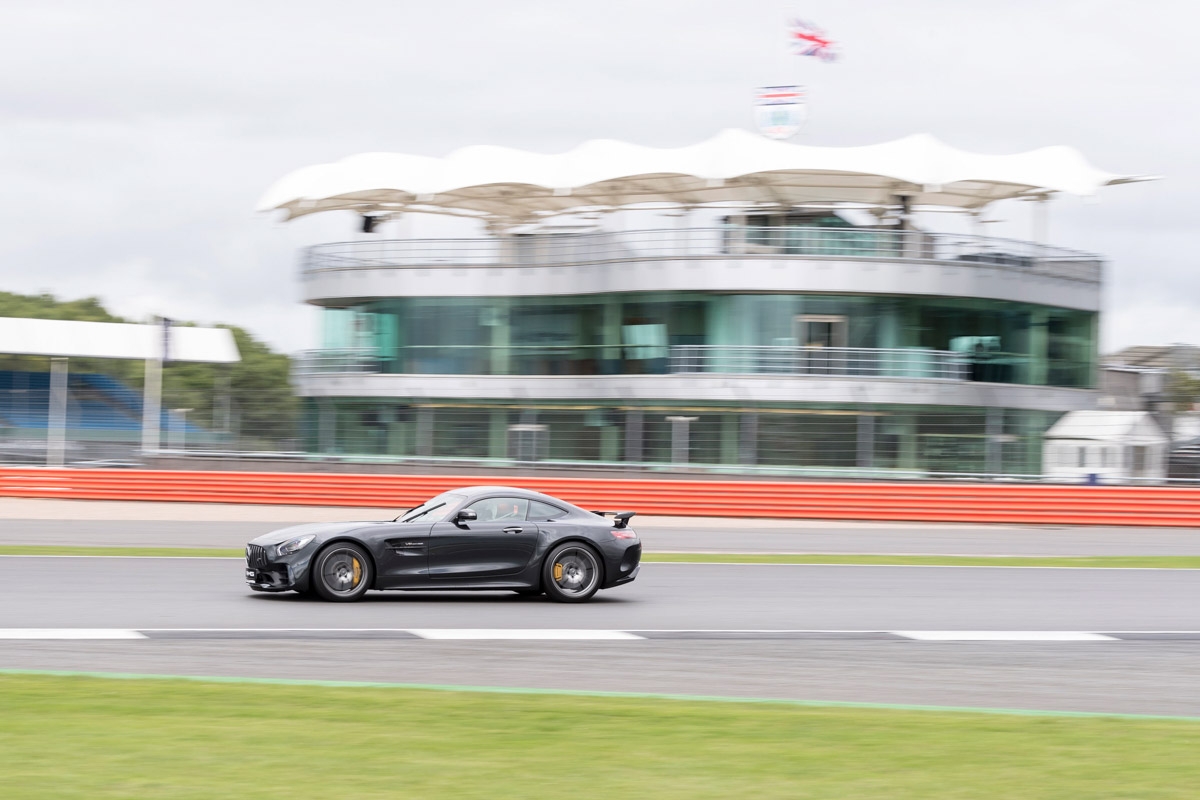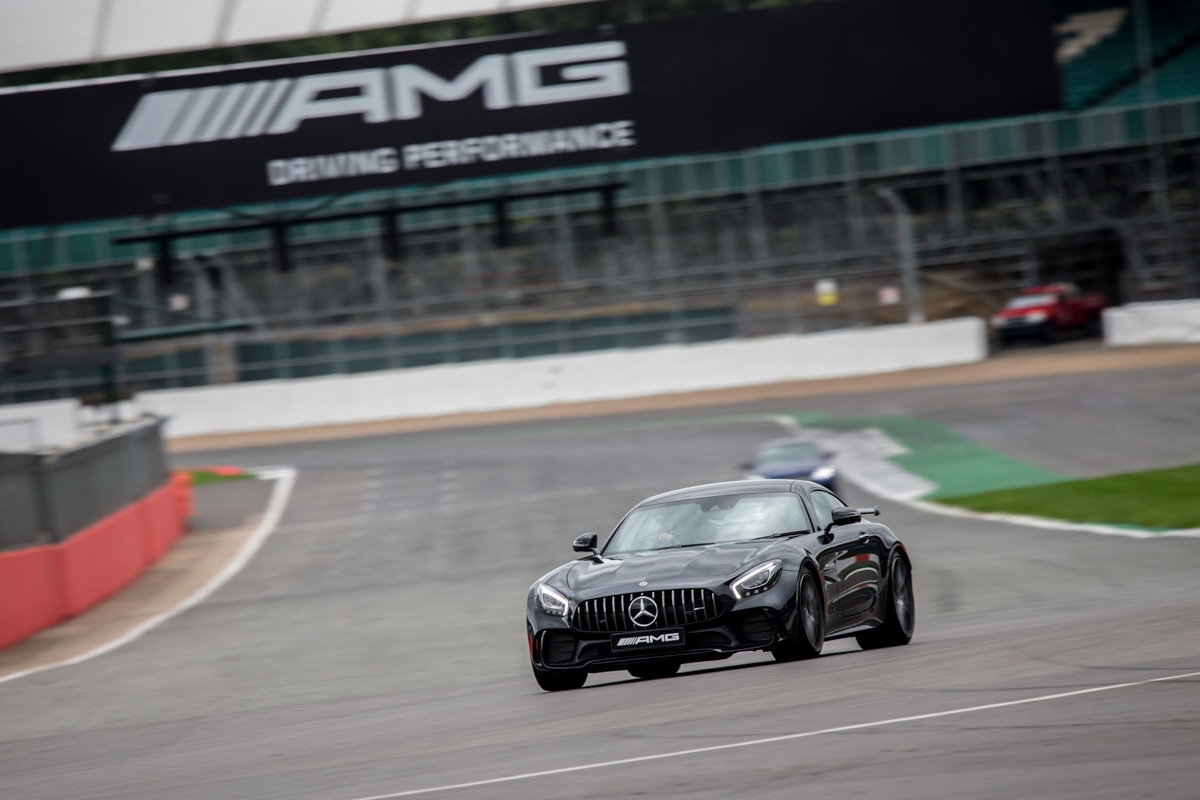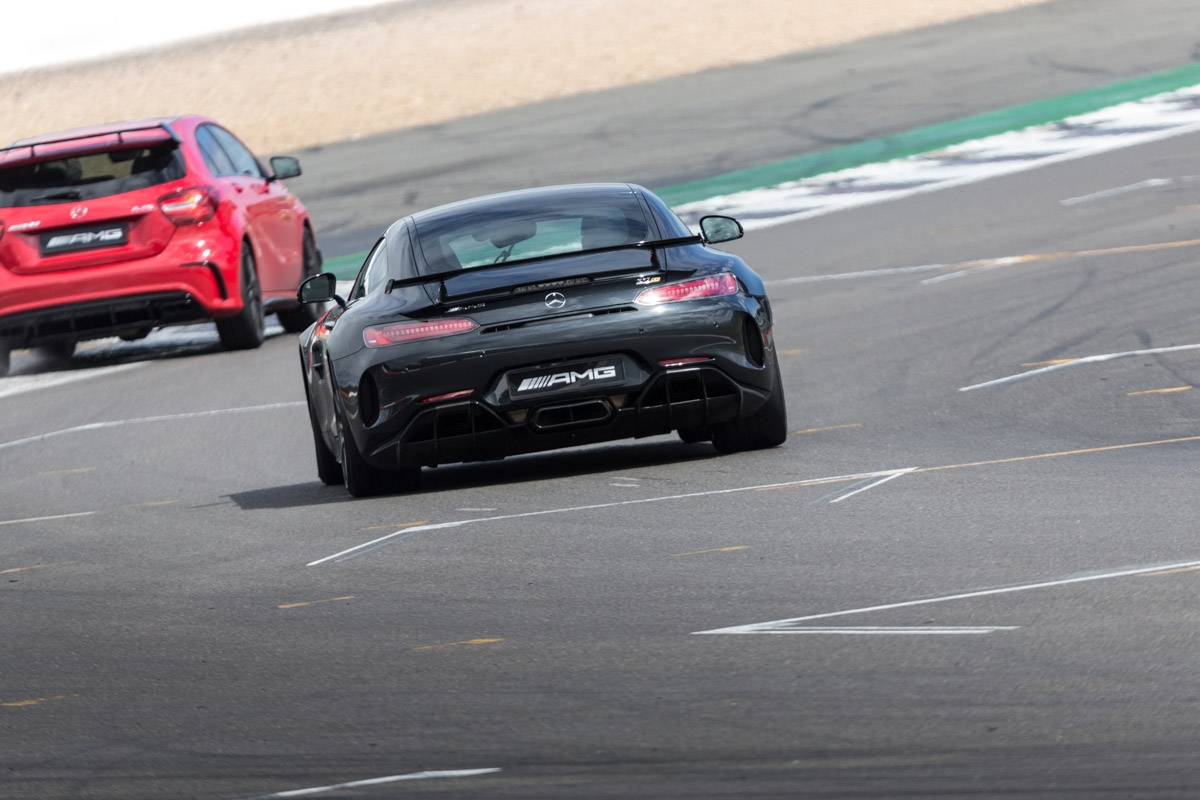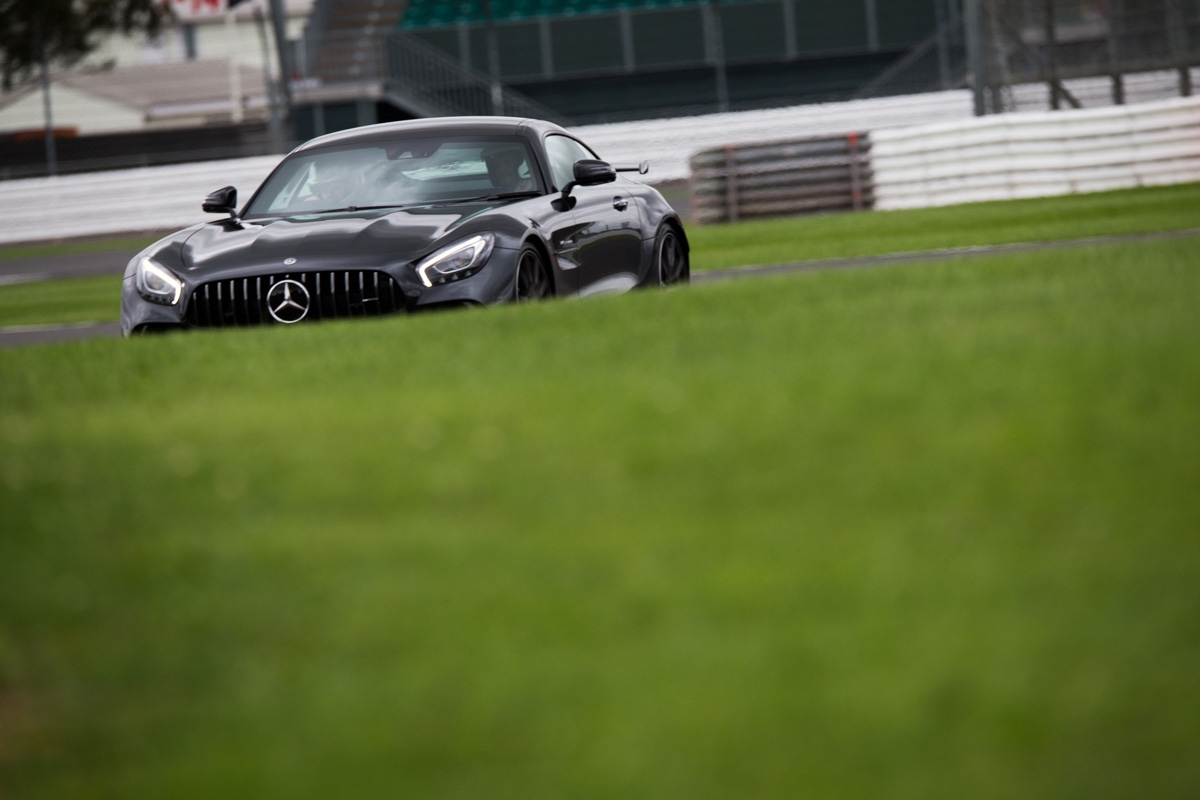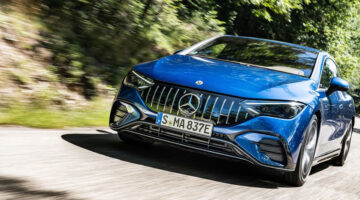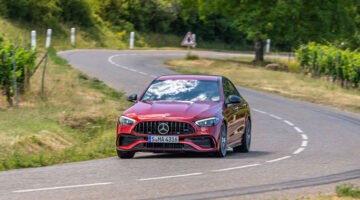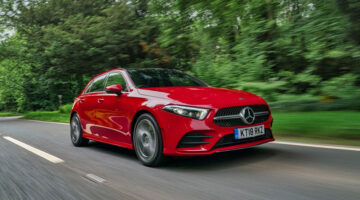I’ll hazard a guess that when you think of AMG you conjure up images of sophisticated luxury Mercedes with big, bold and brash V8 engines hiding under their elegant bonnets. Cars like the current Mercedes-AMG C63, E63 and S65 exhibit everything the Mercedes performance brand has built up in its 50-year existence.
That’s right, 50 whole years. You won’t find it difficult to remember AMG’s collection of naturally aspirated saloons and coupes from 10 years ago. You’ll probably be able to recall the subtle C36, the first official collaboration between Mercedes and AMG, from around 20 years ago, too. Or even AMG’s first full car, the butch looking Hammer, from 10 years before that.
In those early days, what AMG were really known for was racing. Just a few years after Hans Werner Aufrecht and Erhard Melcher set up AMG (the three letters are made up from the initial of both of their last names and Aufrecht’s birth town, Großaspach) it embarked down the path – or should that be track? – of motorsport. The two founders had previously worked for Mercedes and had tried to keep the company involved in touring car racing by building a competition engine for the 300 SE fin-tail. Despite their creation winning many races, Mercedes still wasn’t interested in offering higher performance engines for its models so Aufrecht and Melcher decided to go it alone and created AMG.
Mercedes-Benz 300 SEL 6.8 AMG ‘Rote Sau’
The new company’s big break came in the form of the very big 300 SEL saloon with a 6.8-litre V8. Aufrecht and Melcher turned the hefty Merc into the touring car racer that would be affectionately known as Rote Sau, or Red Pig. The brute finished first in its class and second overall in the 1971 24 Hours of Spa, despite its vast 1635kg homologated weight and luxurious air suspension and power steering.
So, when telling the AMG story, the Red Pig is a great place to start. Sadly this isn’t the Red Pig, it’s a replica as the original ended being elongated and equipped with a device so it could be used to test jet landing gear. But this is one was built by AMG, so as replicas go this is as legitimate as it could be.
AMG’s 300 SEL starts with the typically refined, quiet wuffle that you’d expect from a big Mercedes, not the sort of noise you’d expect from a race car. But this was an endurance car, and so the quiet noise, padded seats, power steering and pretty soft chassis all makes sense; it’s a car you could easily drive for hours.
Driving it fast, however, is a different matter. In the brief stint around Silverstone it didn’t feel all that quick – but then I’d been driving the 600bhp E63 S to get my eye-in as it was my first time on the circuit, and few things would feel fast after that. In period it was fast though, with a top speed of around 266kph.
As you begin to push the vast saloon car there is a liveliness to the chassis gradually becomes apparent. Get it into a low gear and get the revs high, drive beyond the initial roll and it turns about its centre energetically – there’s also a definite degree of adjustment even from those huge, wide tyres.
Despite this glimmer of athleticism, it’s difficult to see how the Red Pig could compete with the smaller, lighter BMW 2800 CSs and RS Capris. After Spa, it was unable to replicate its initial success, and then the rules to the European Touring Car Championship changed and outlawed cars with engines above 5-litres.
Since the Red Pig, AMG has continued in motorsport right up until today, competing in GT racing and F1. However, those early days weren’t full of wins and AMG didn’t see much success until 1980 at the Nurburgring where its 450 SLC won the Touring Car Grand Prix.
The company then spotted an opportunity in DTM and shifted its attention to the small Mercedes, the 190E. In 1986 a 190E 2.3-16 driven by Helmut Marko, and powered by an AMG engine that produced 260bhp at 7,750rpm, went on to win two races in the championship. This helped Marko secure a runner-up position in the drivers’ standings.
The results were so good that in 1988 Mercedes decided to join with AMG for the first official cooperation between the two companies. The Mercedes-backed AMG 190E race car won its first race and went on to secure another three wins that season as well as the team title. The collaboration continued to excel in DTM with evolutions of the 190E, and then later the C-class, until the championship’s demise in 1996.
The renamed DTM series, where the M stood for Masters rather than Meisterschaft, started in 2000. Mercedes and AMG continued to race together in this German touring car series until this year as Mercedes has now decided to turns its attention to Formula E.
In that interim period between the two DTM series, the two companies worked together on the V12 CLK-GTR for the FIA GT Championship where it proved it could also be competitive. An eight-cylinder version, the CLK-LM was less successful when it was entered into Le Mans even though it qualified first and third.

